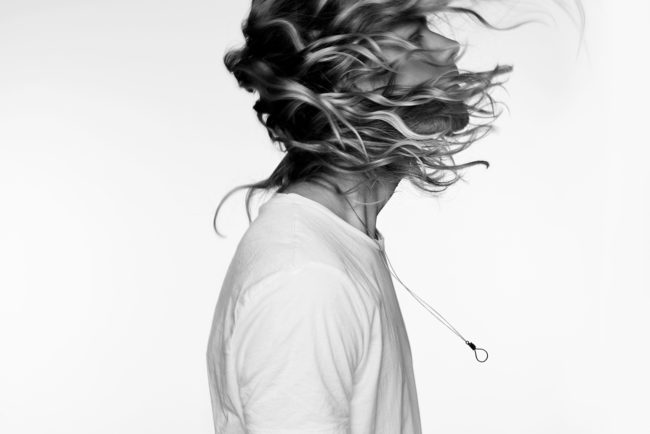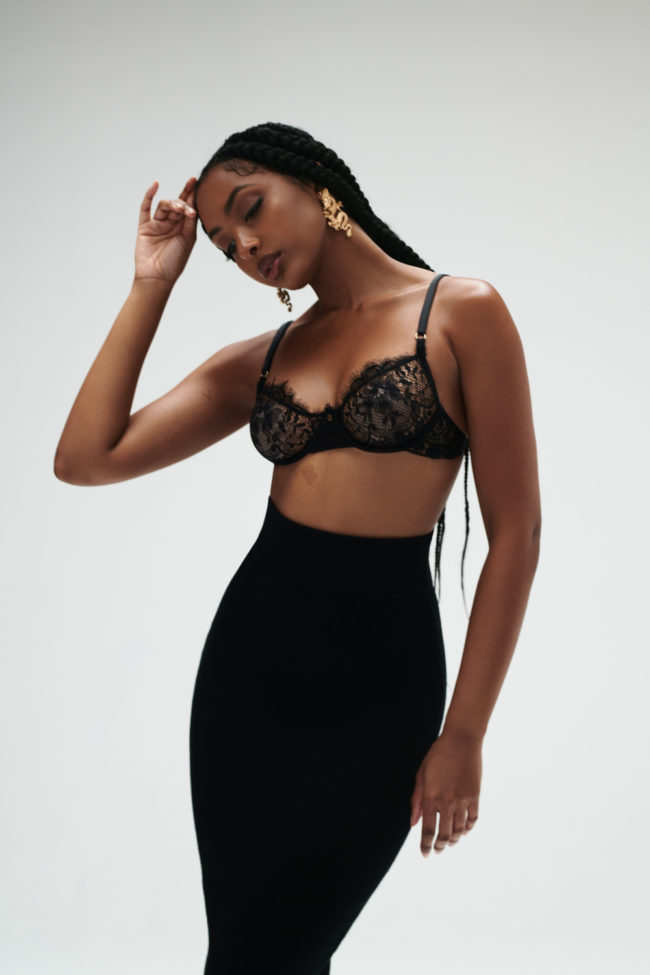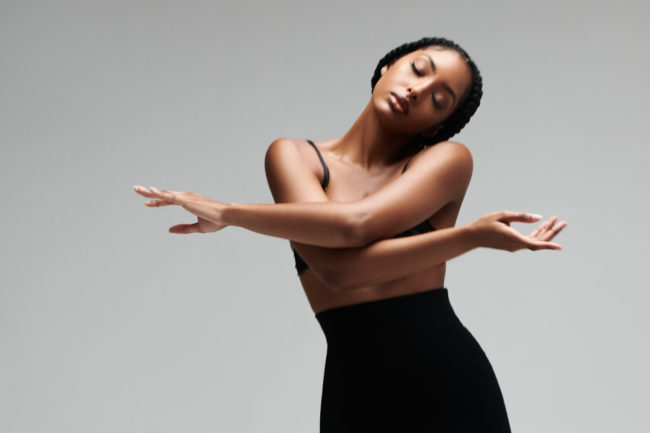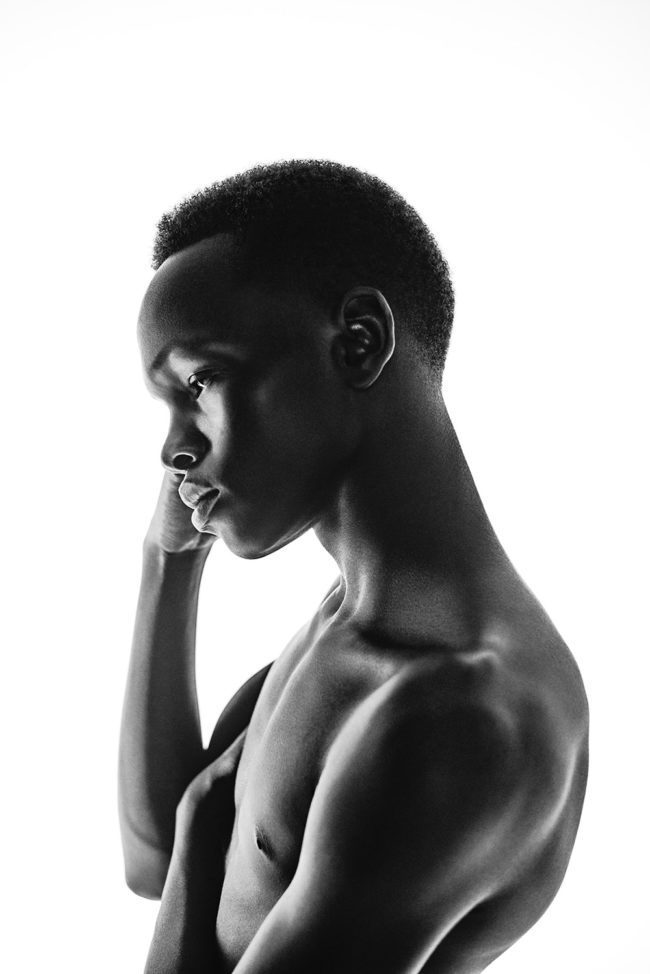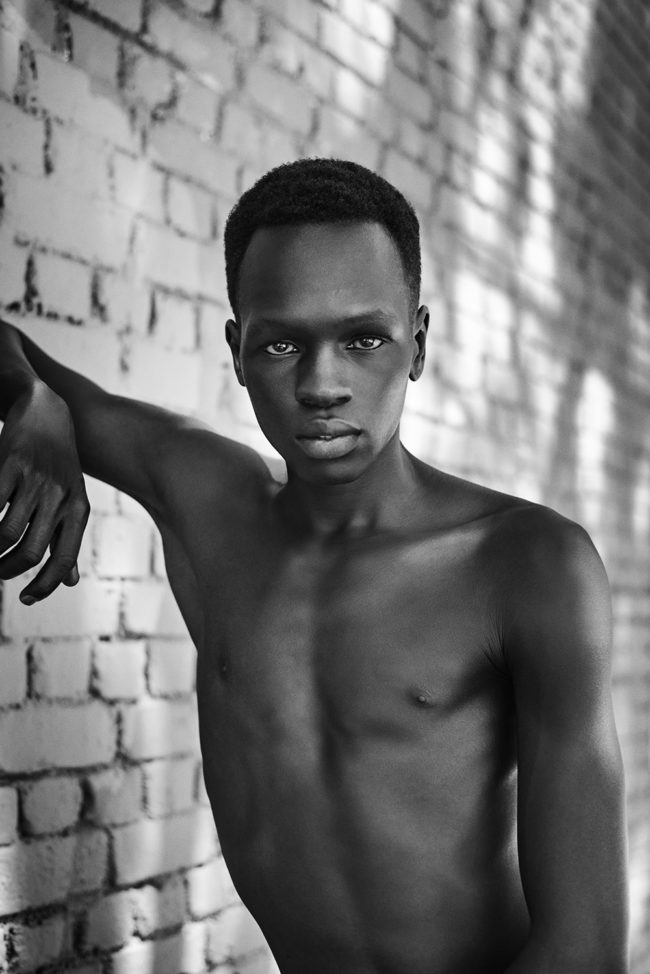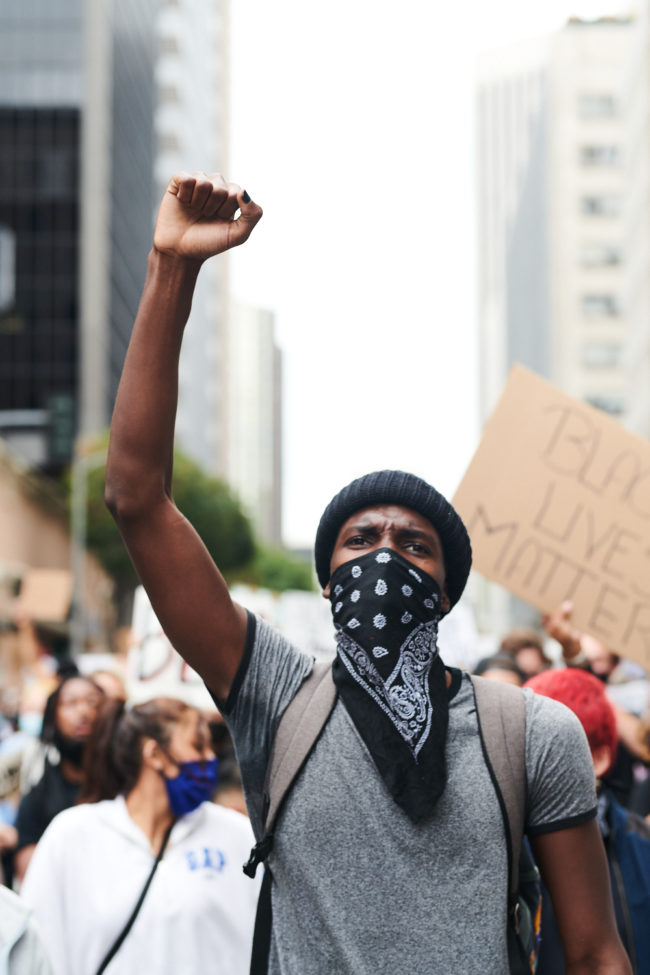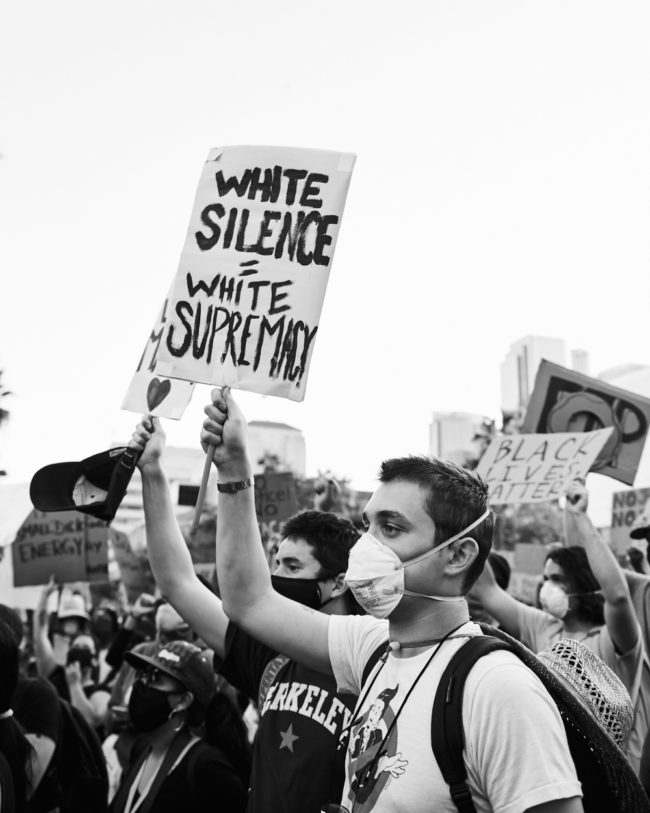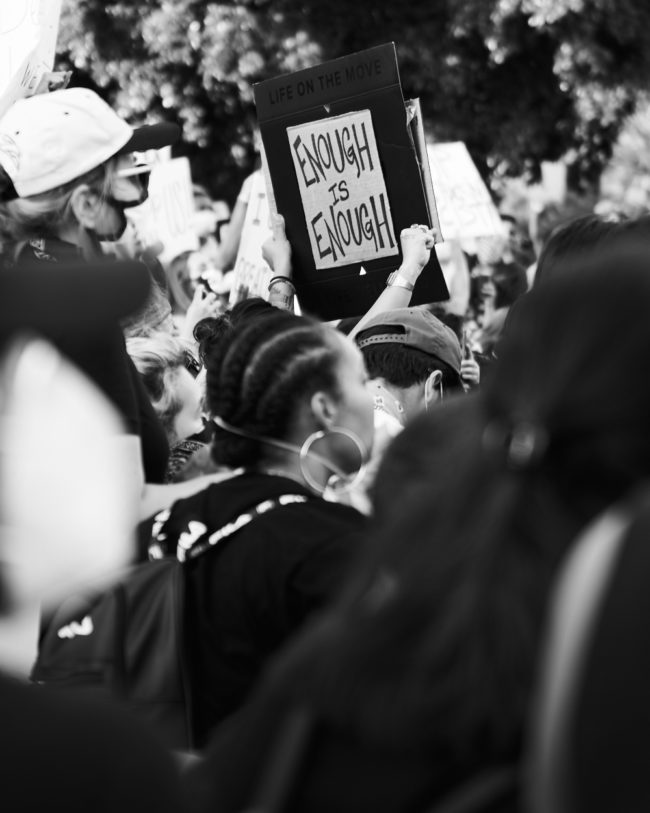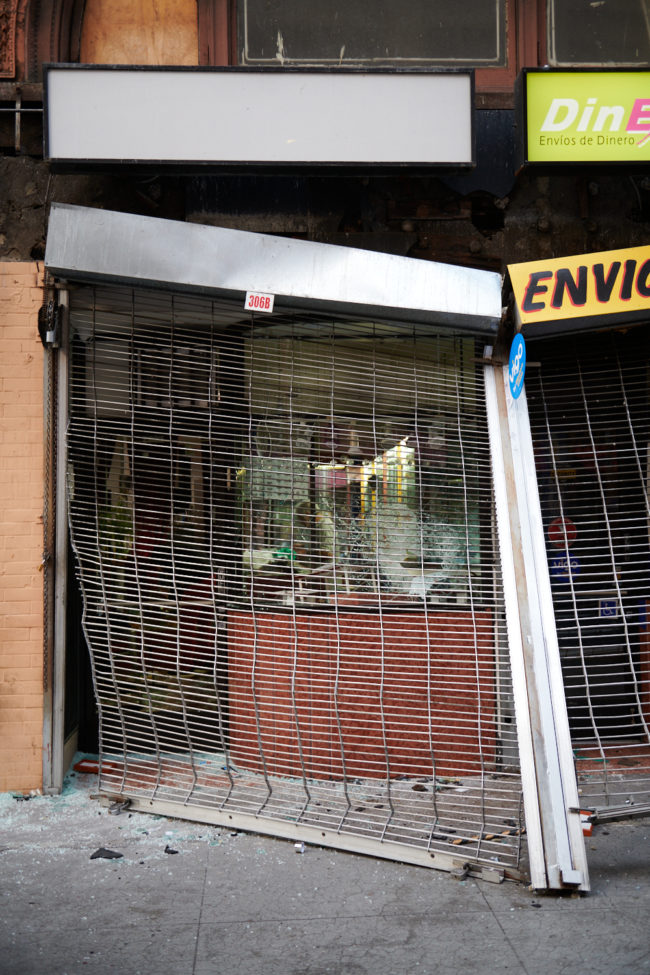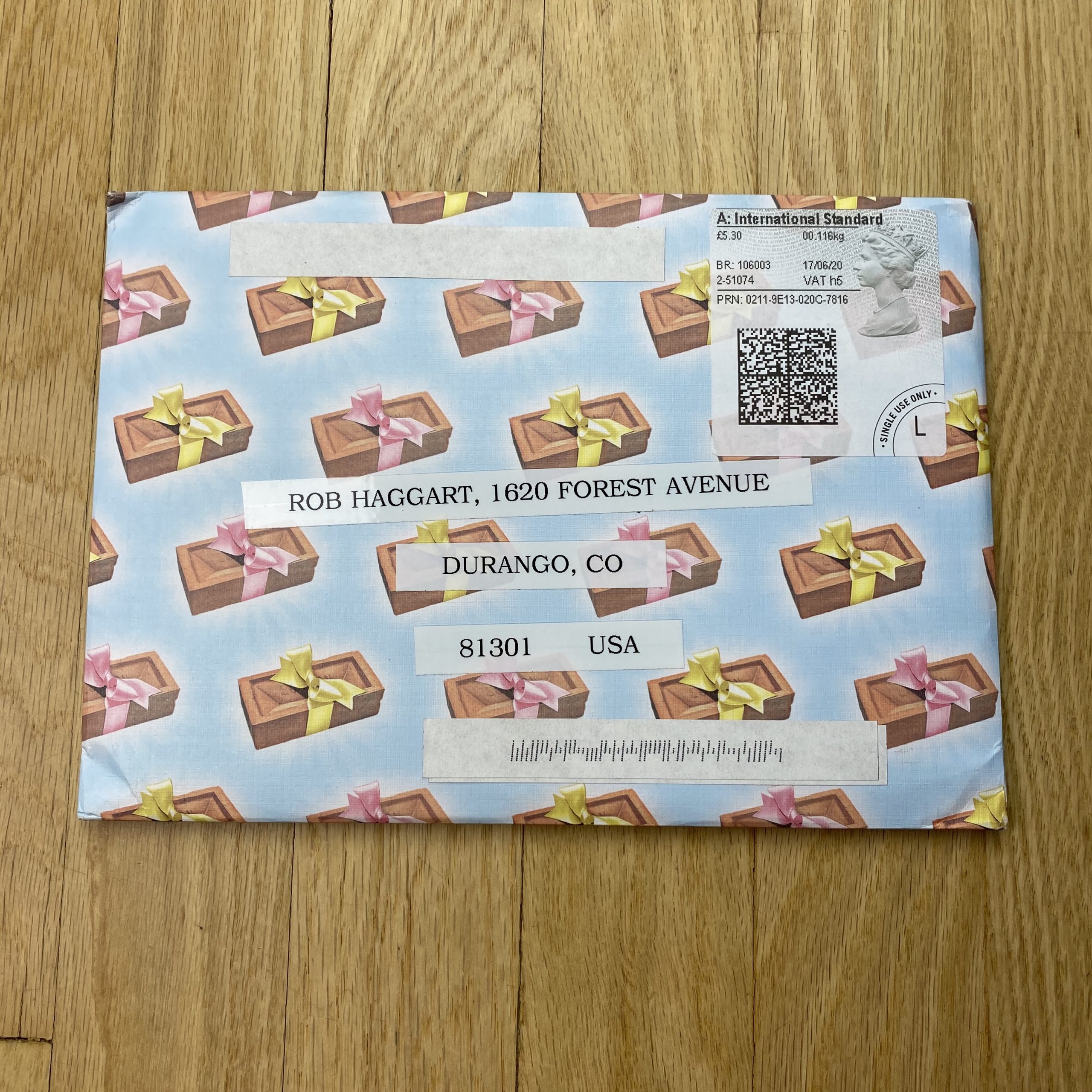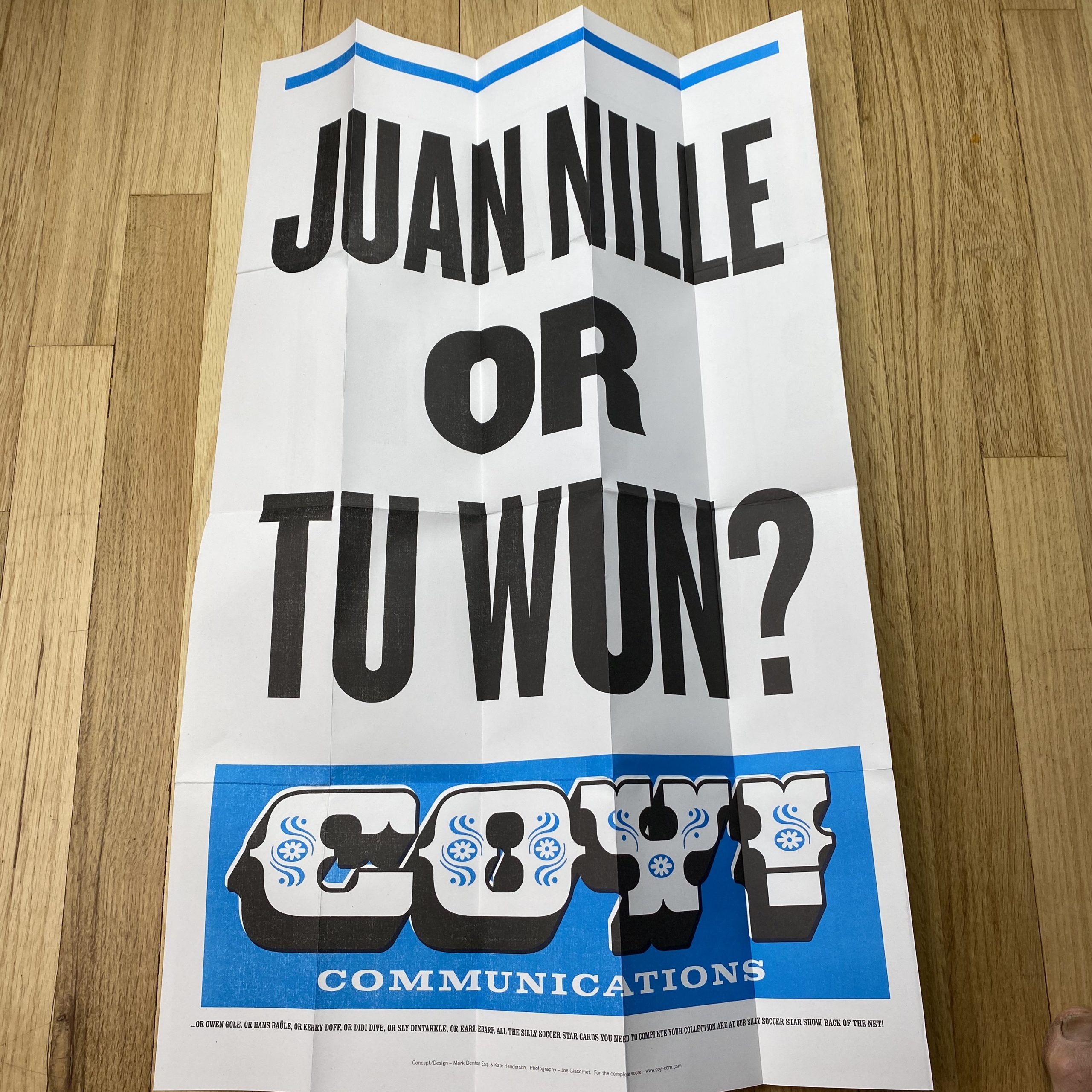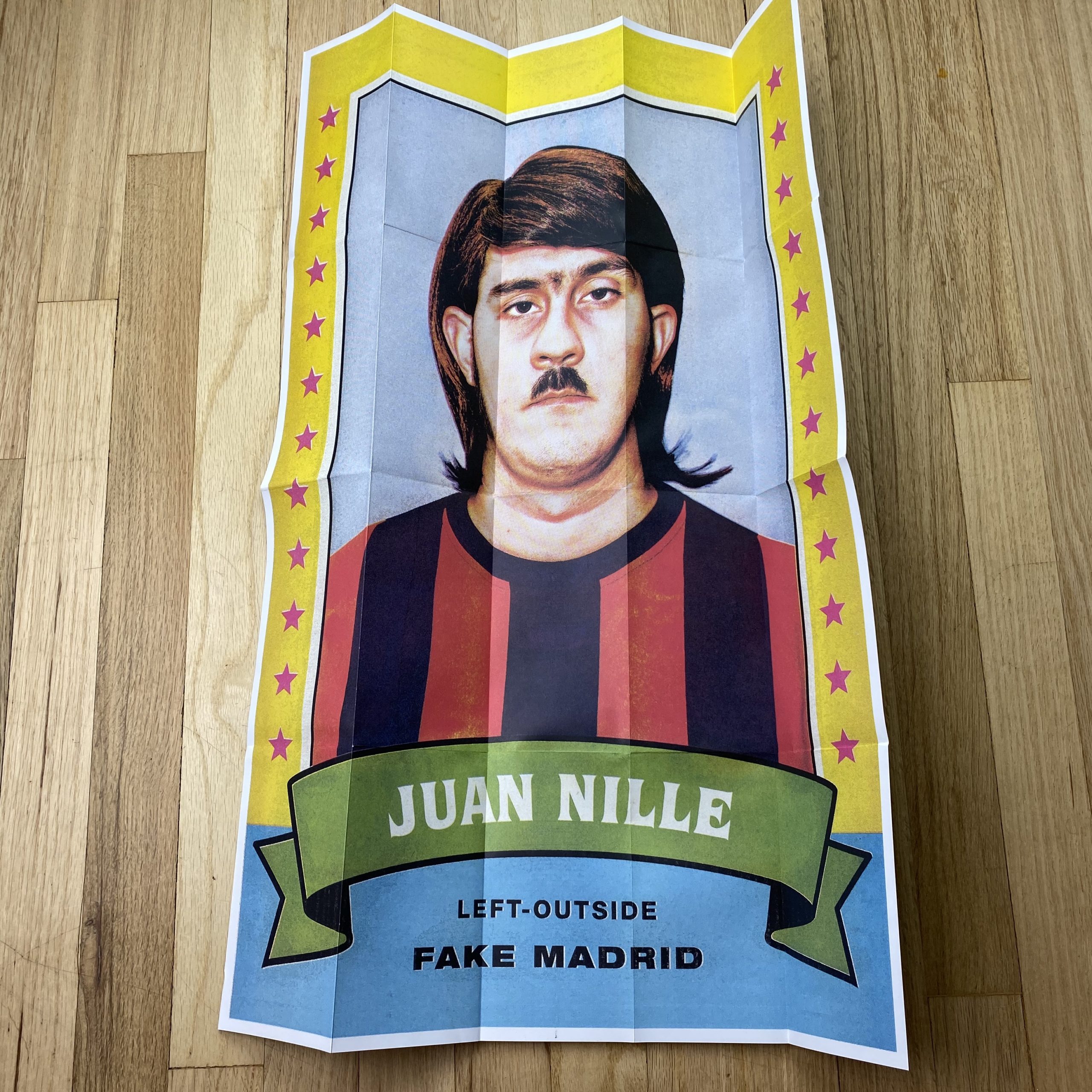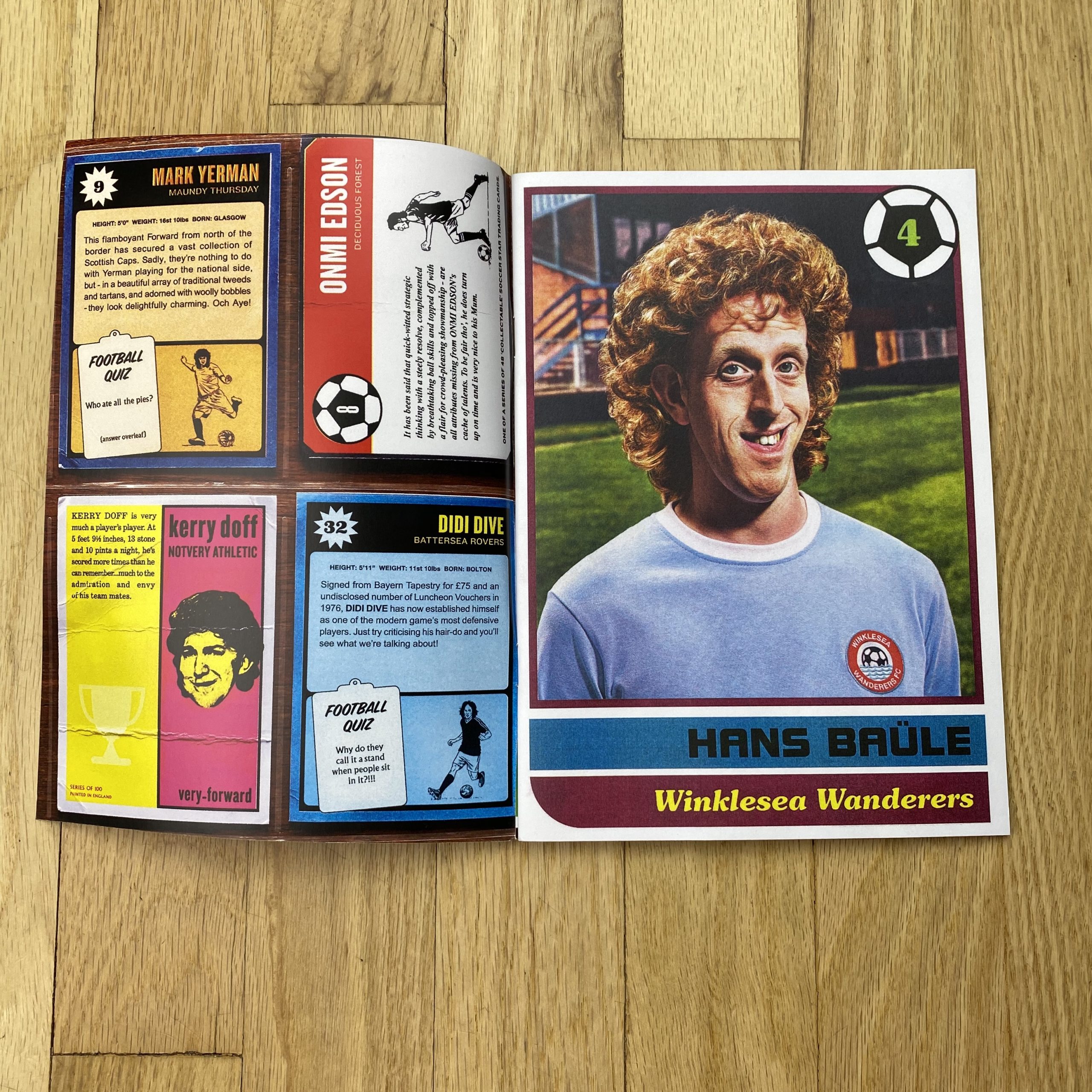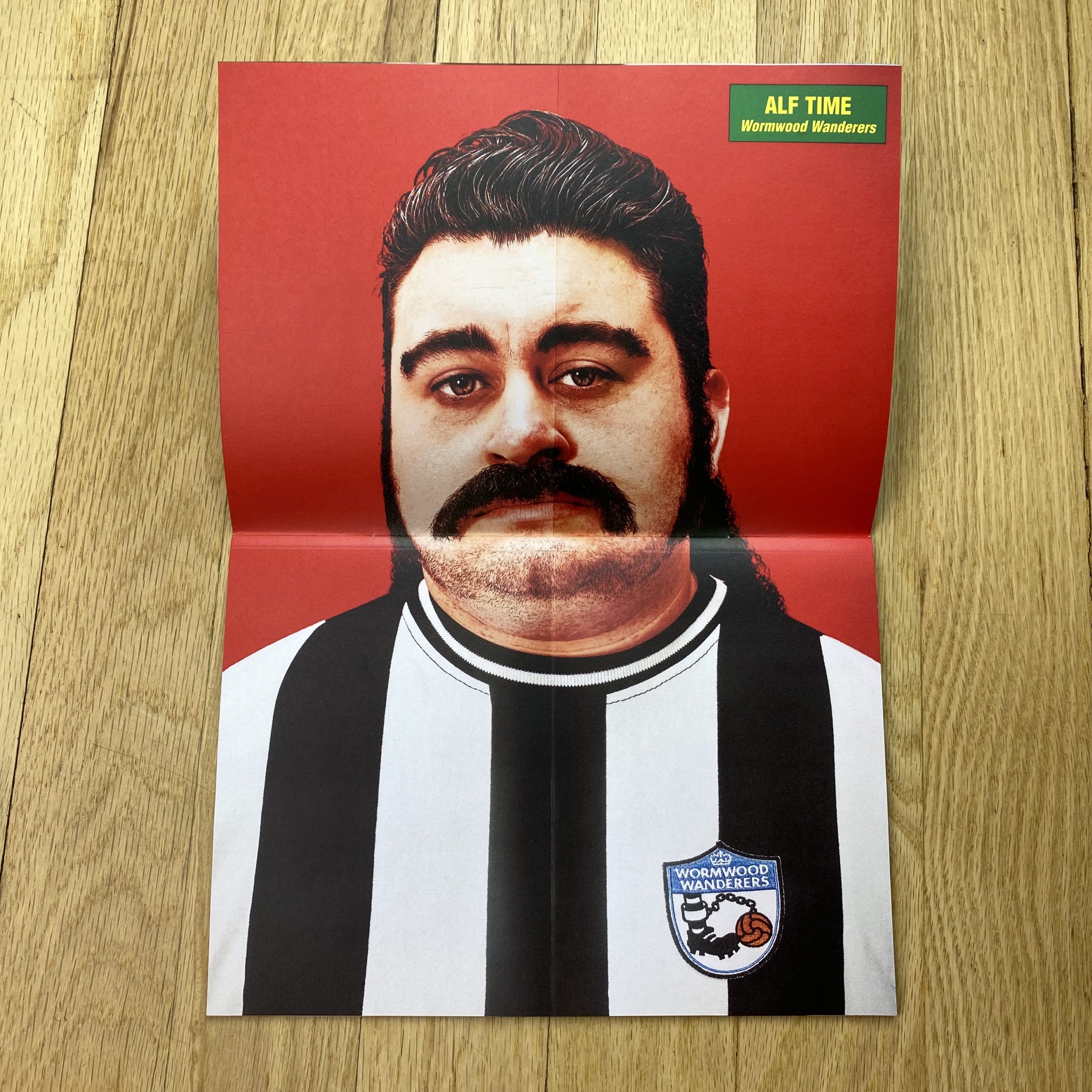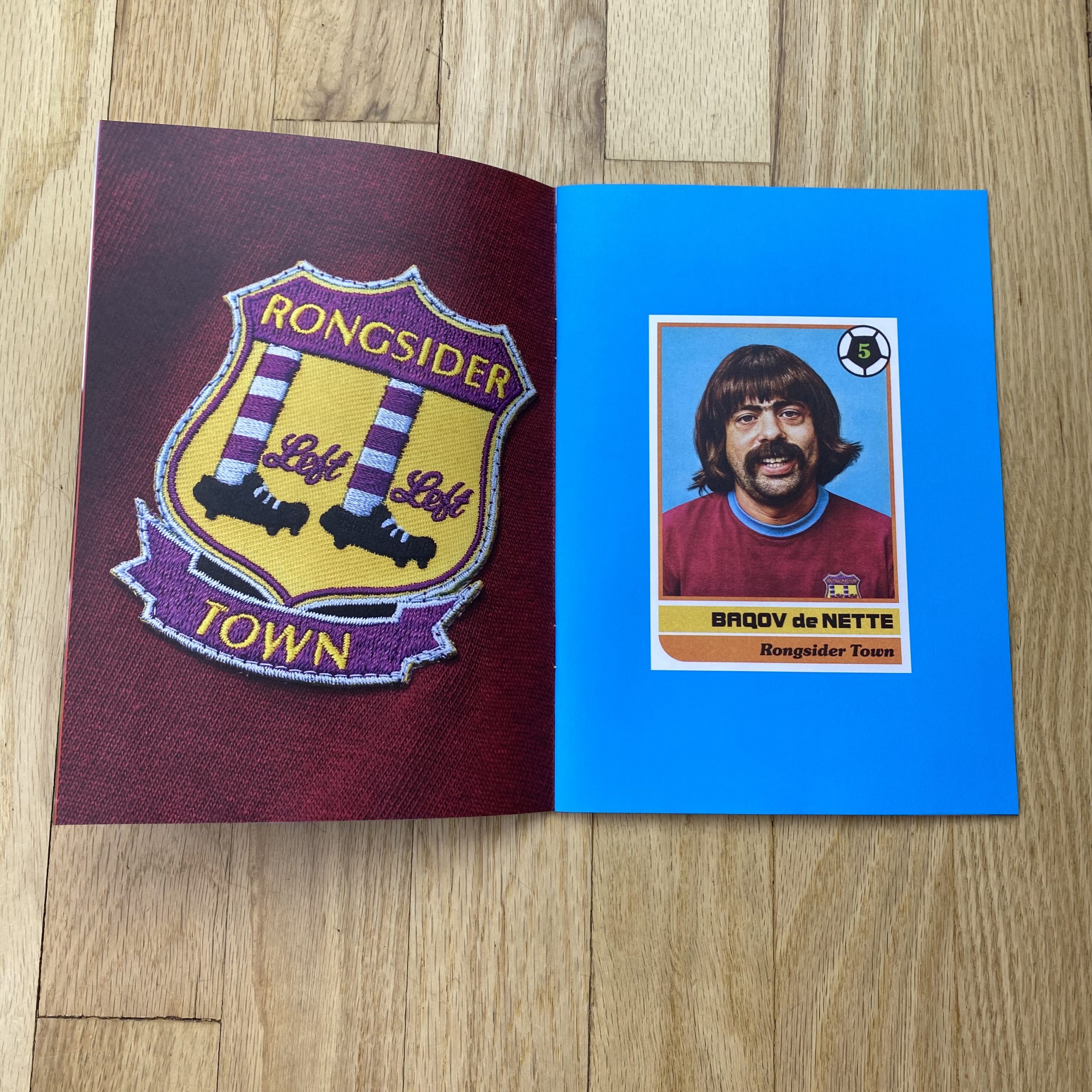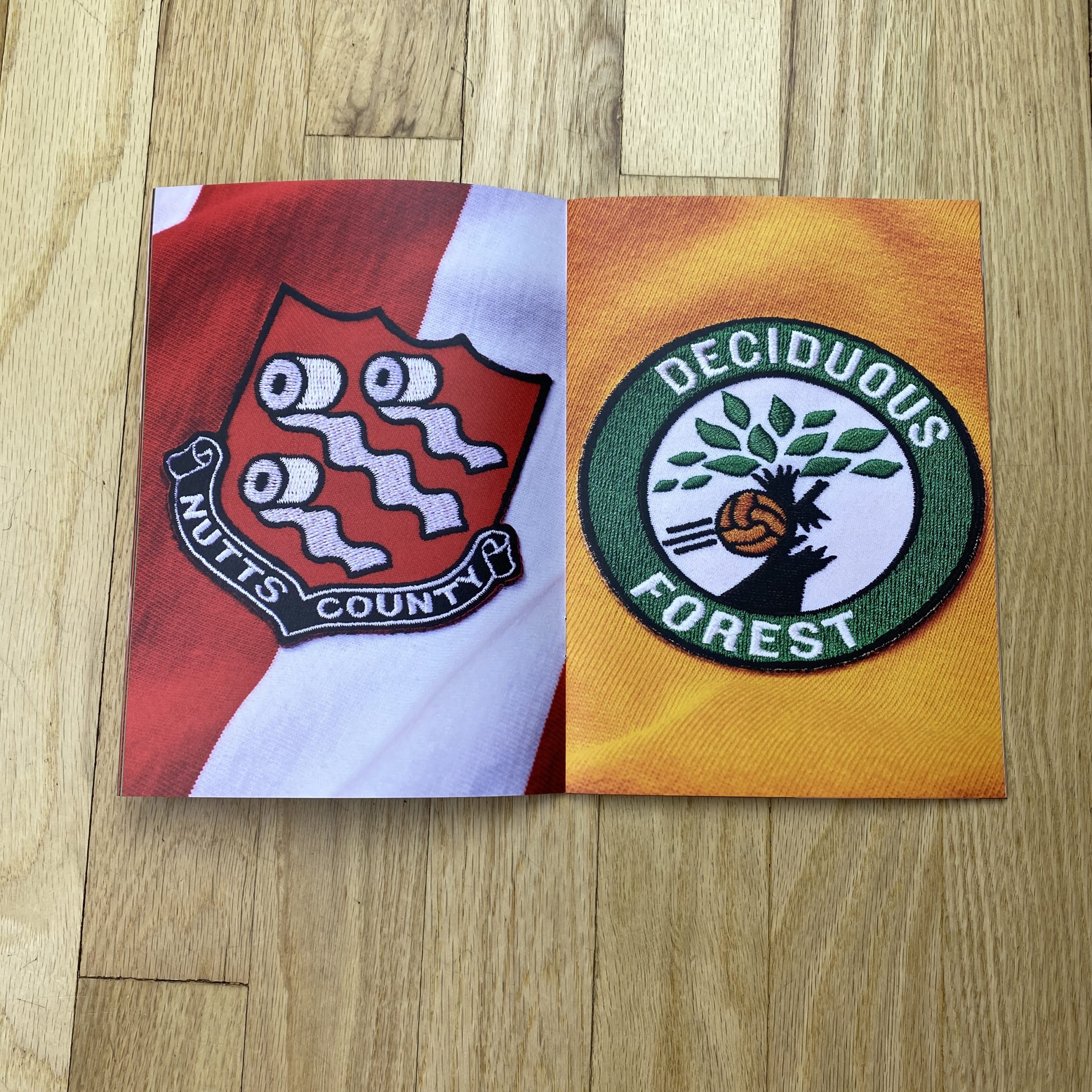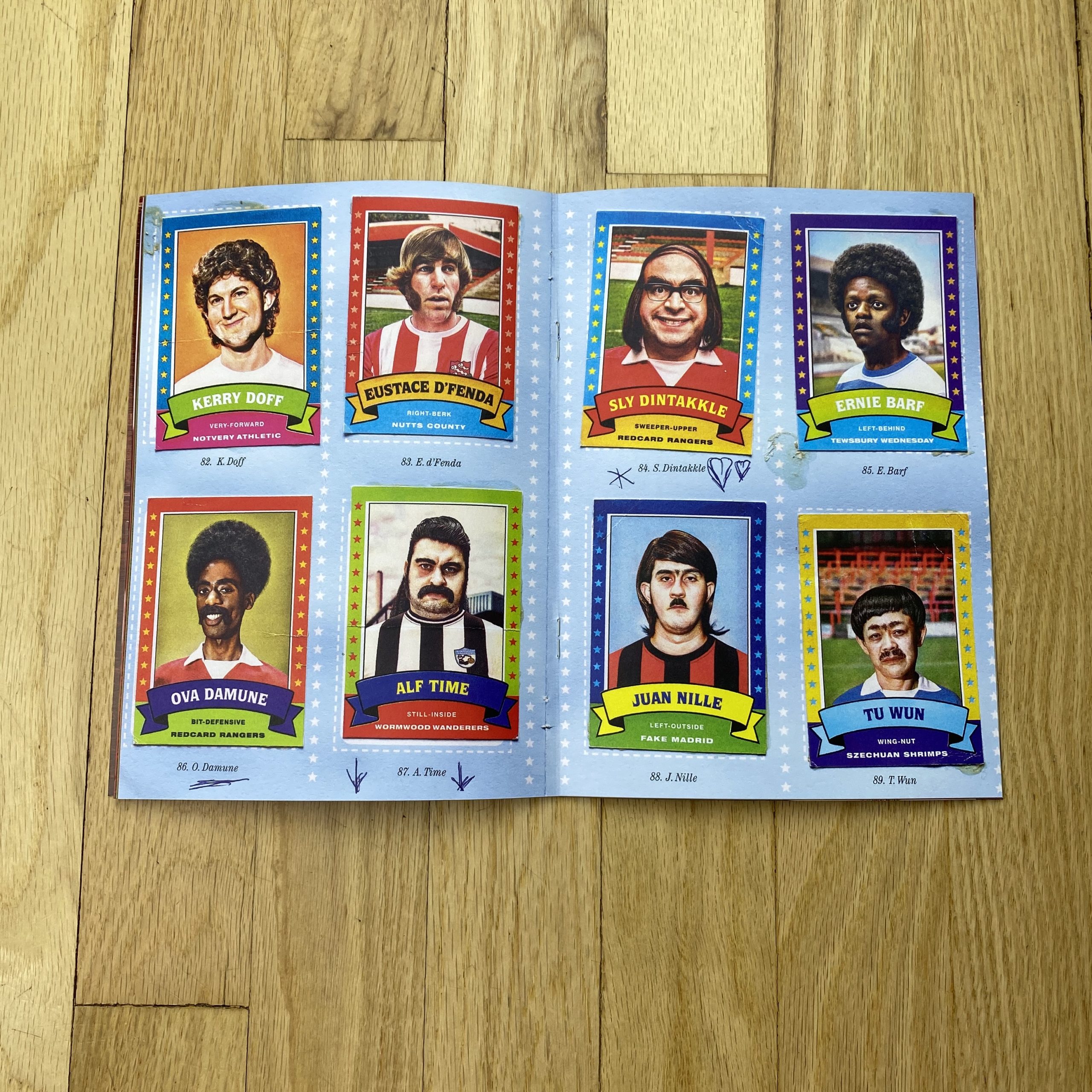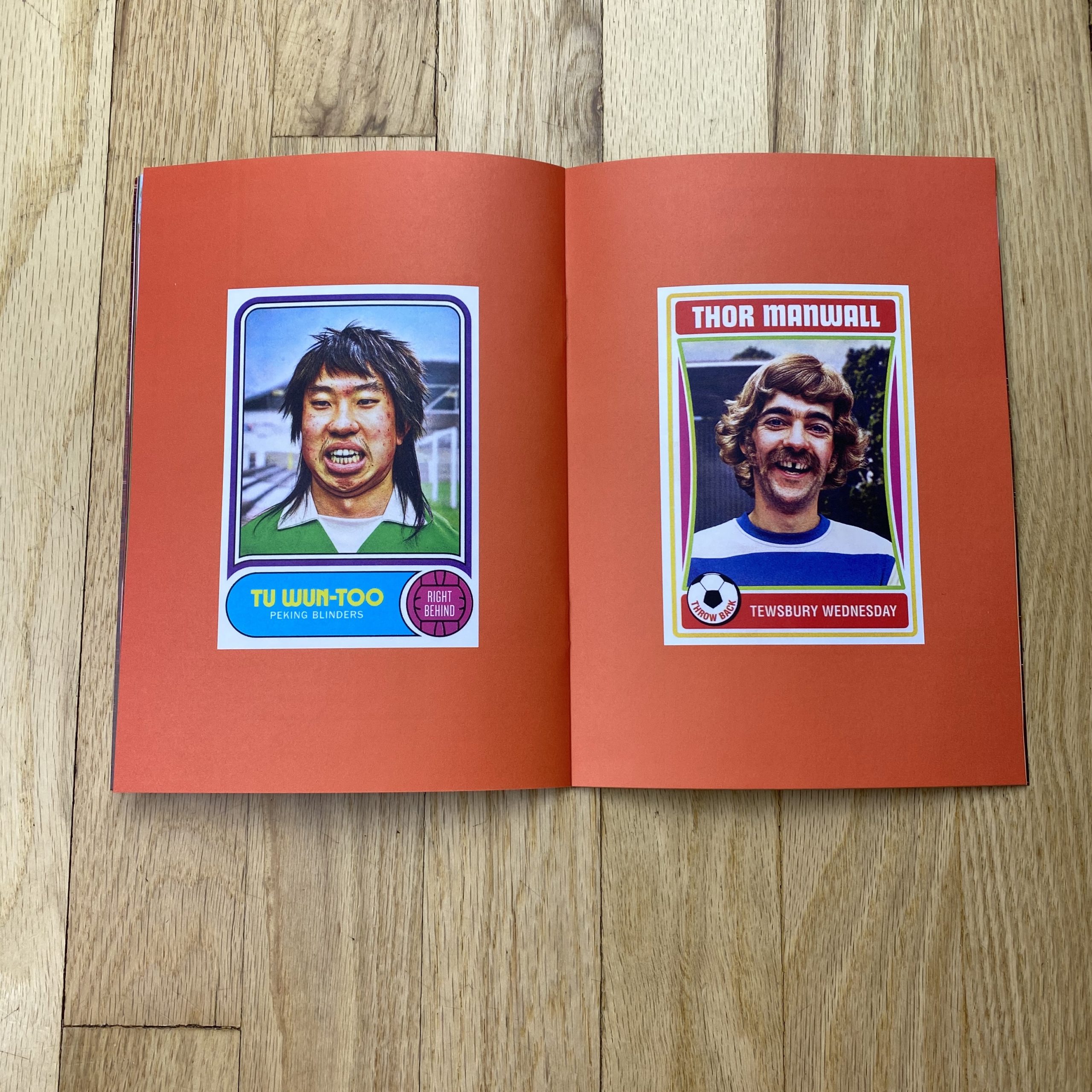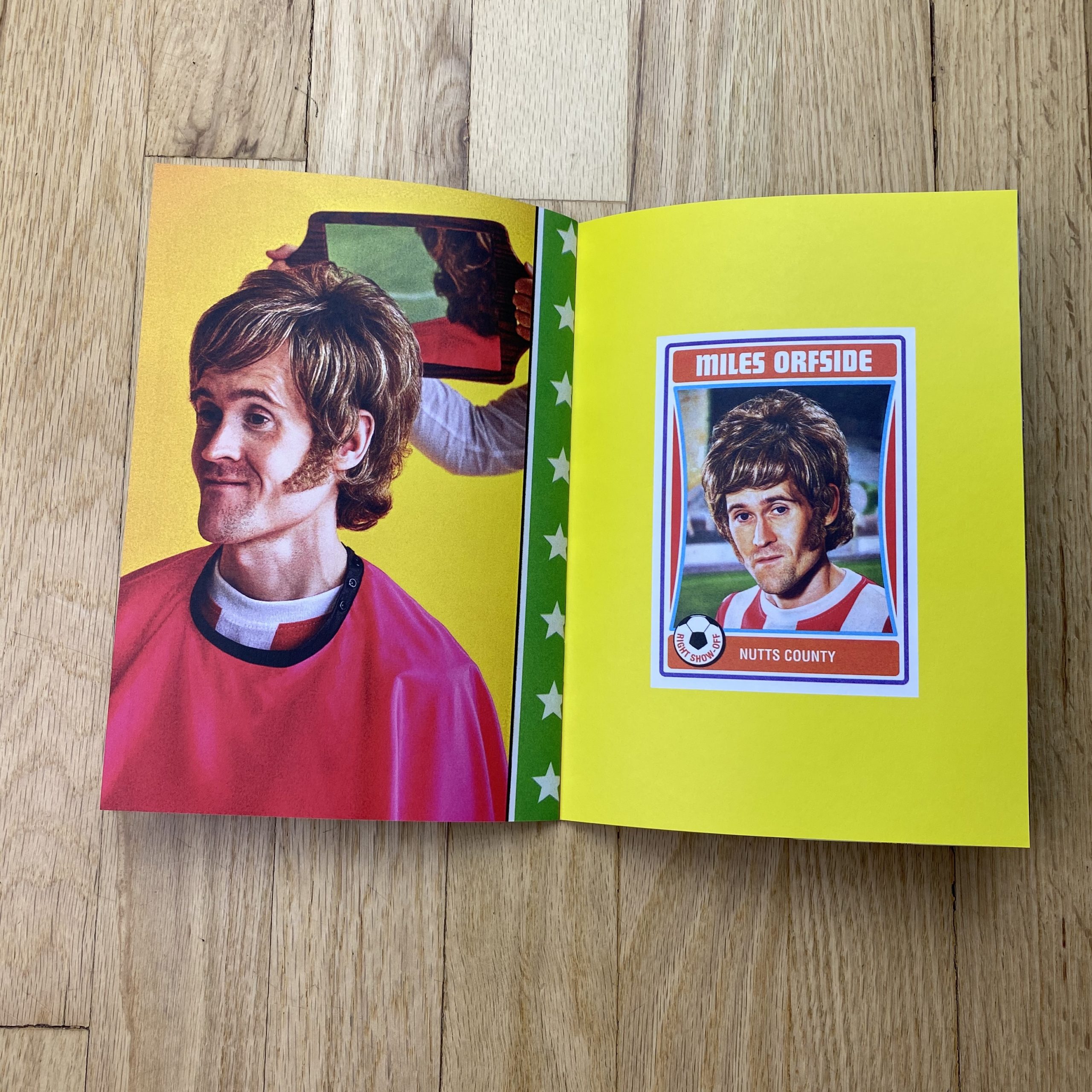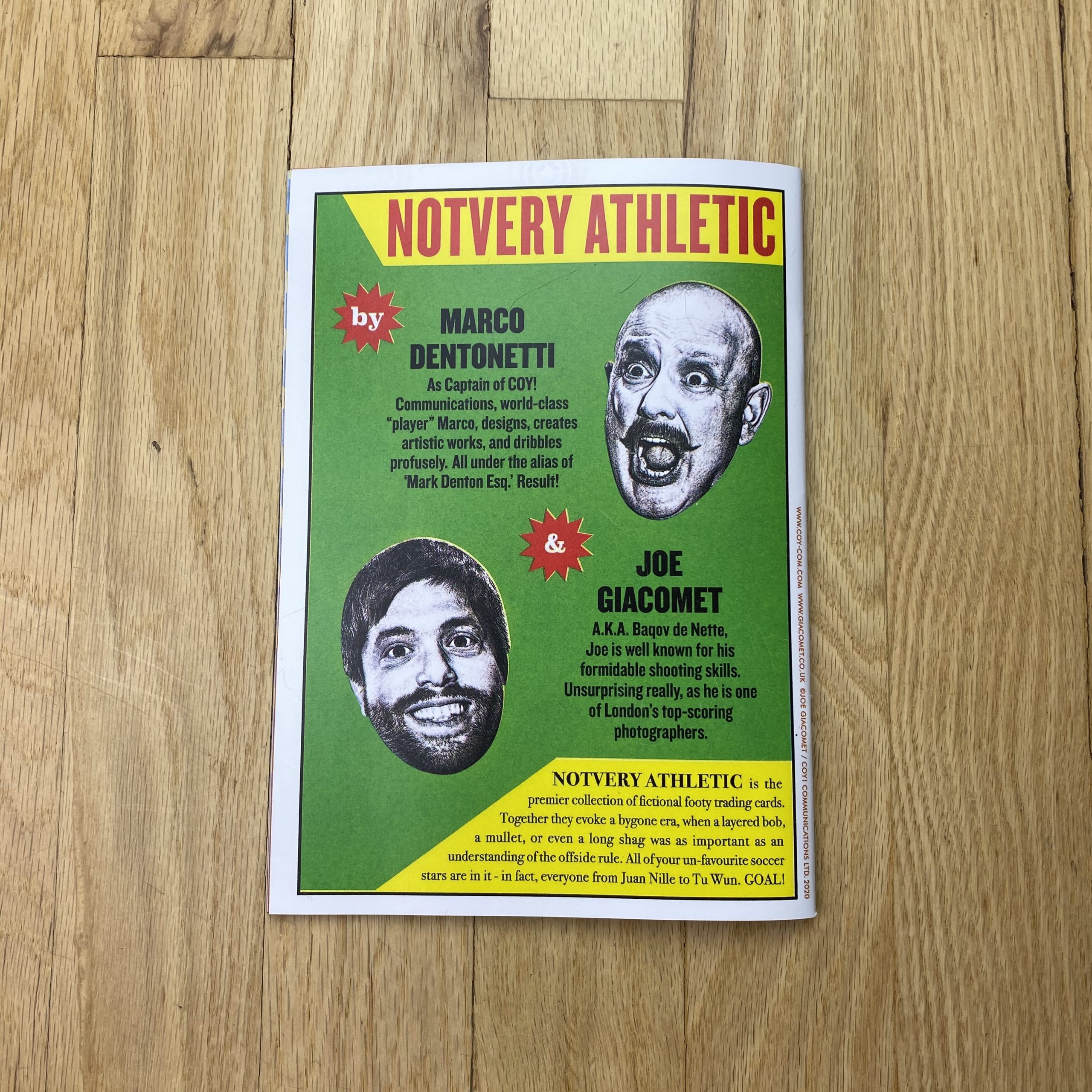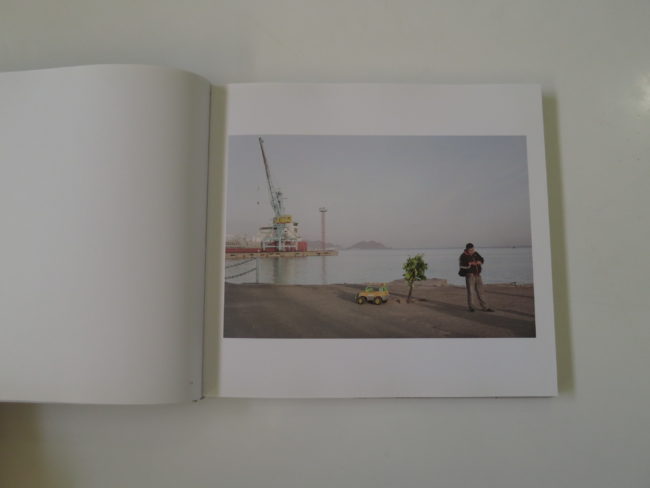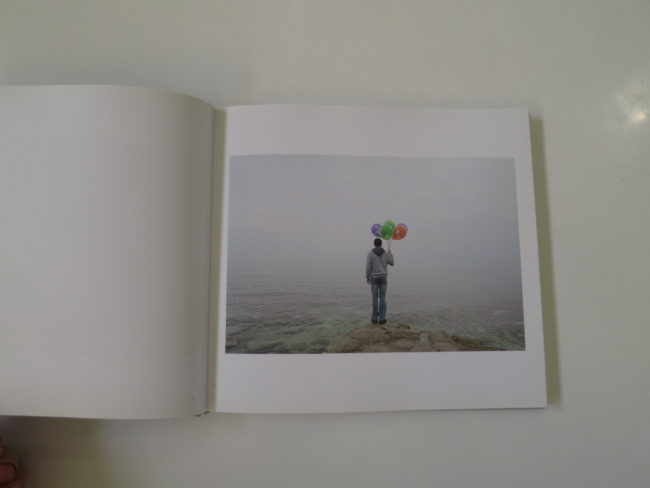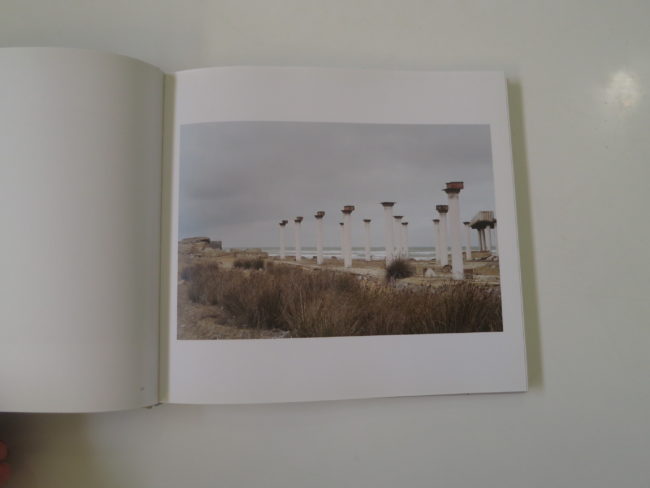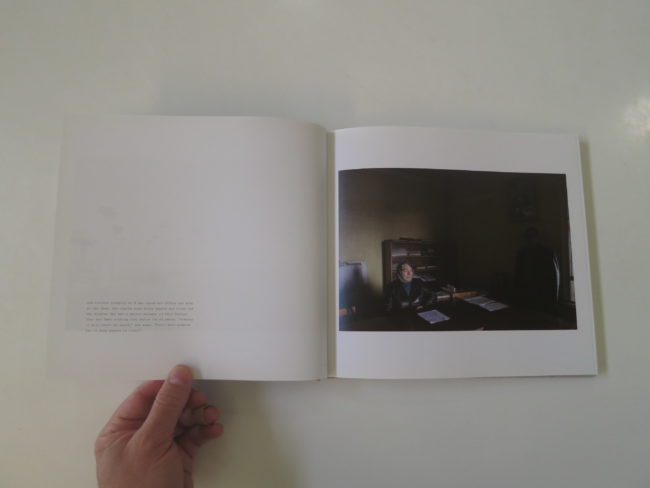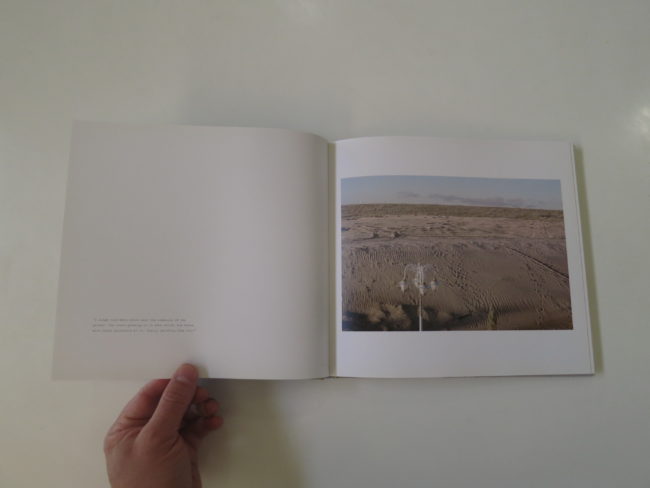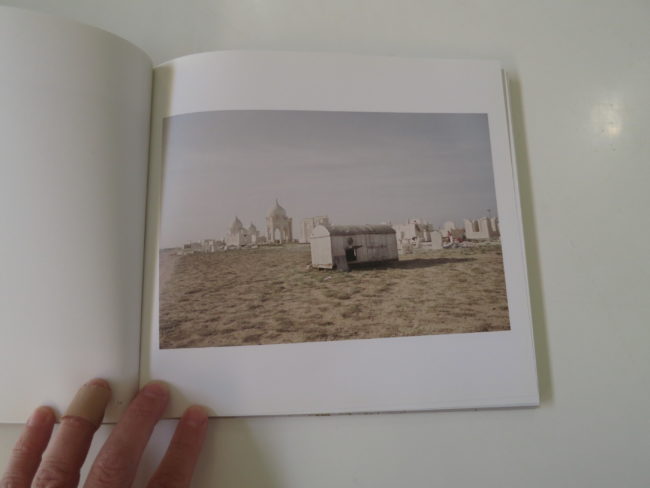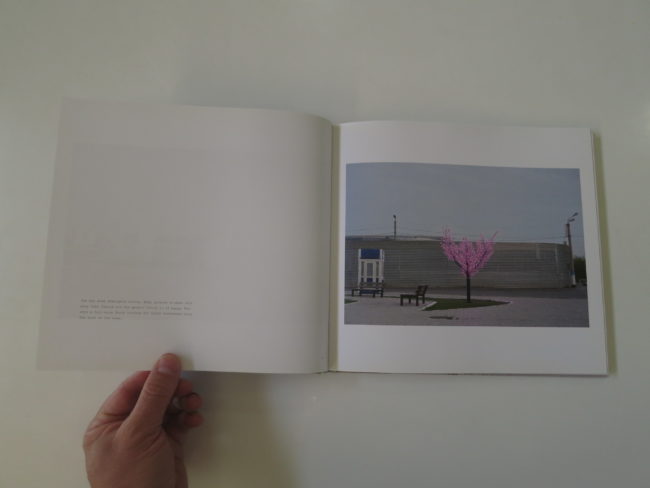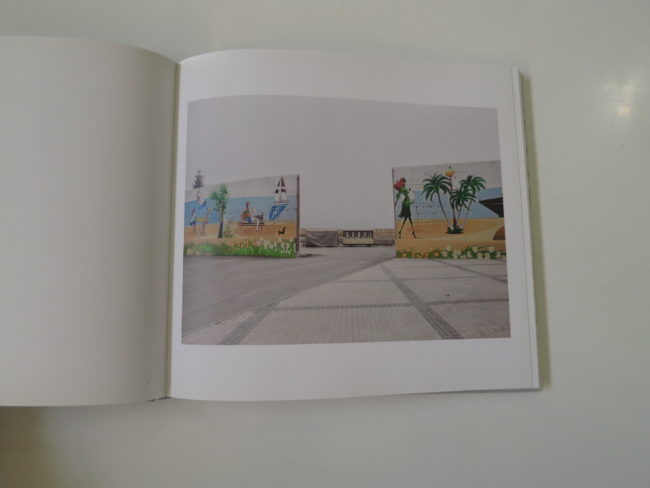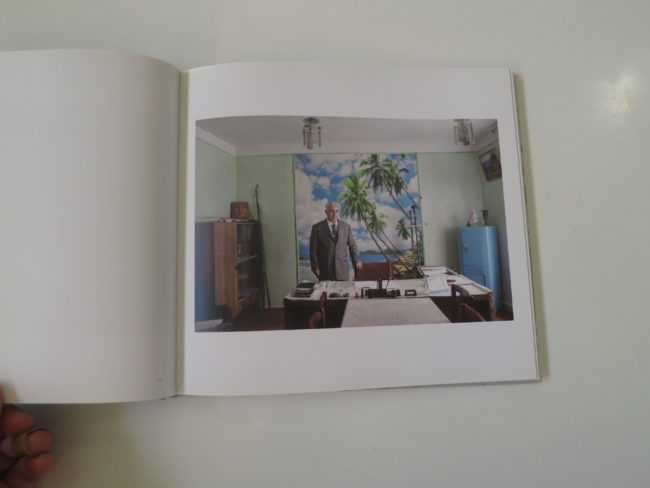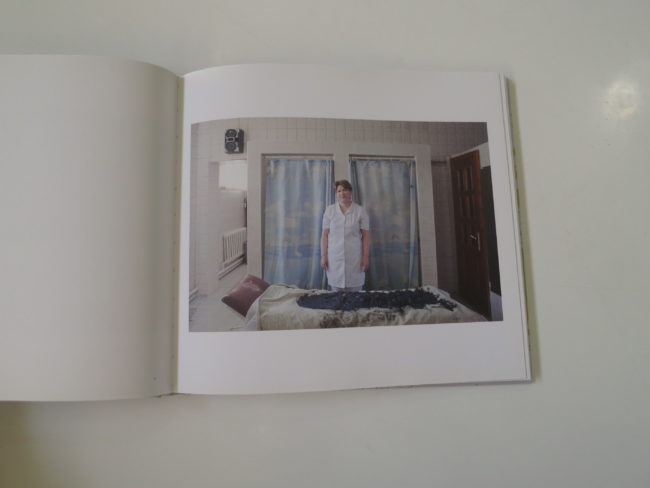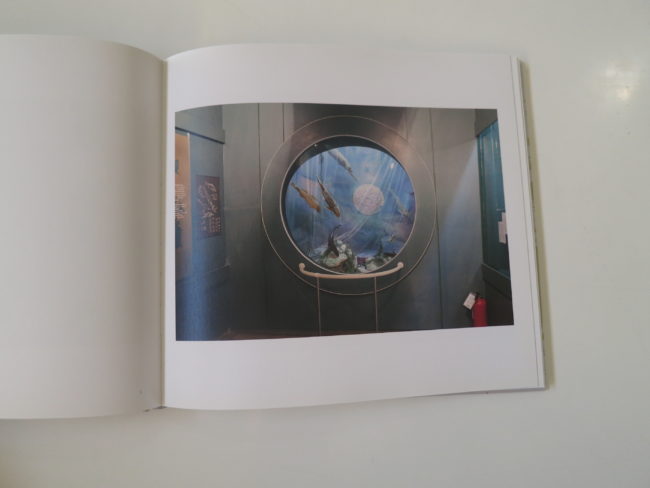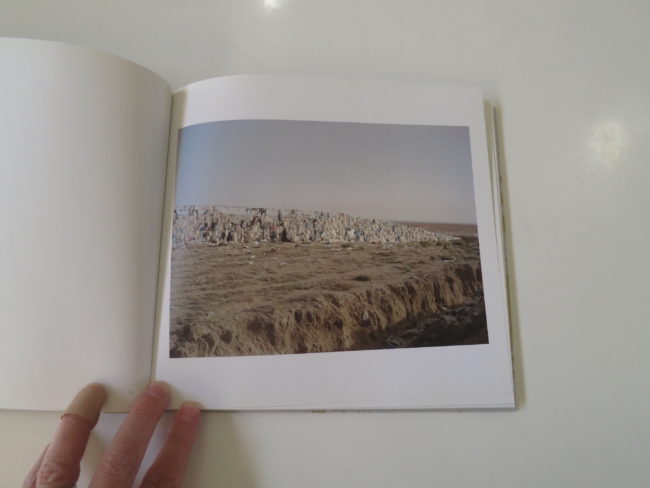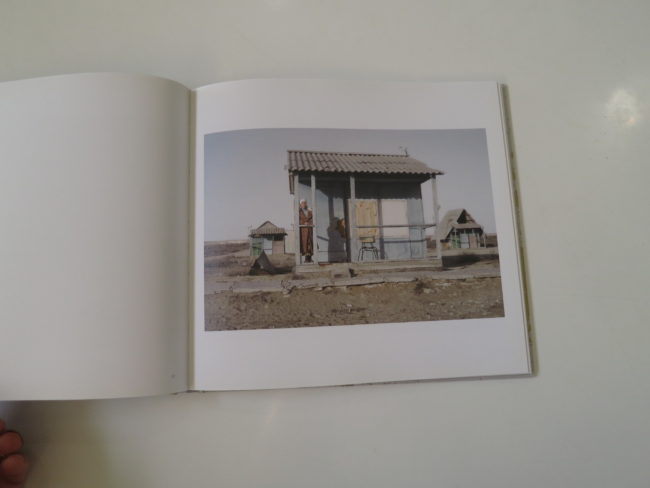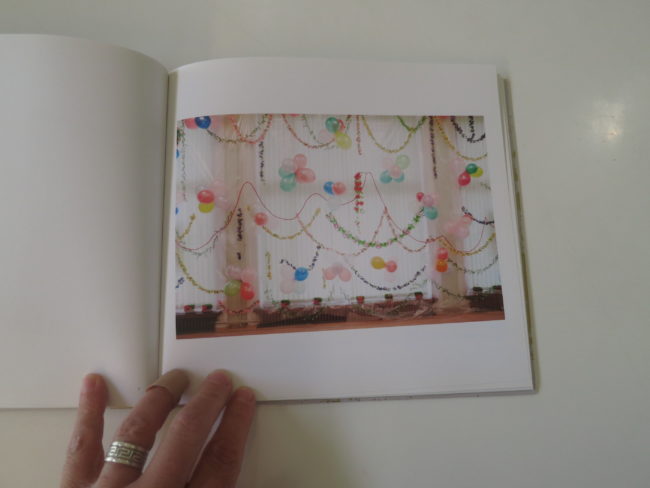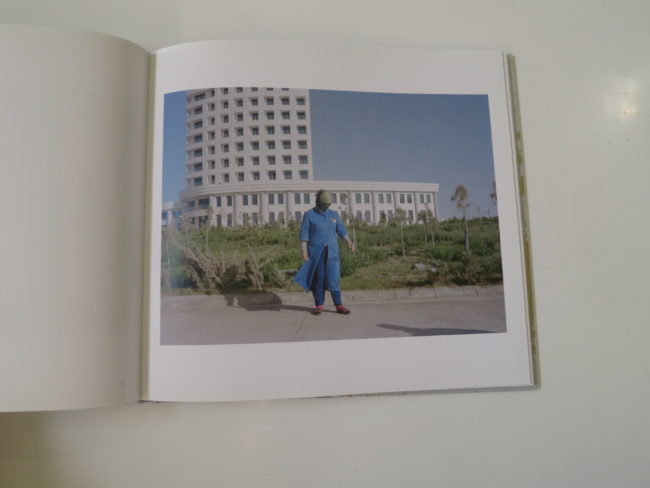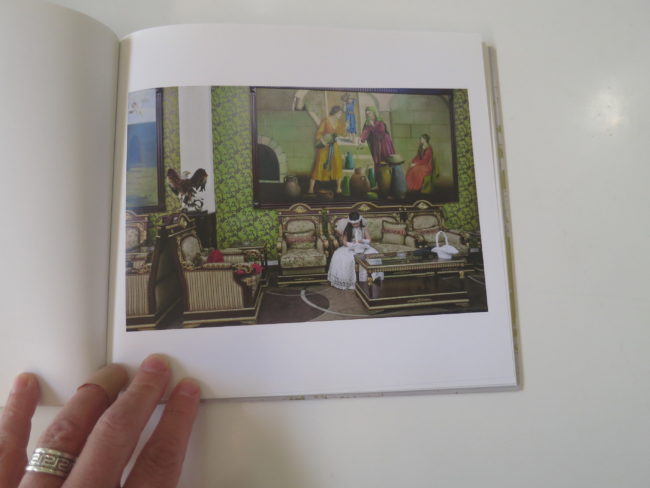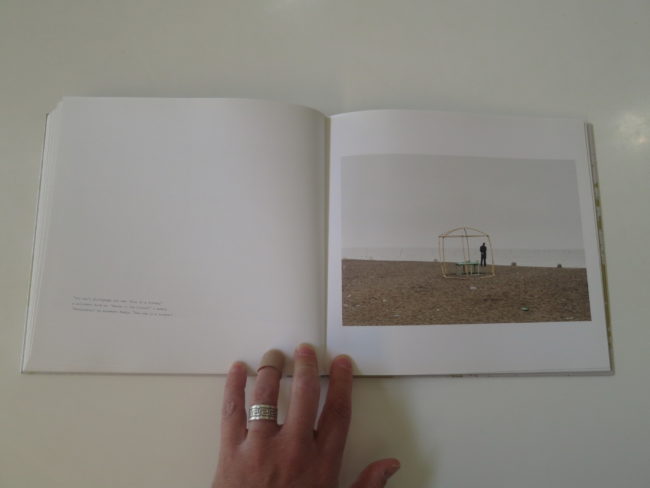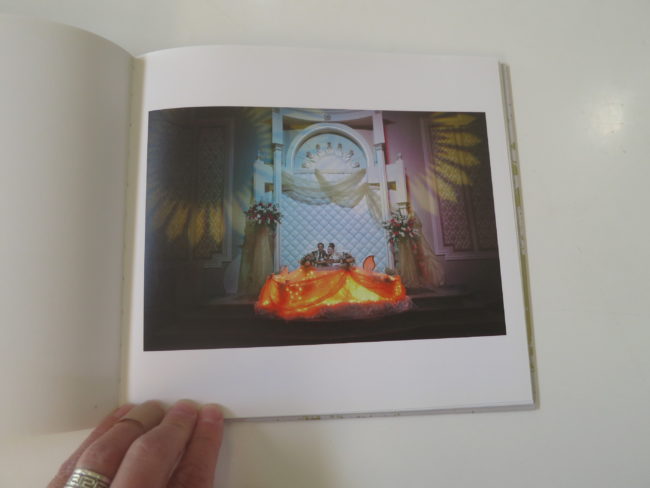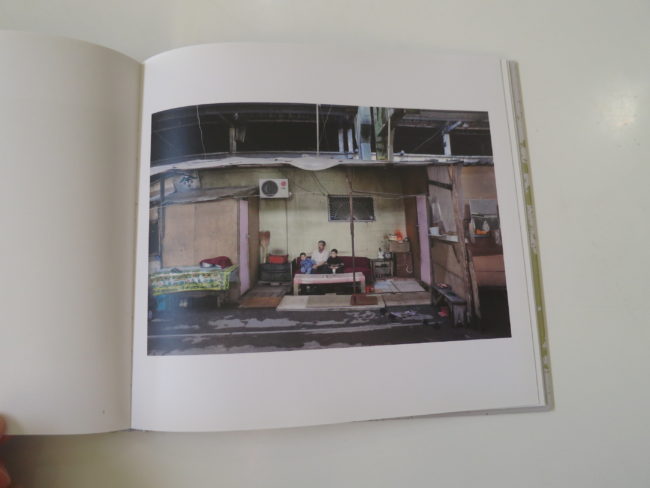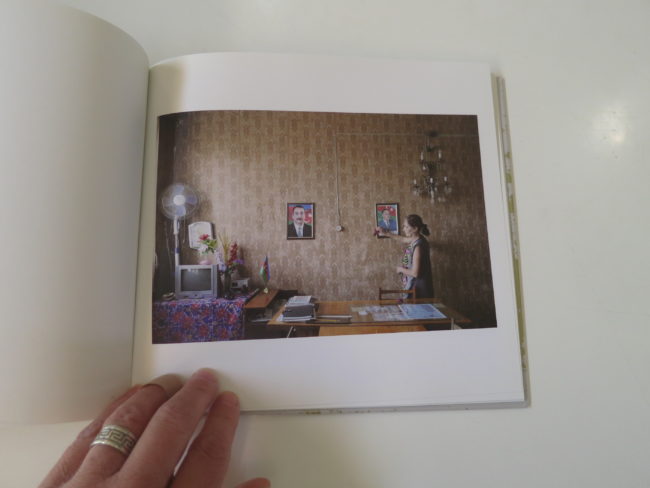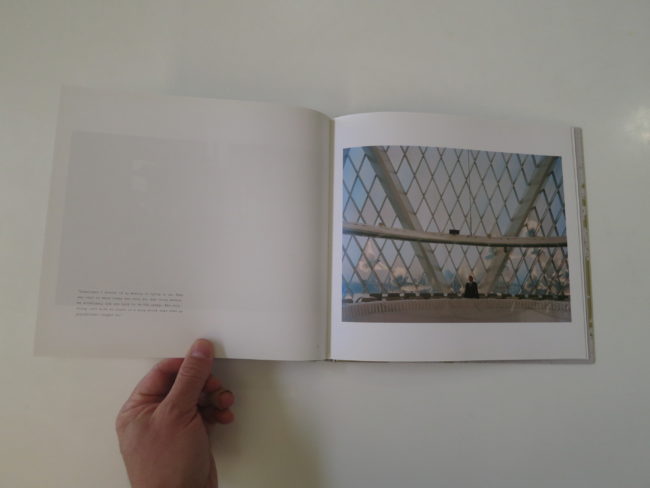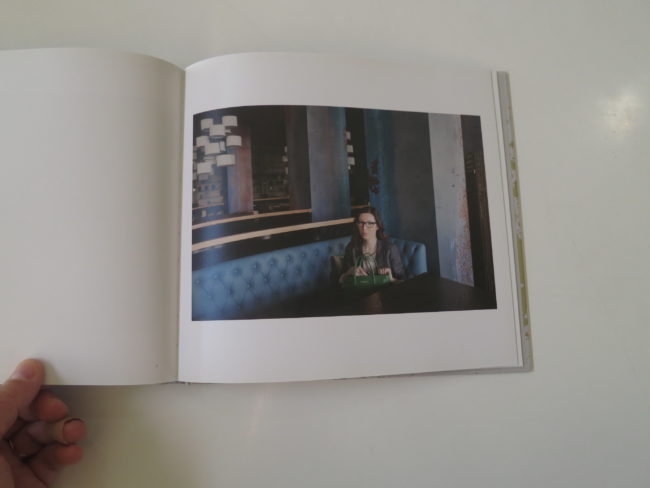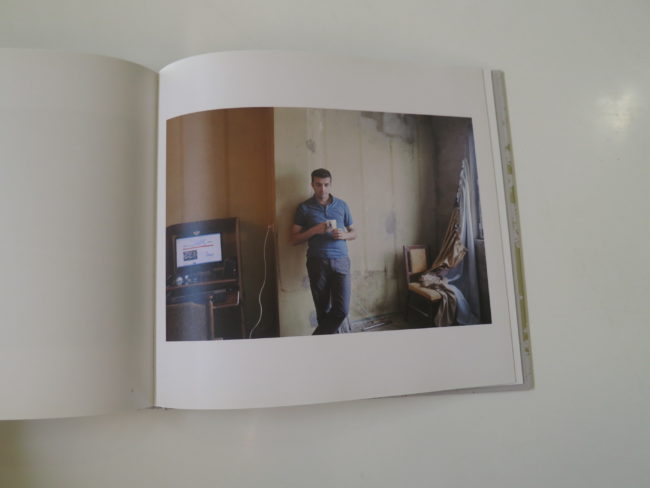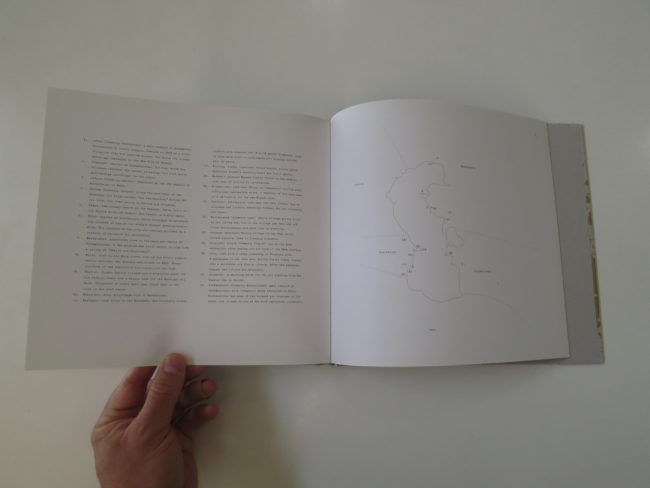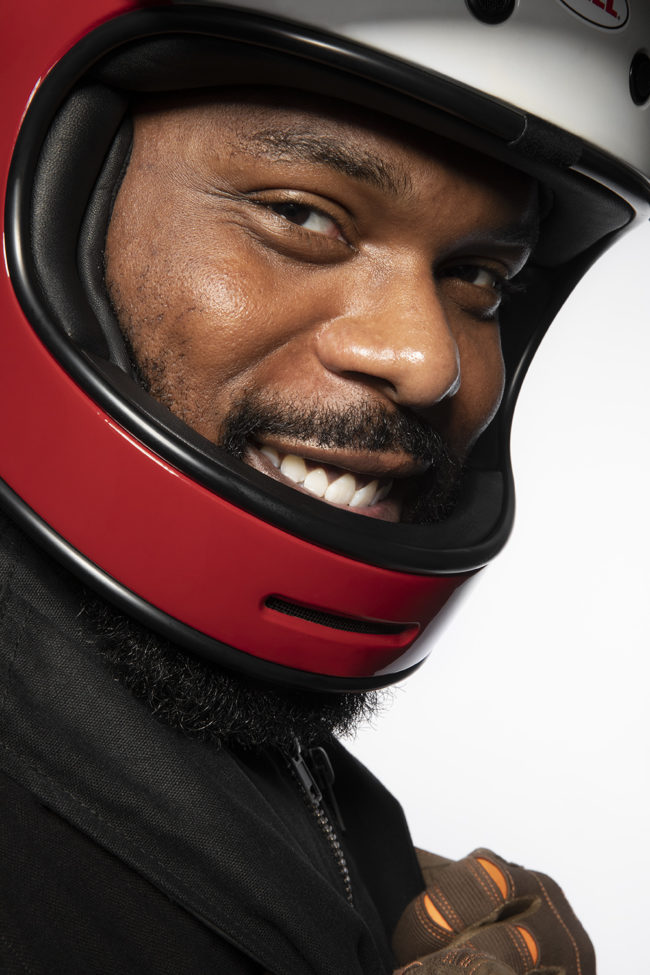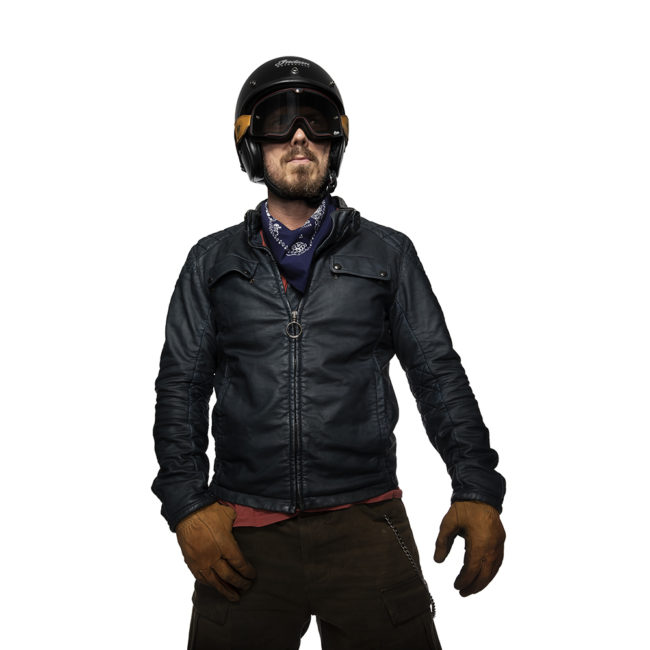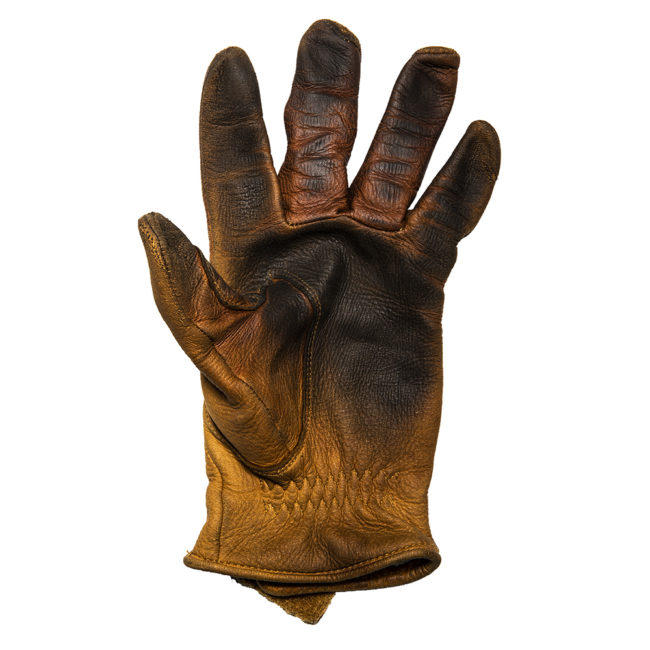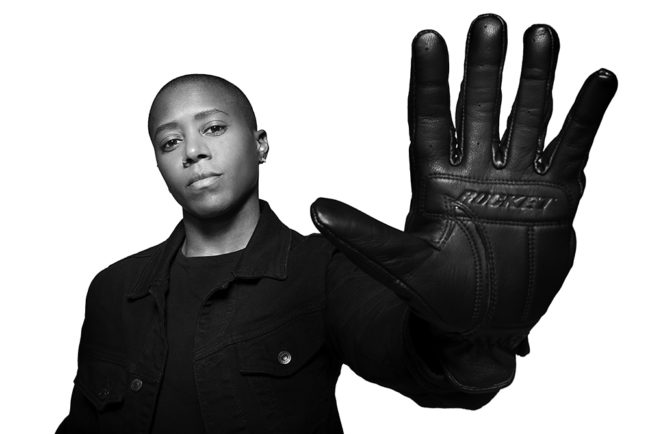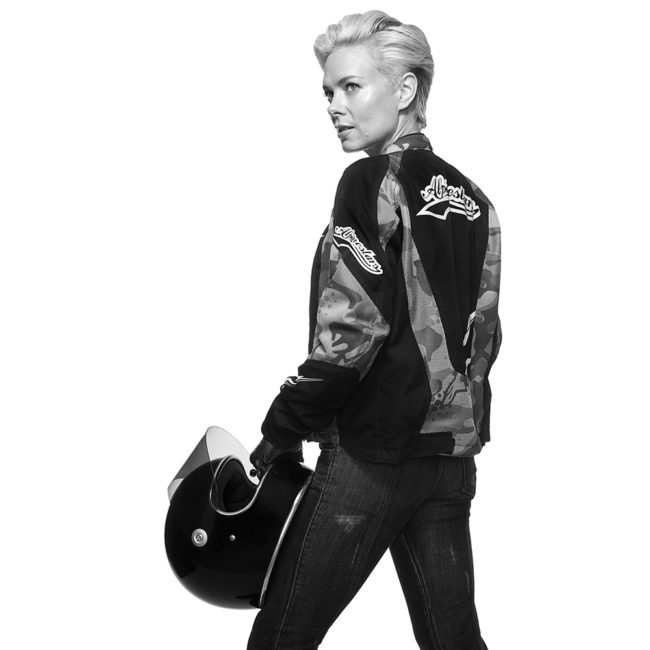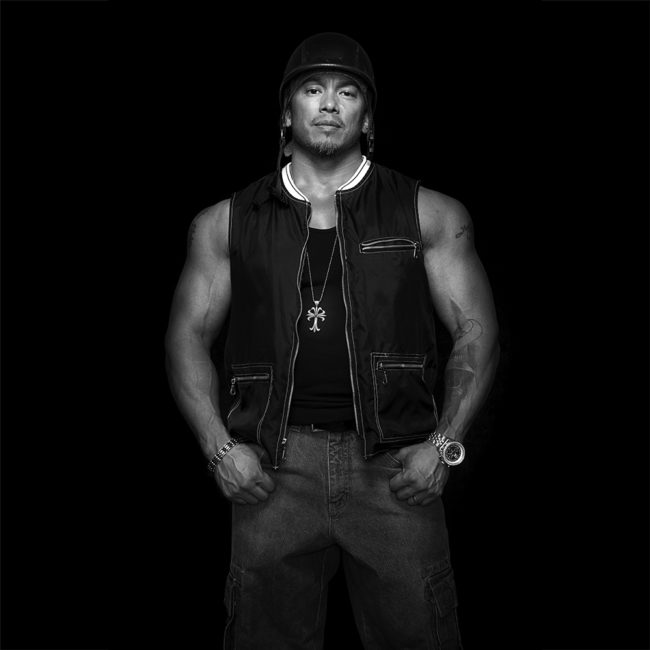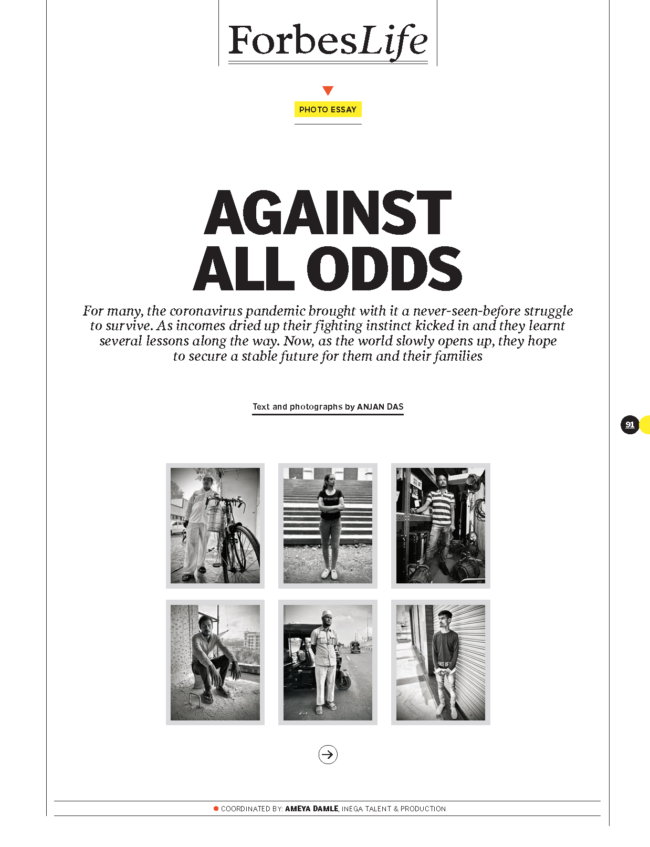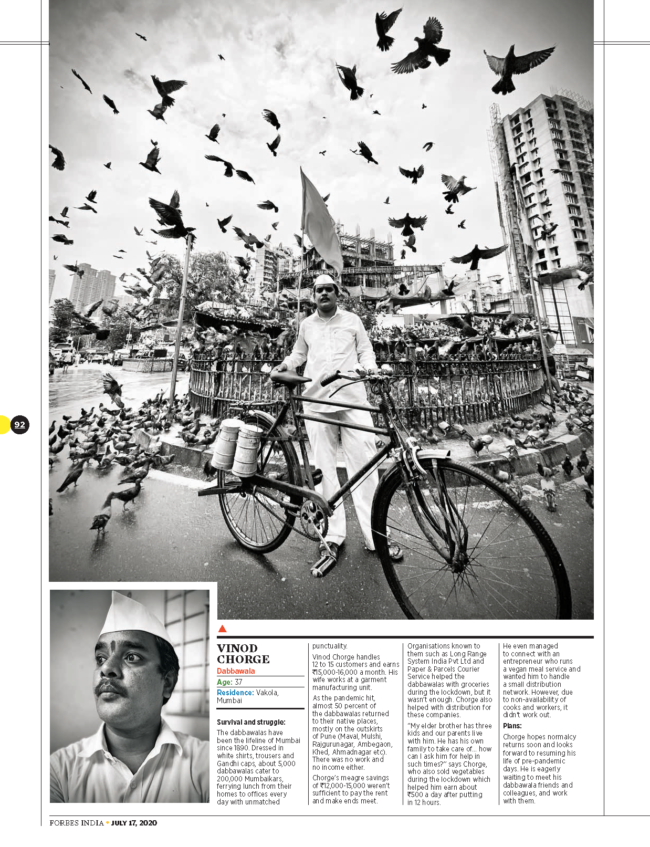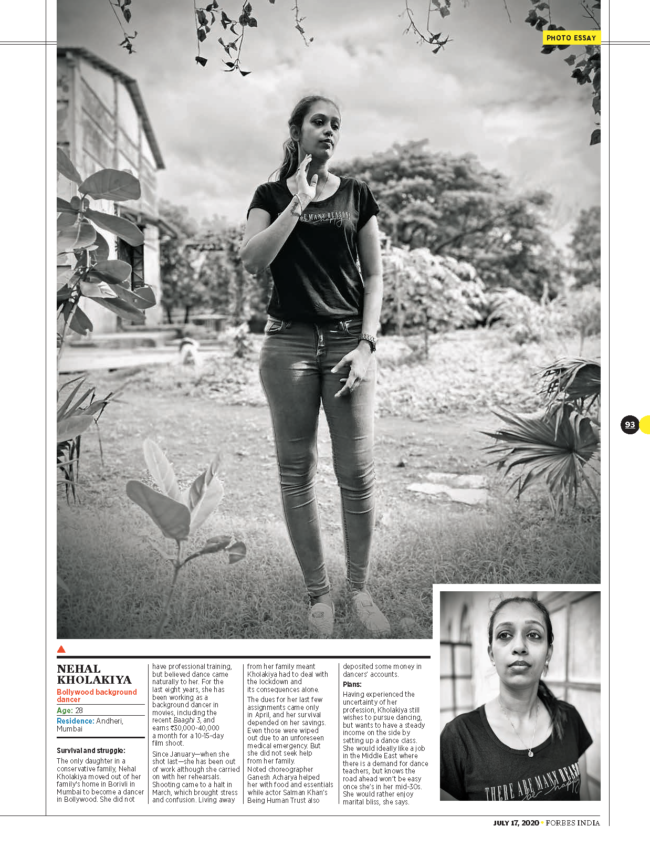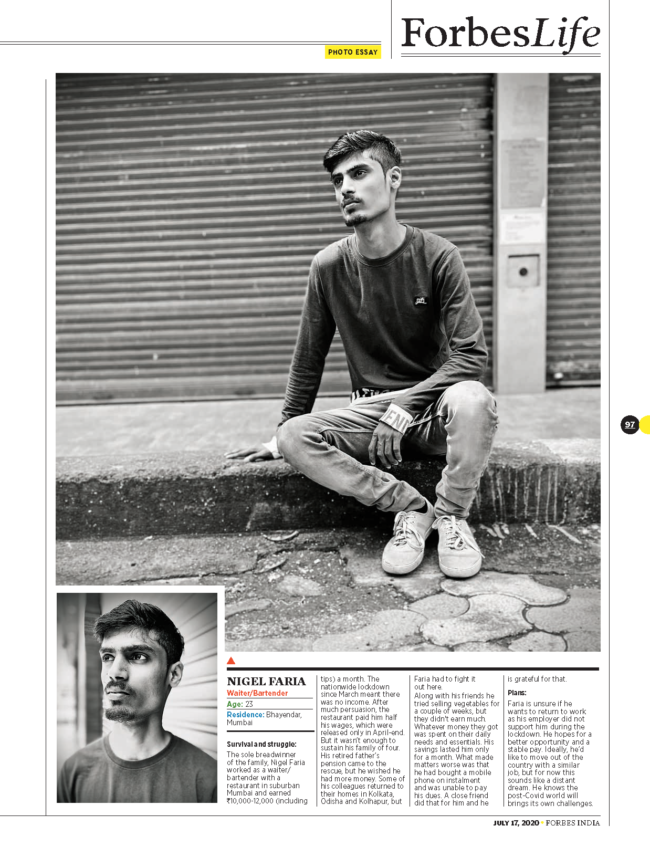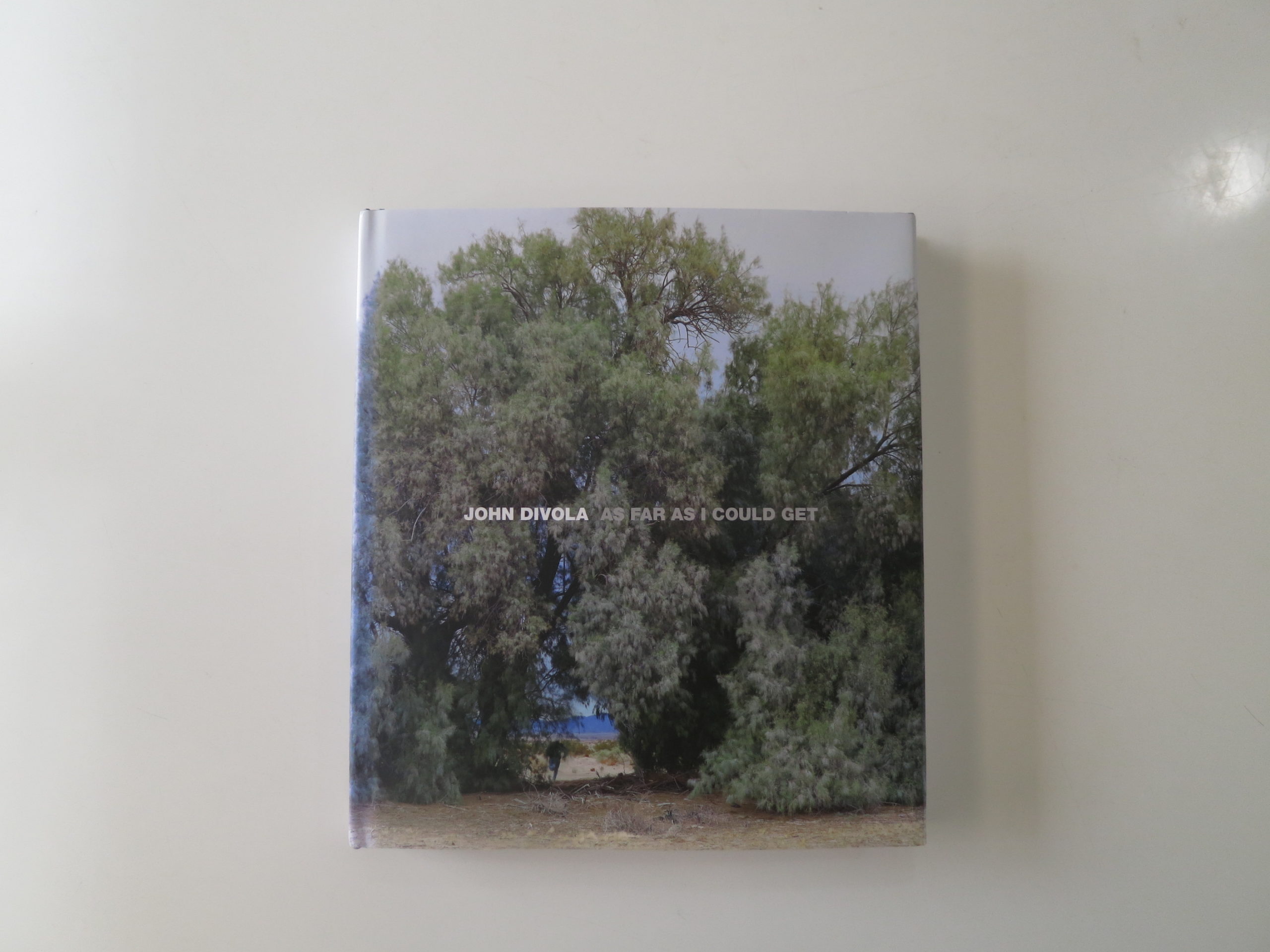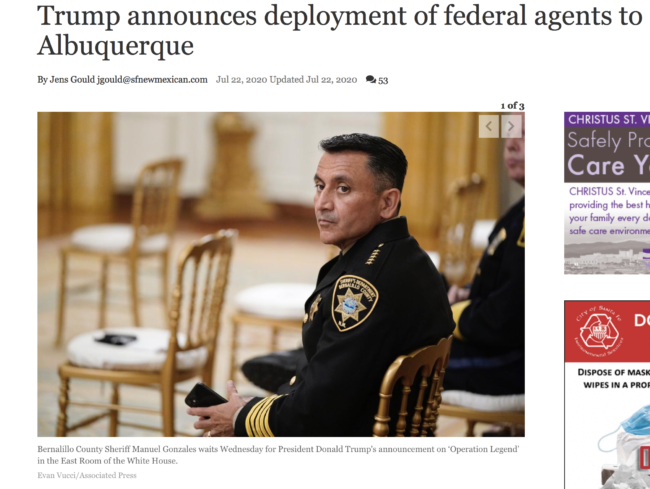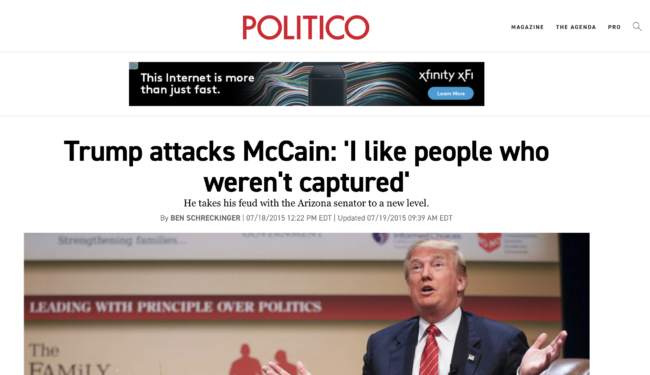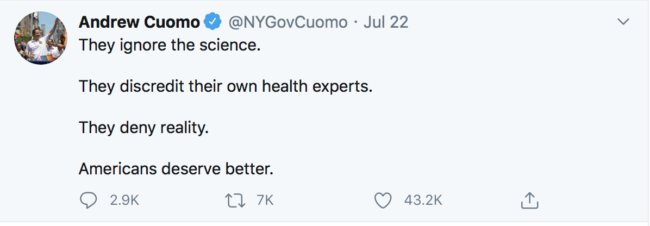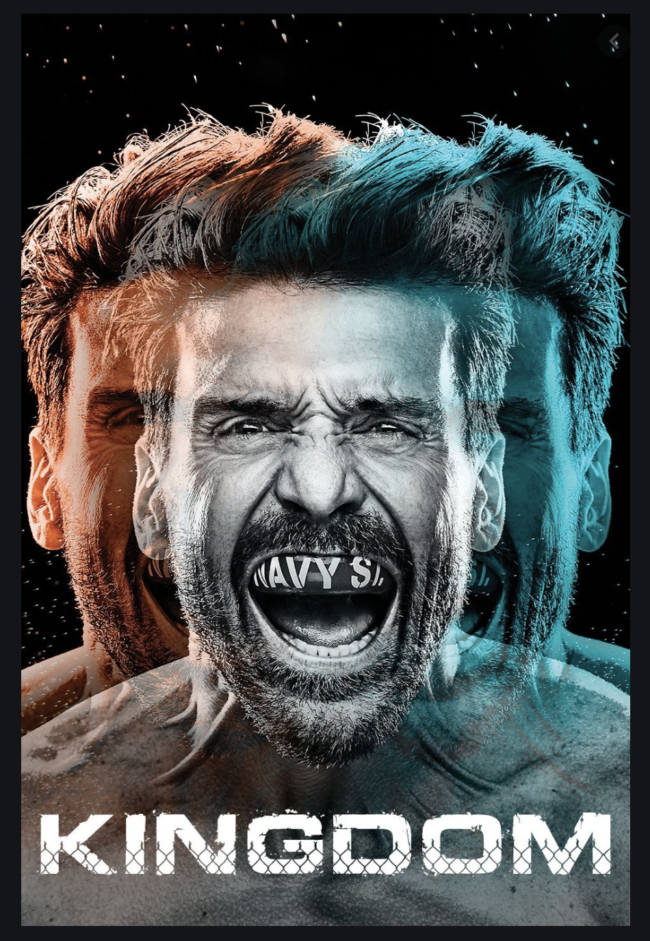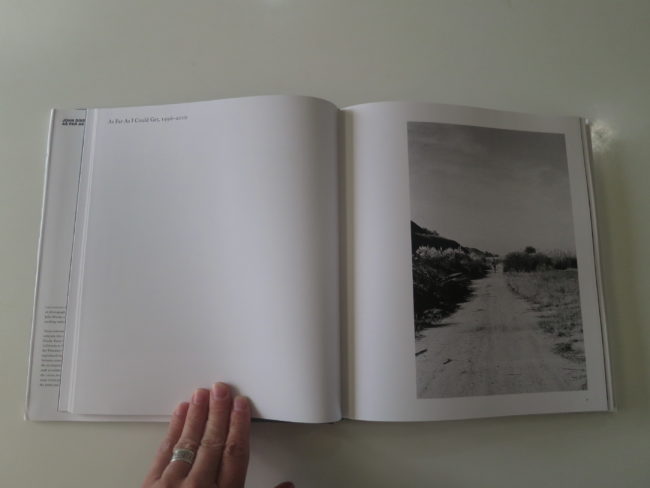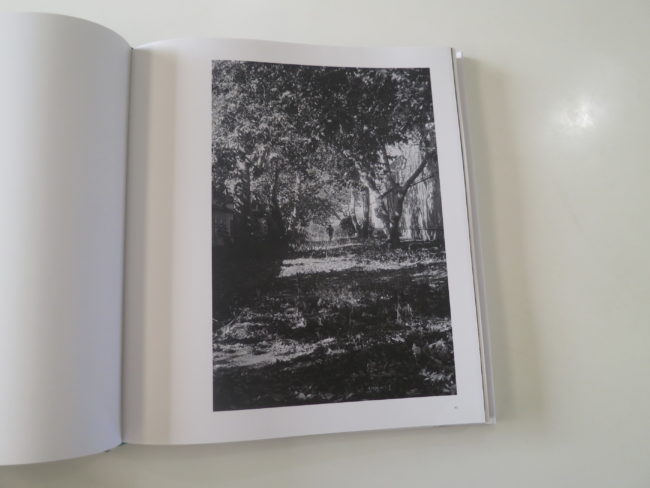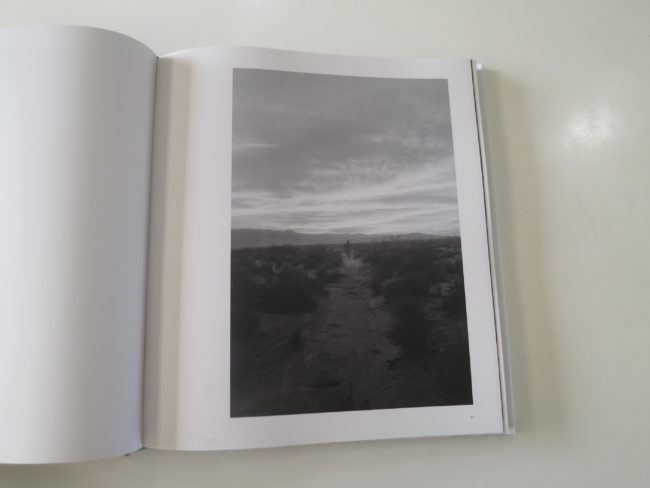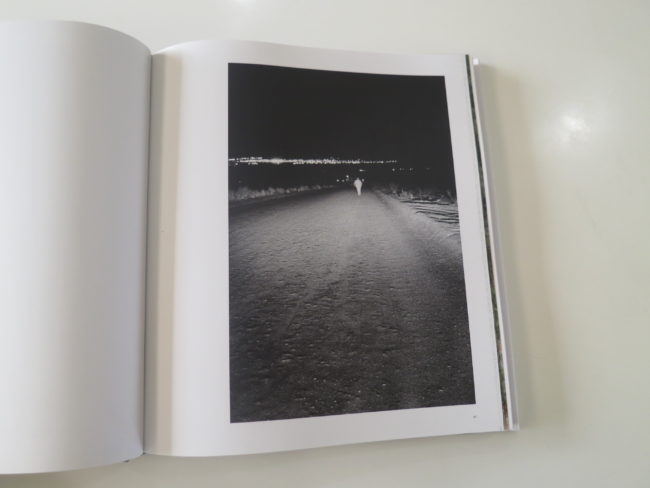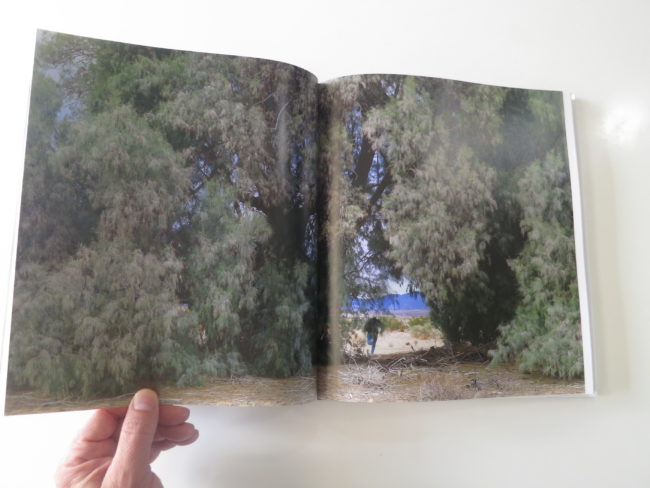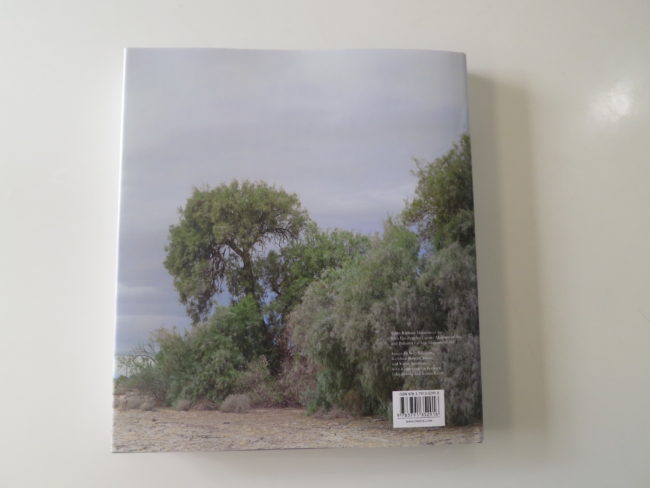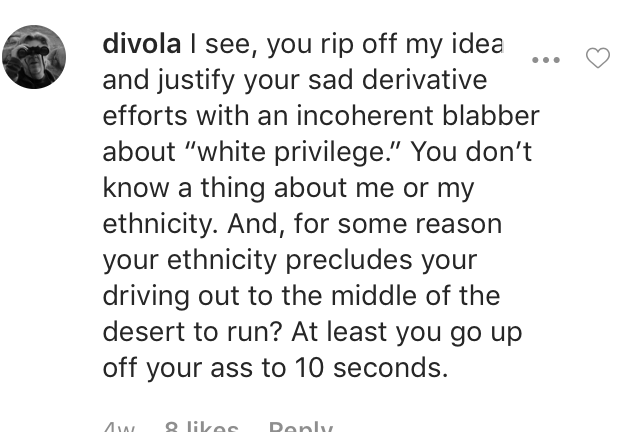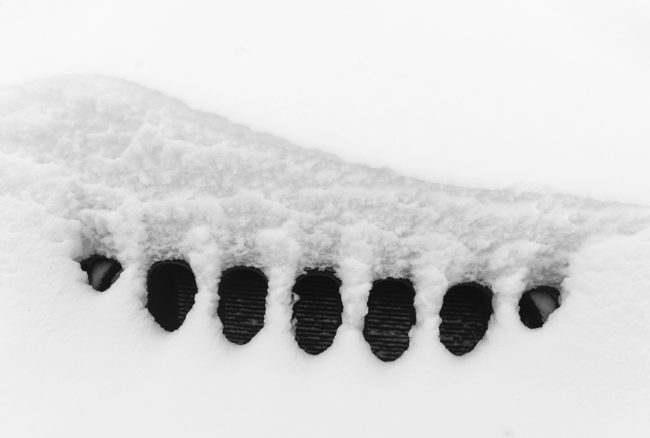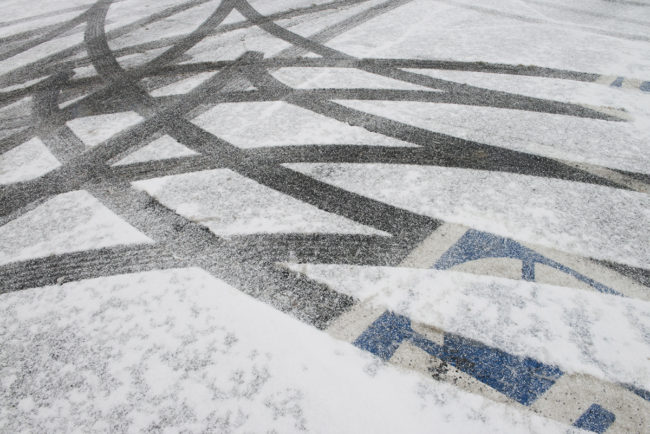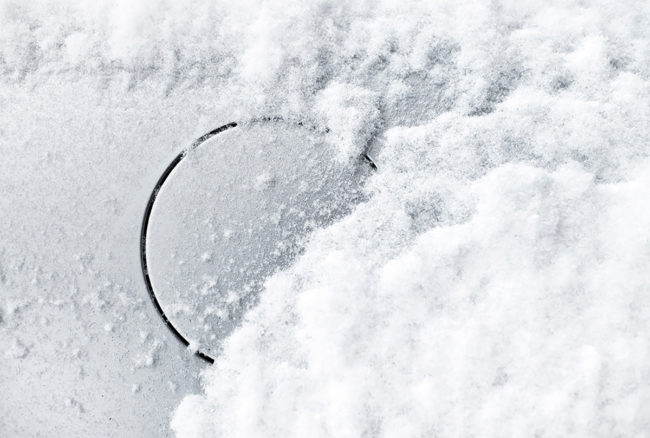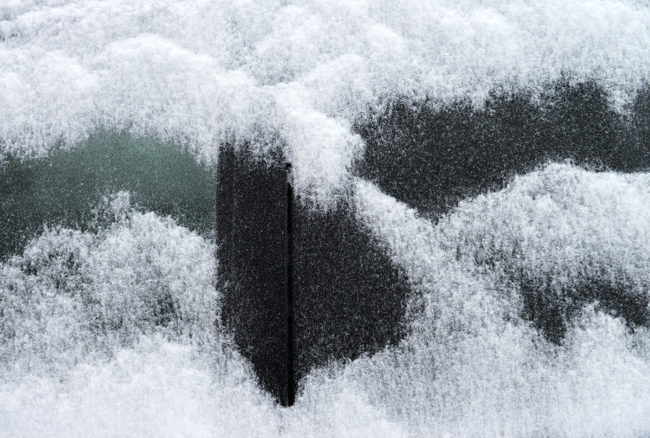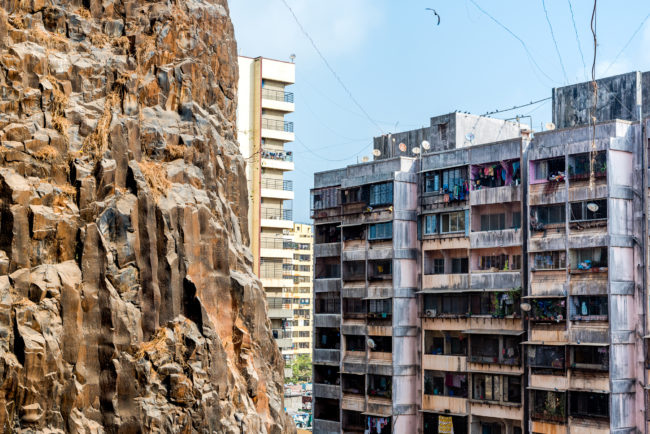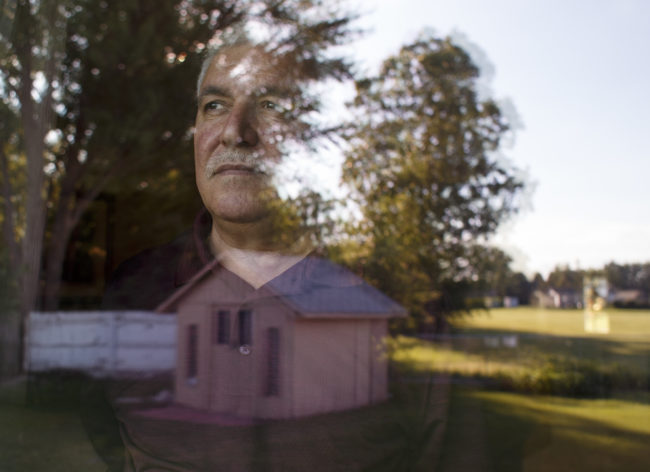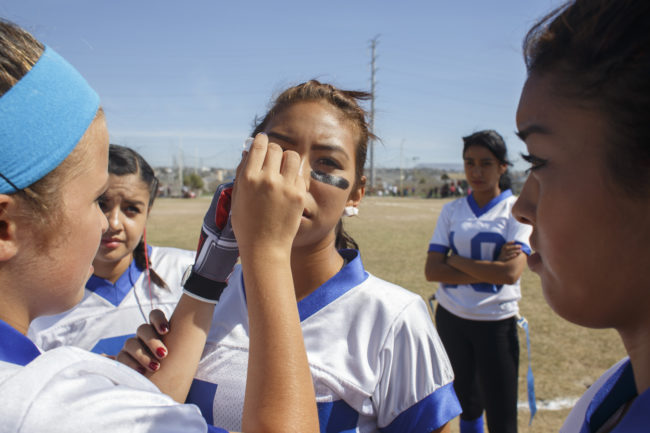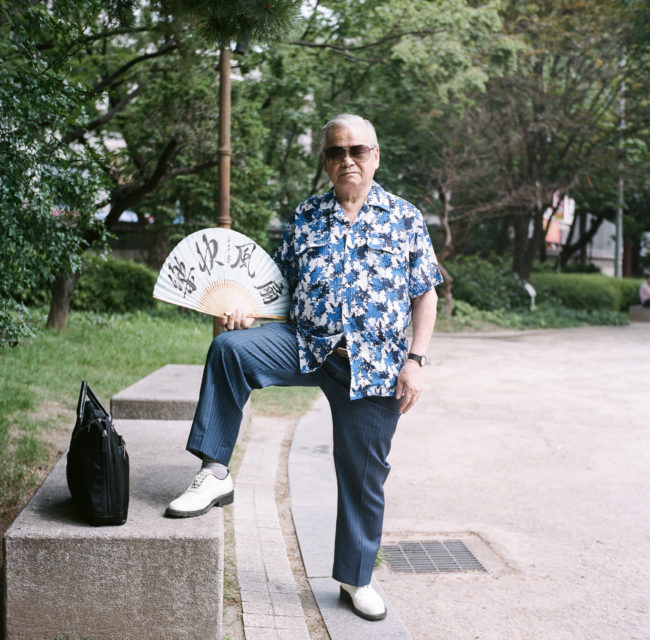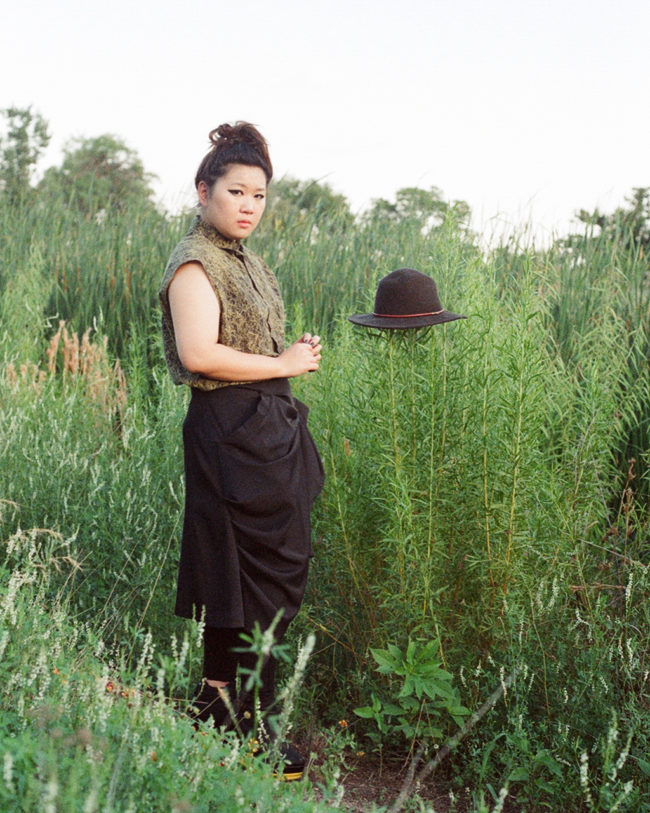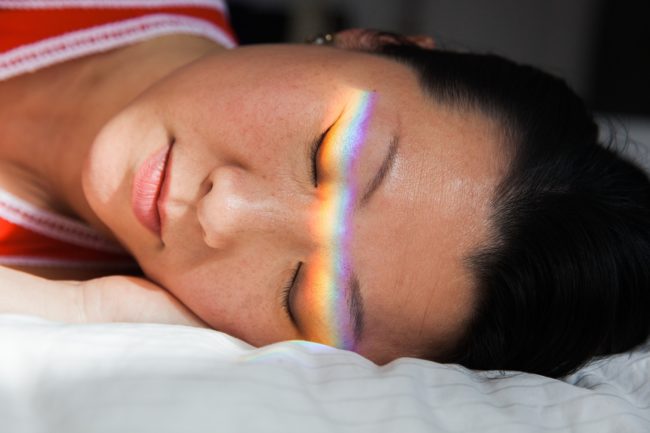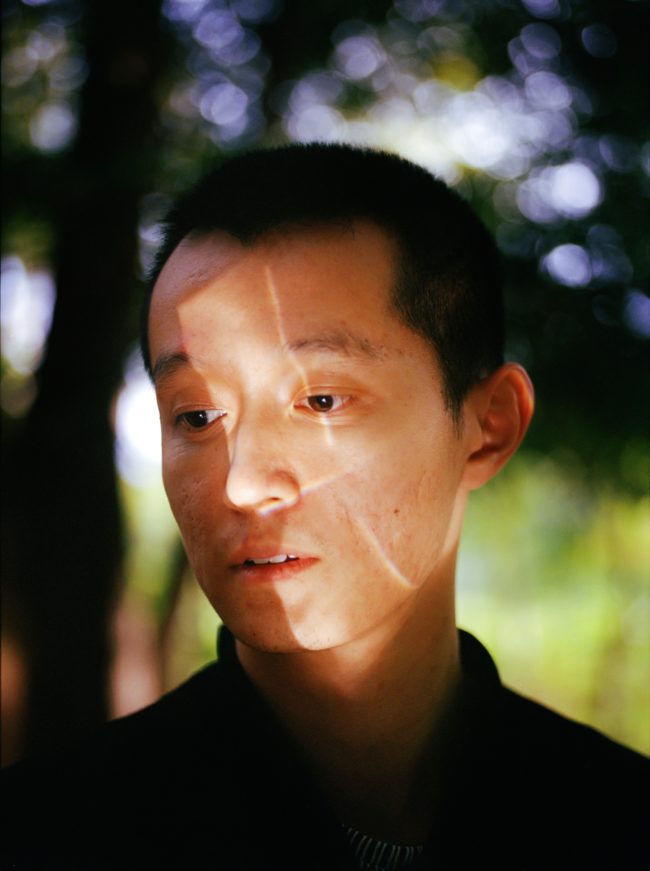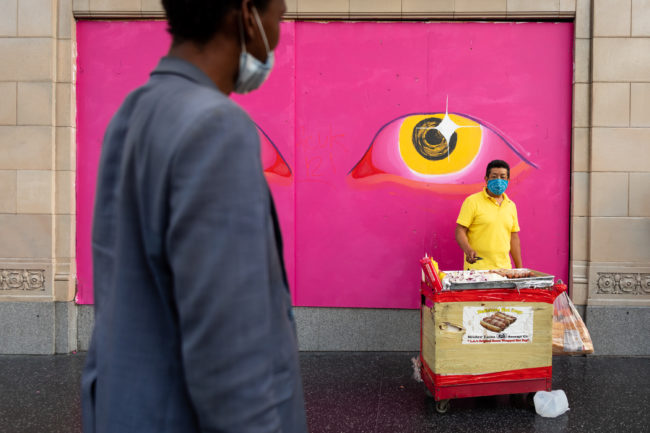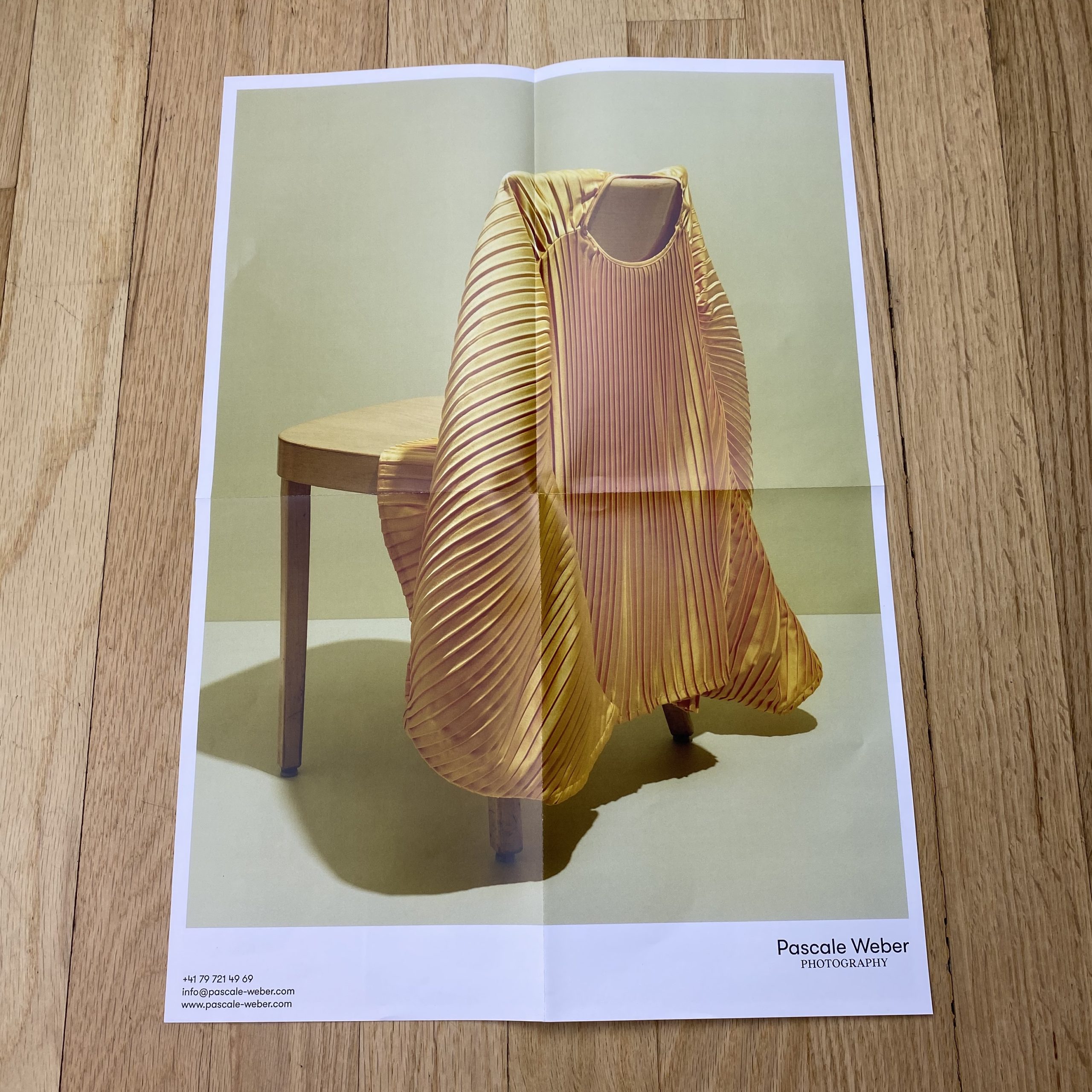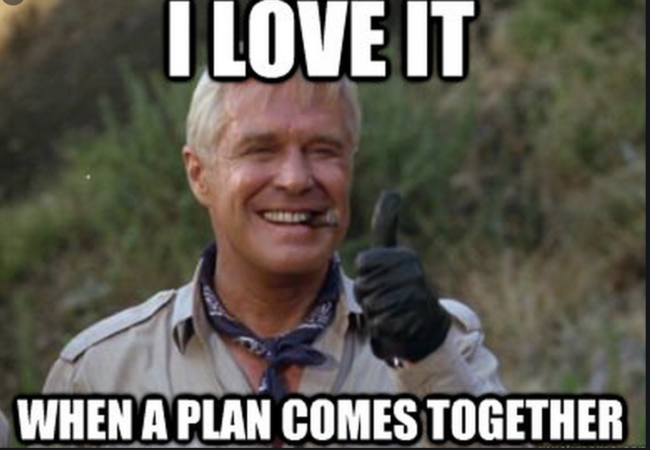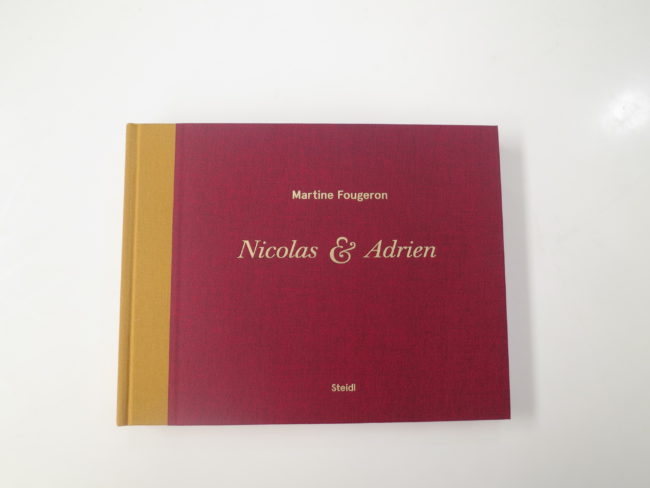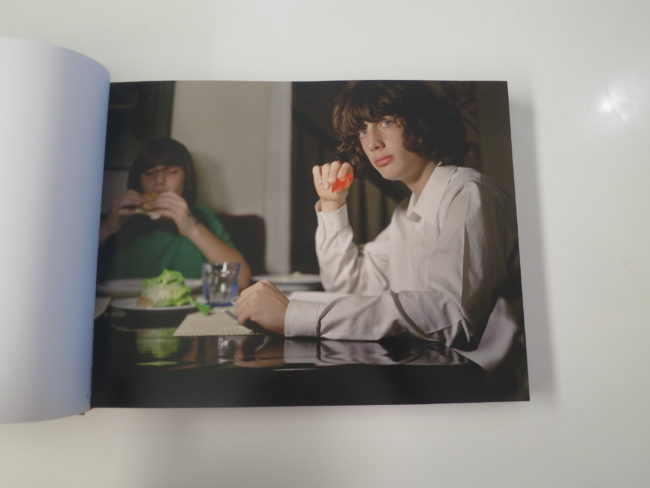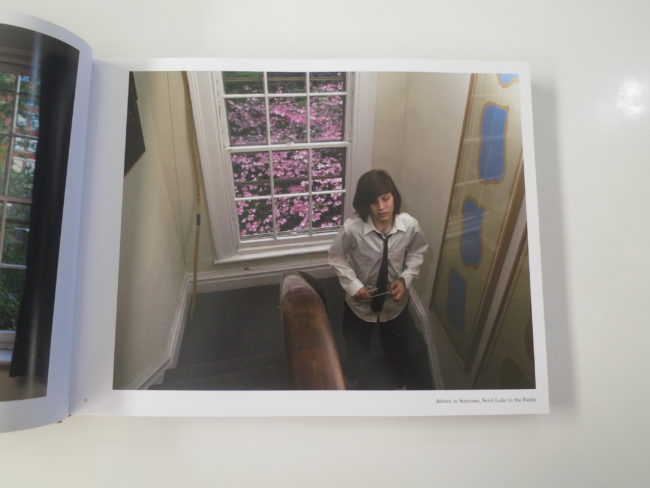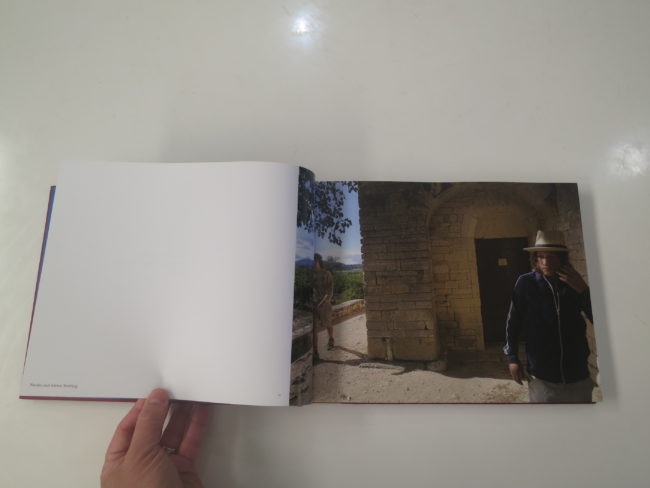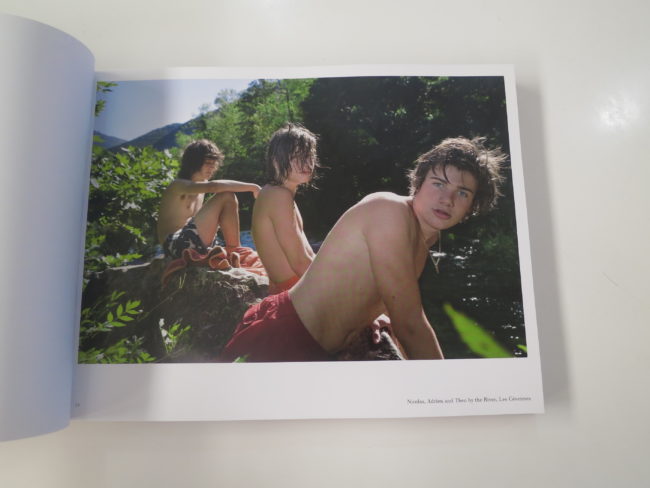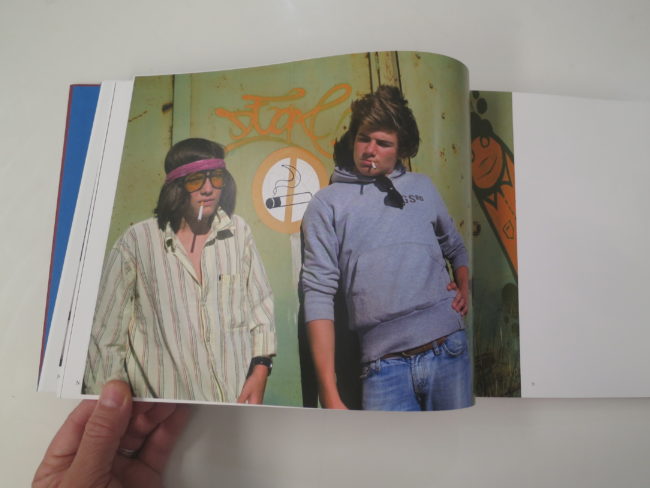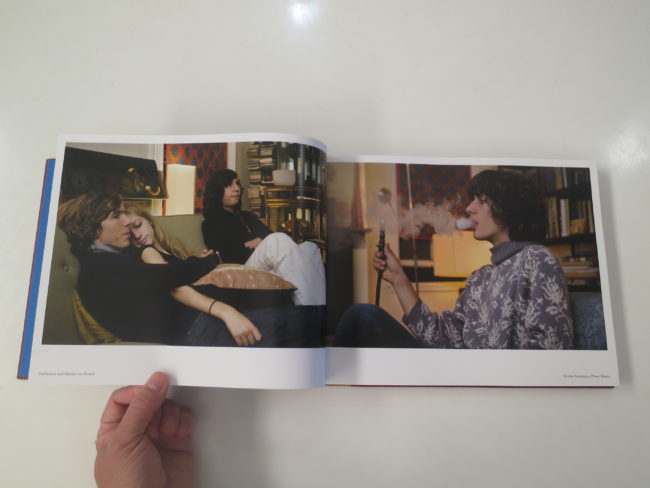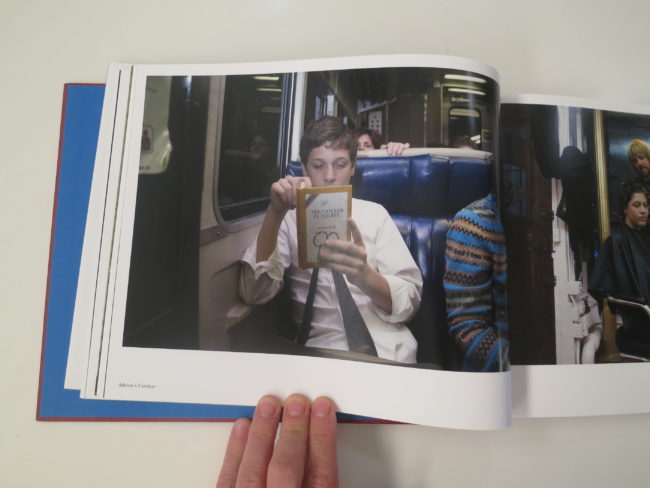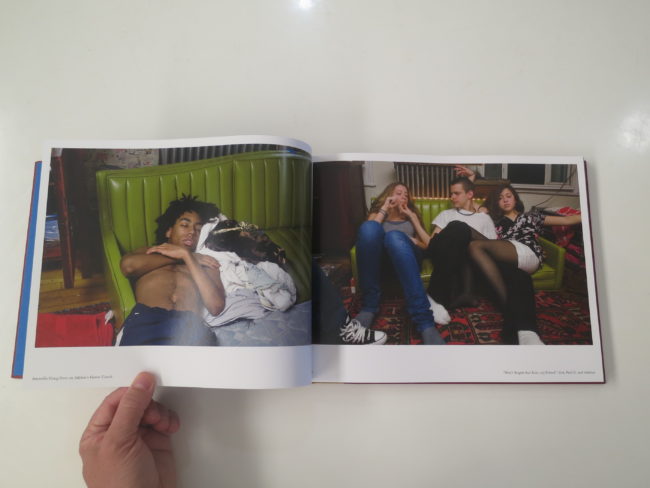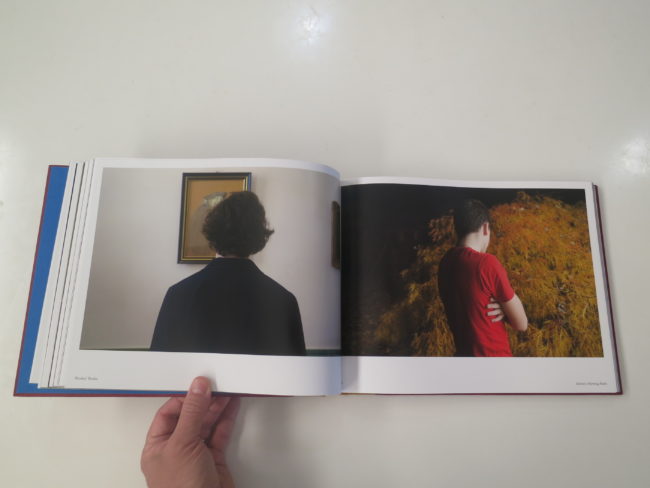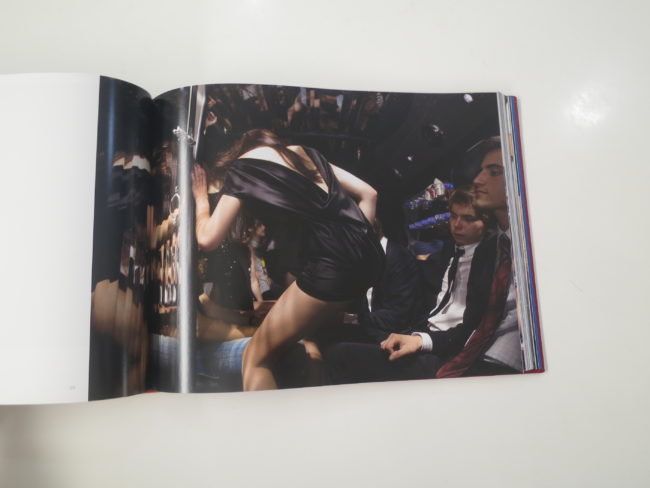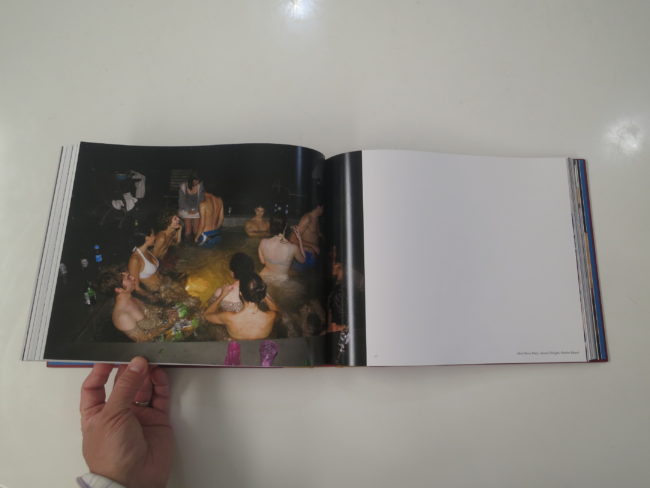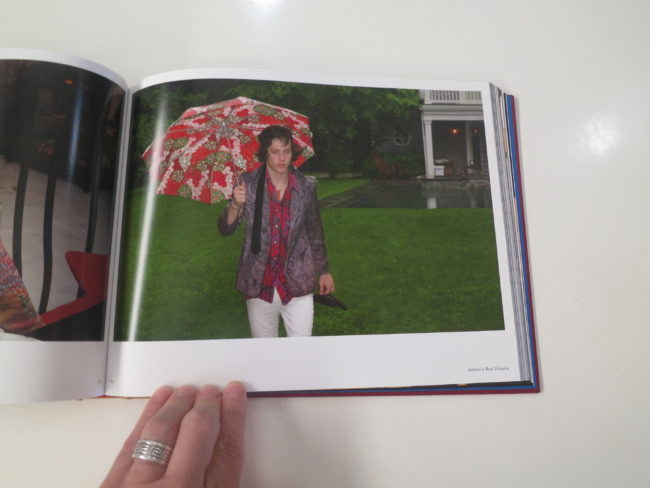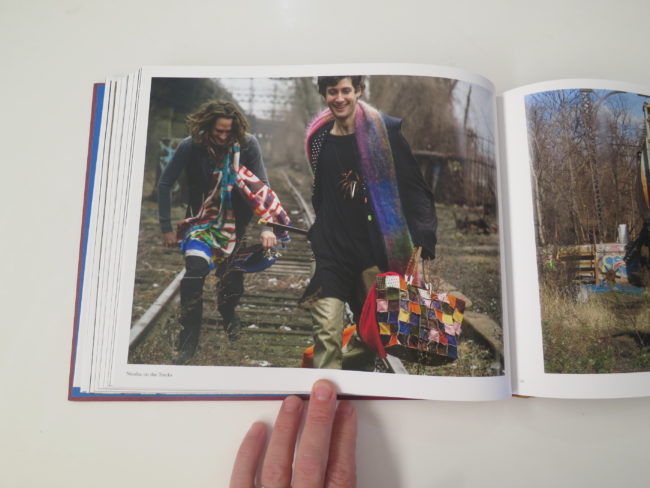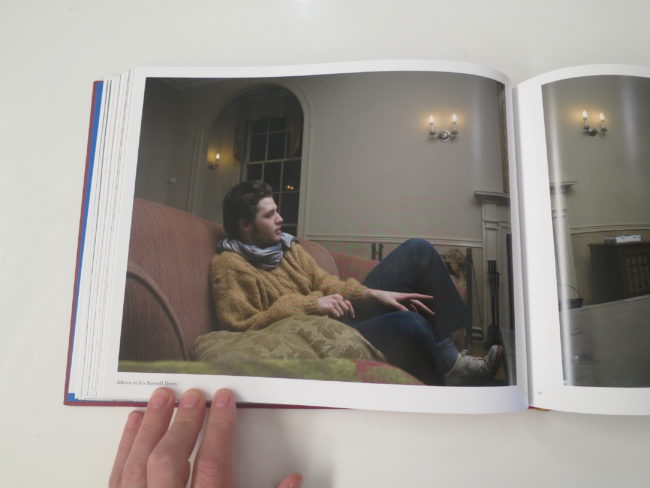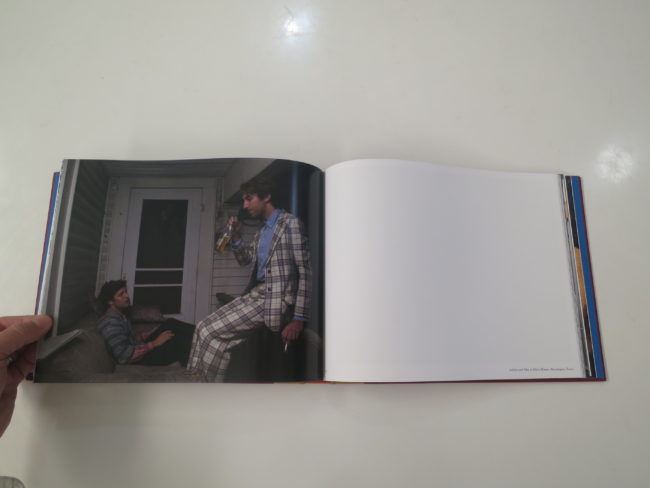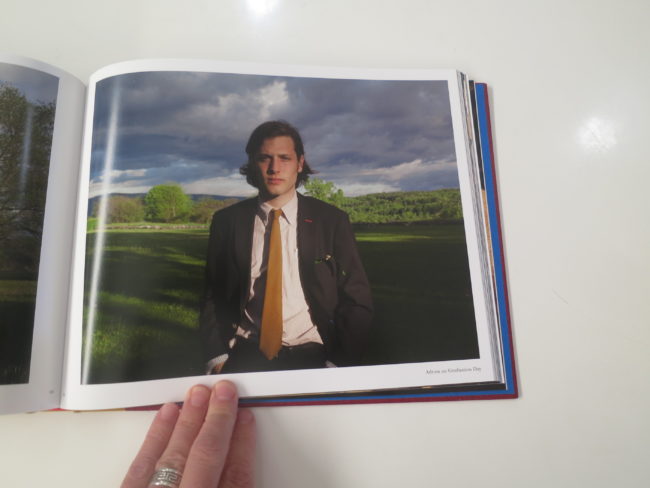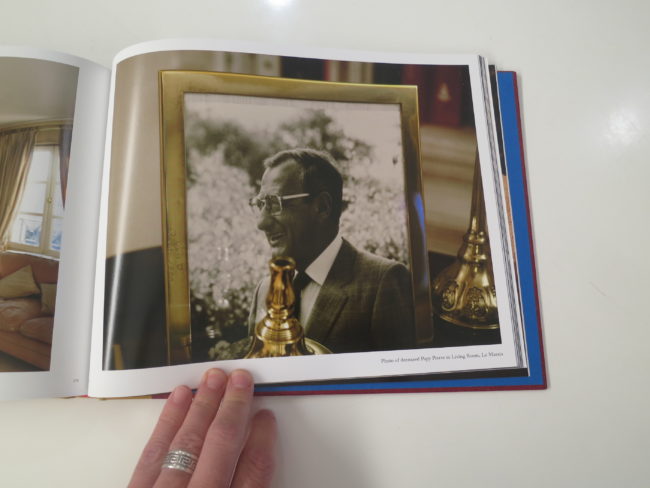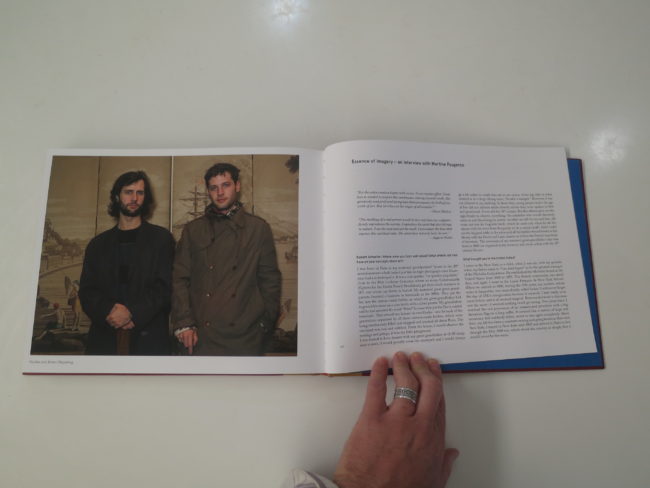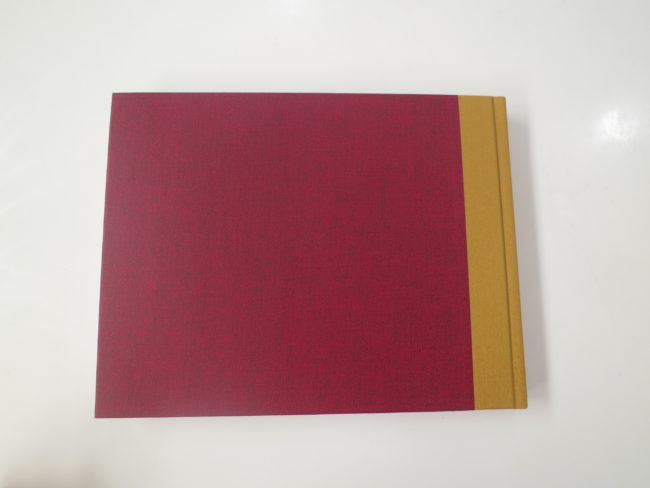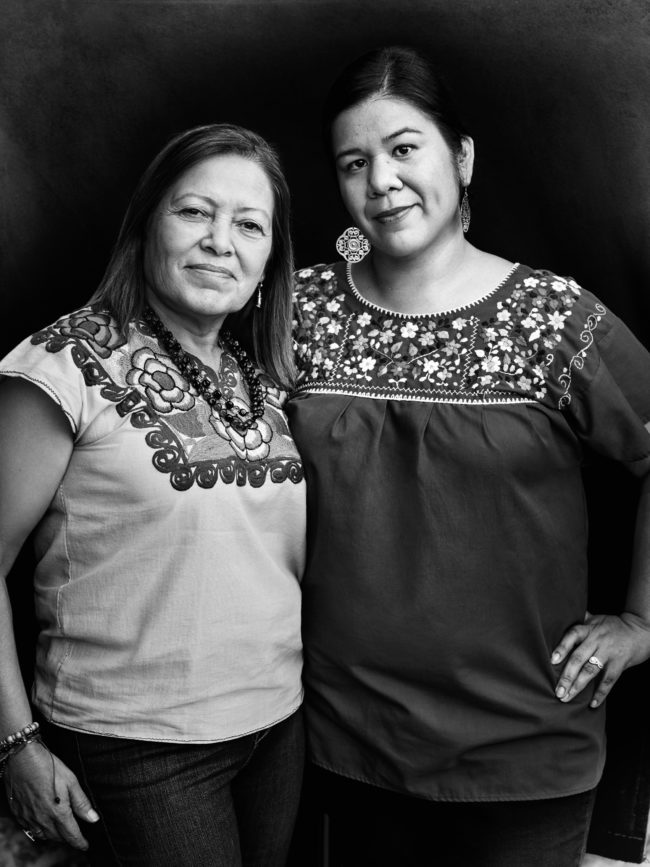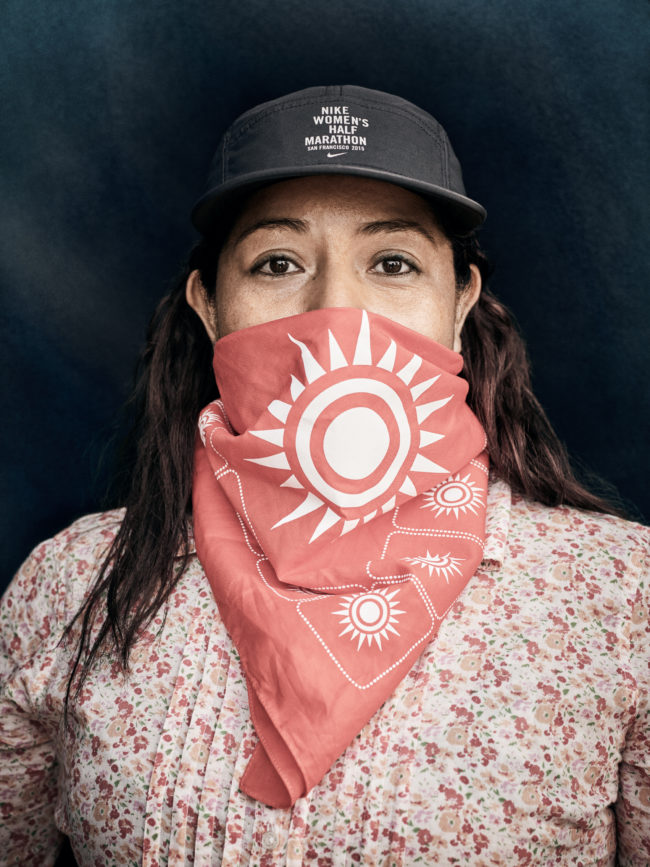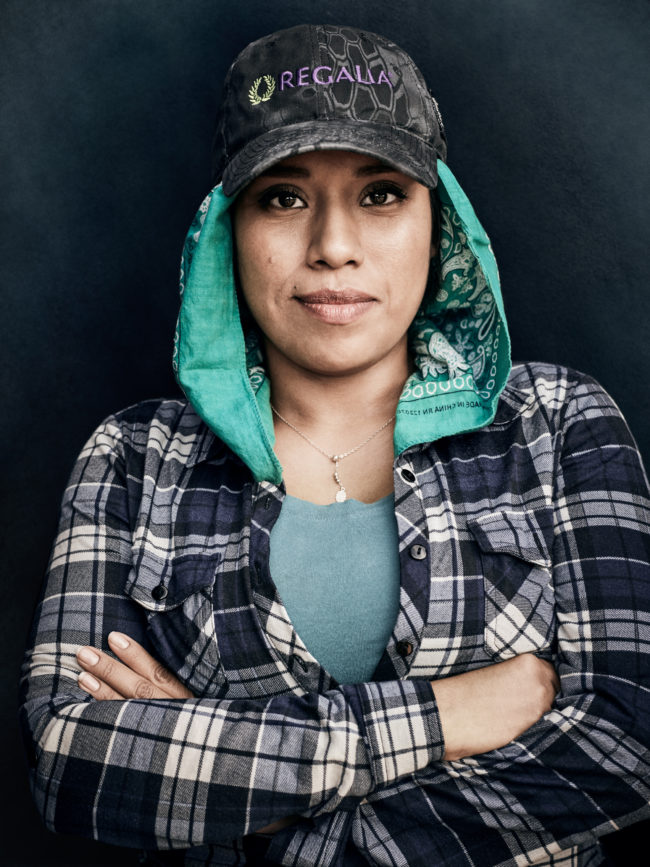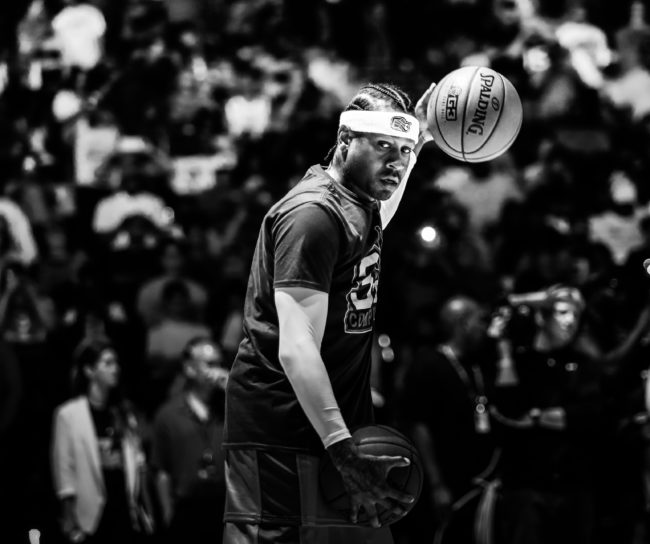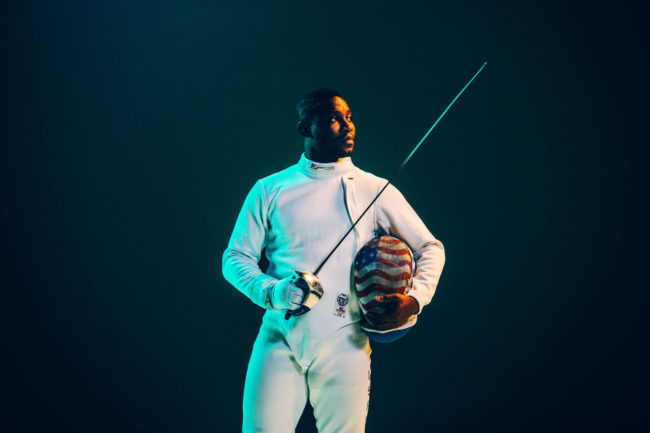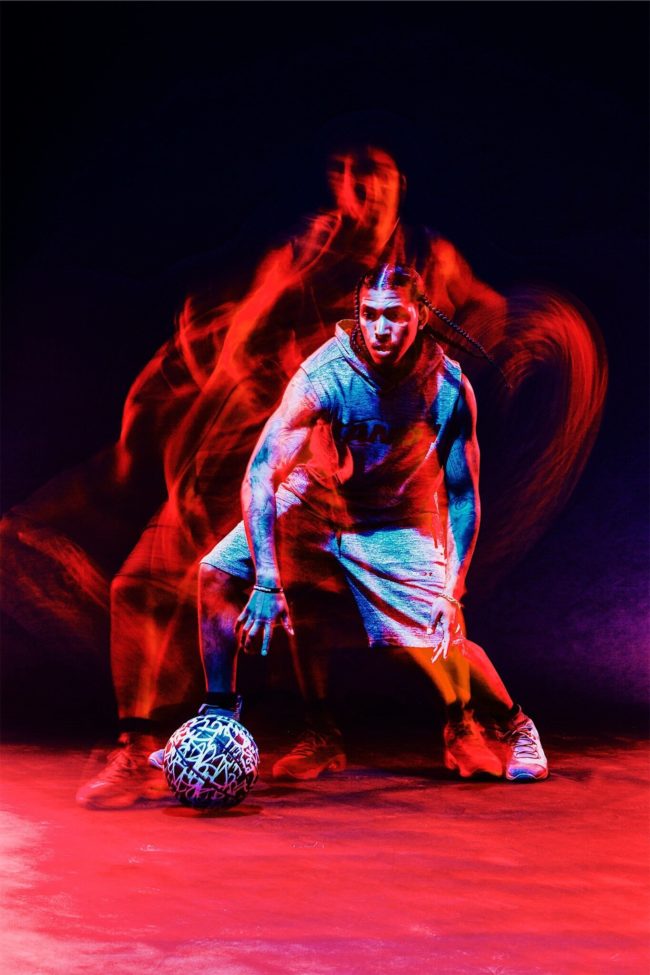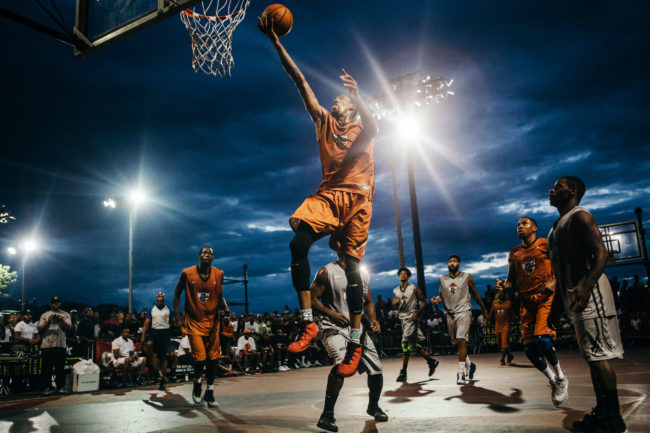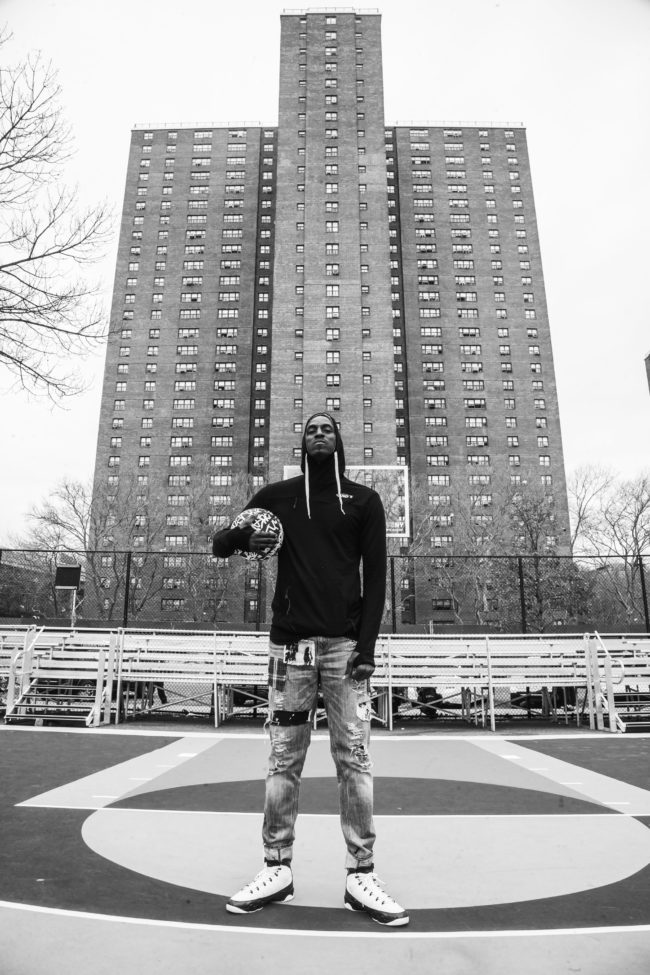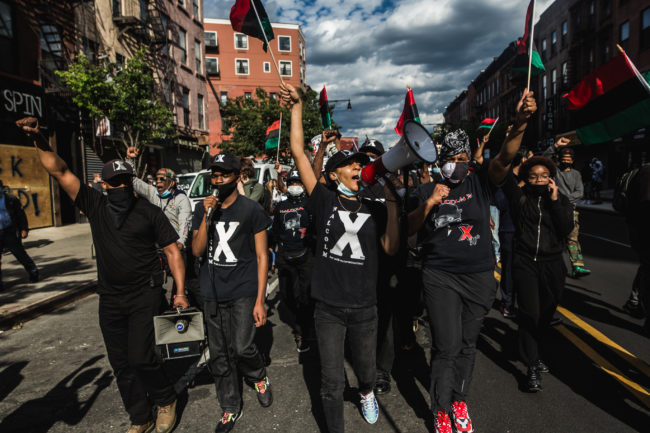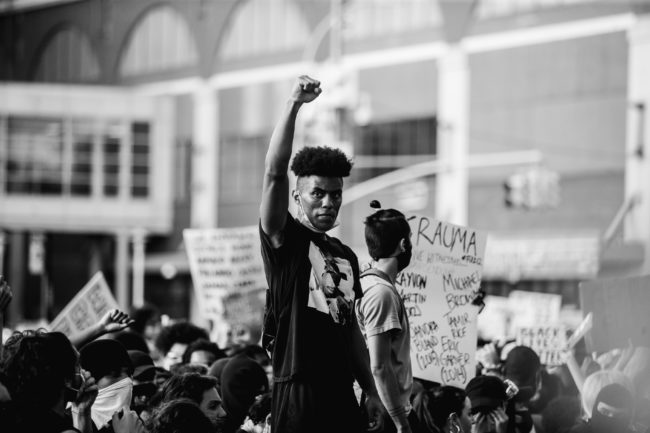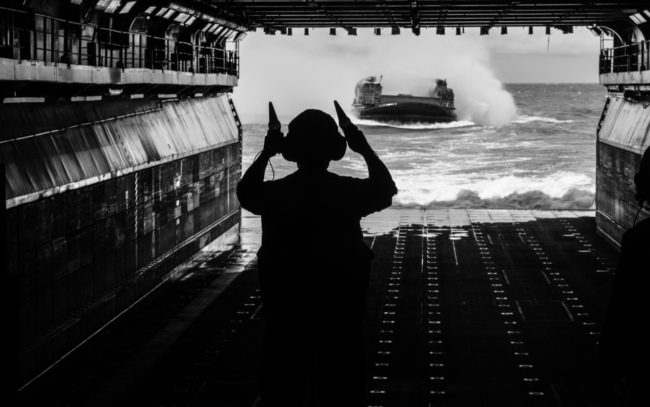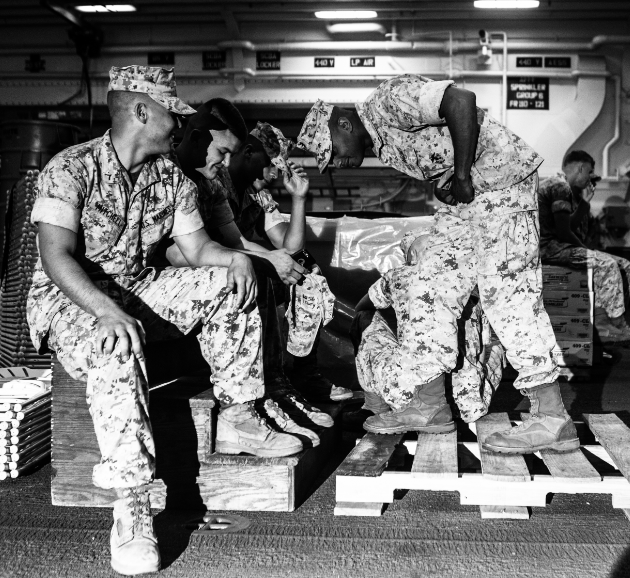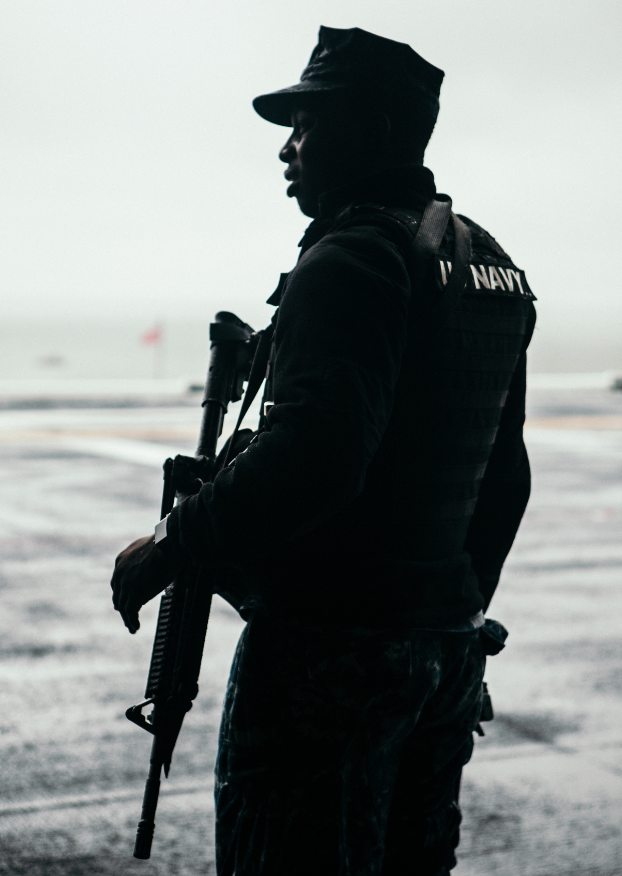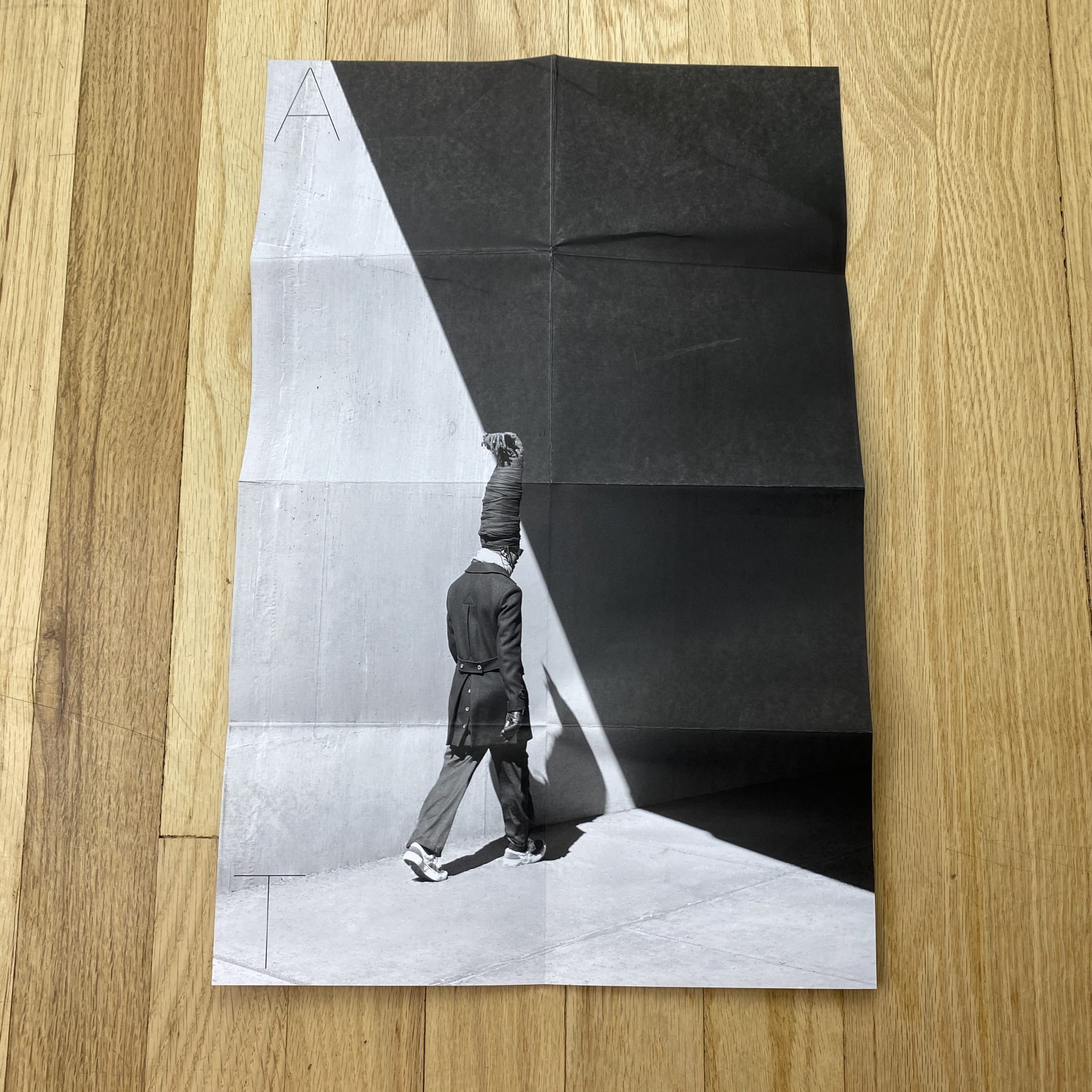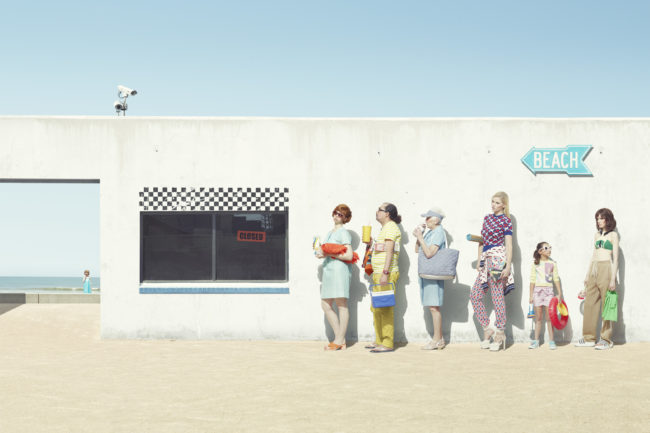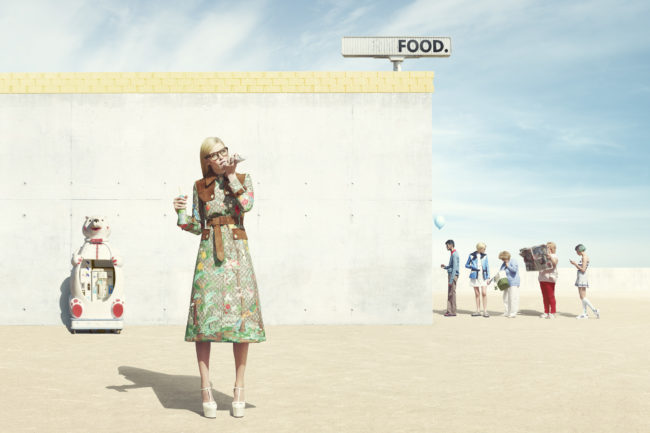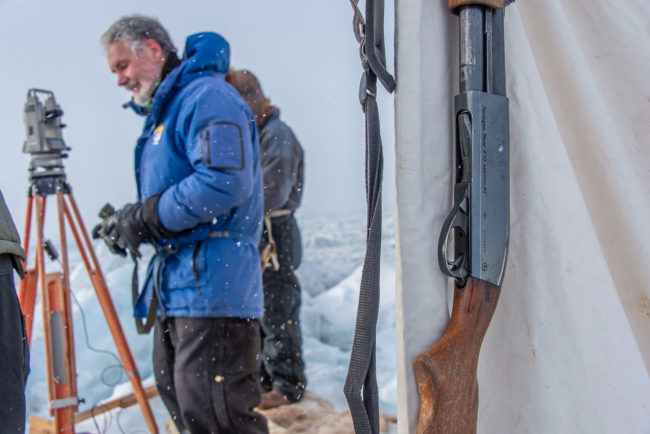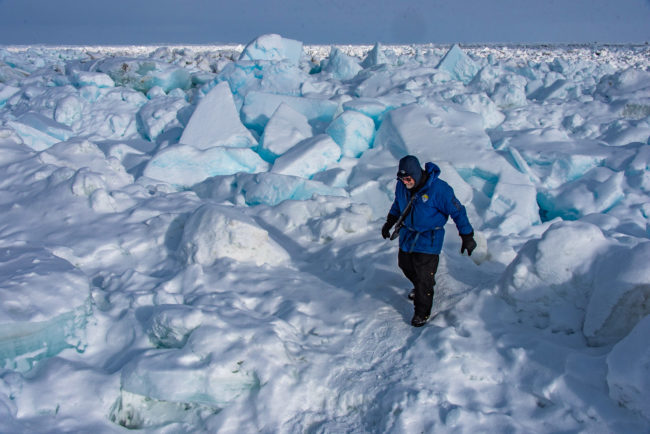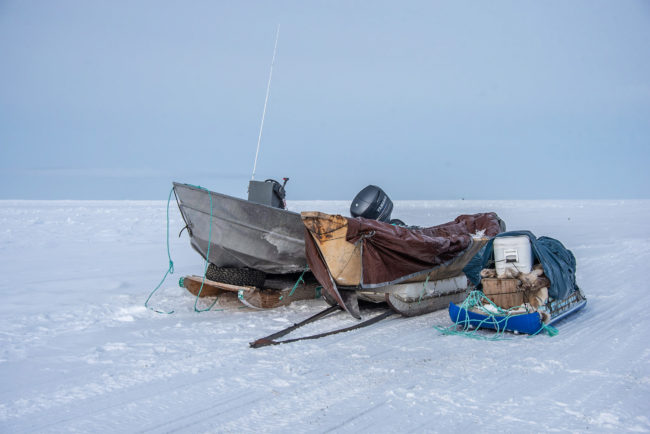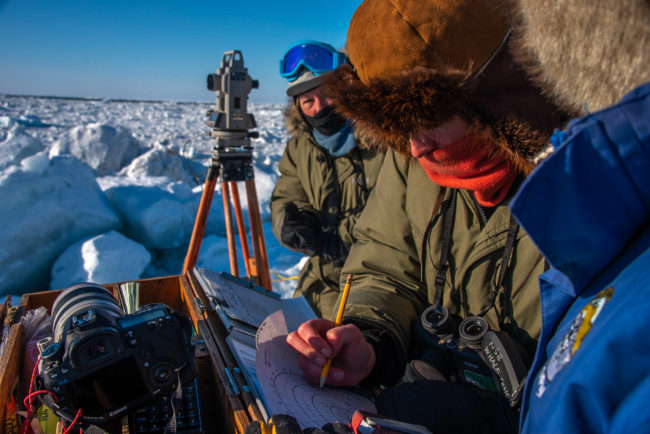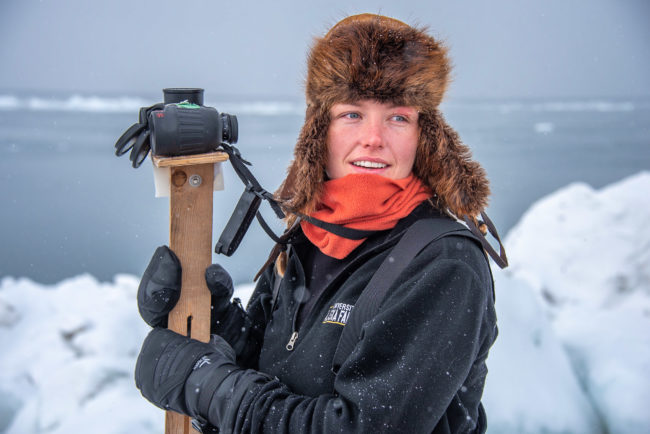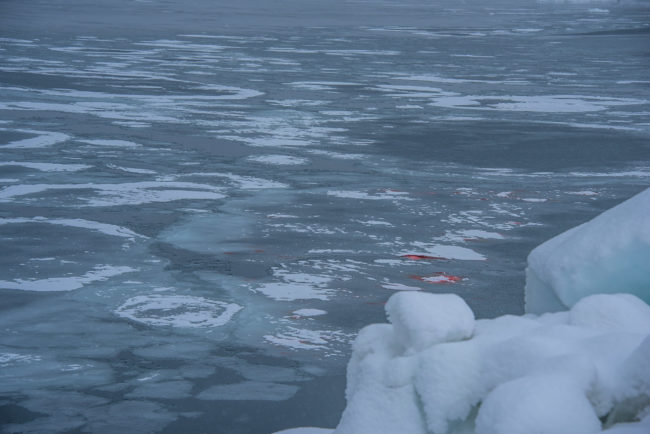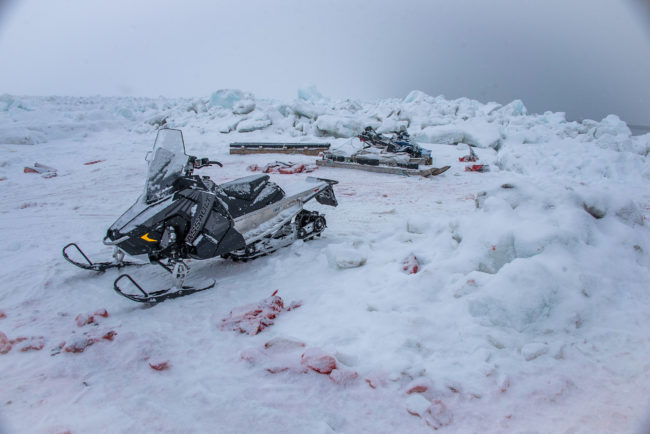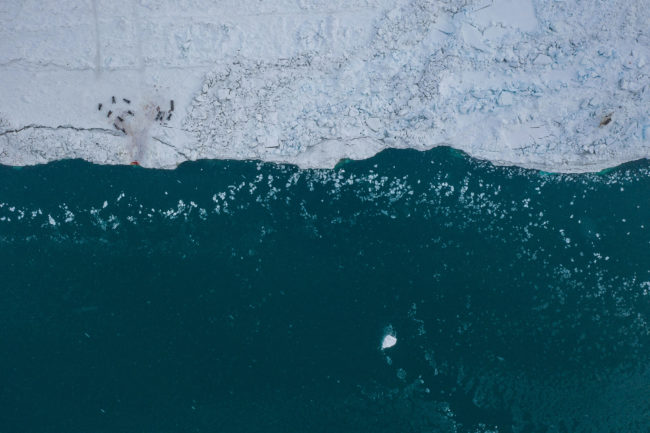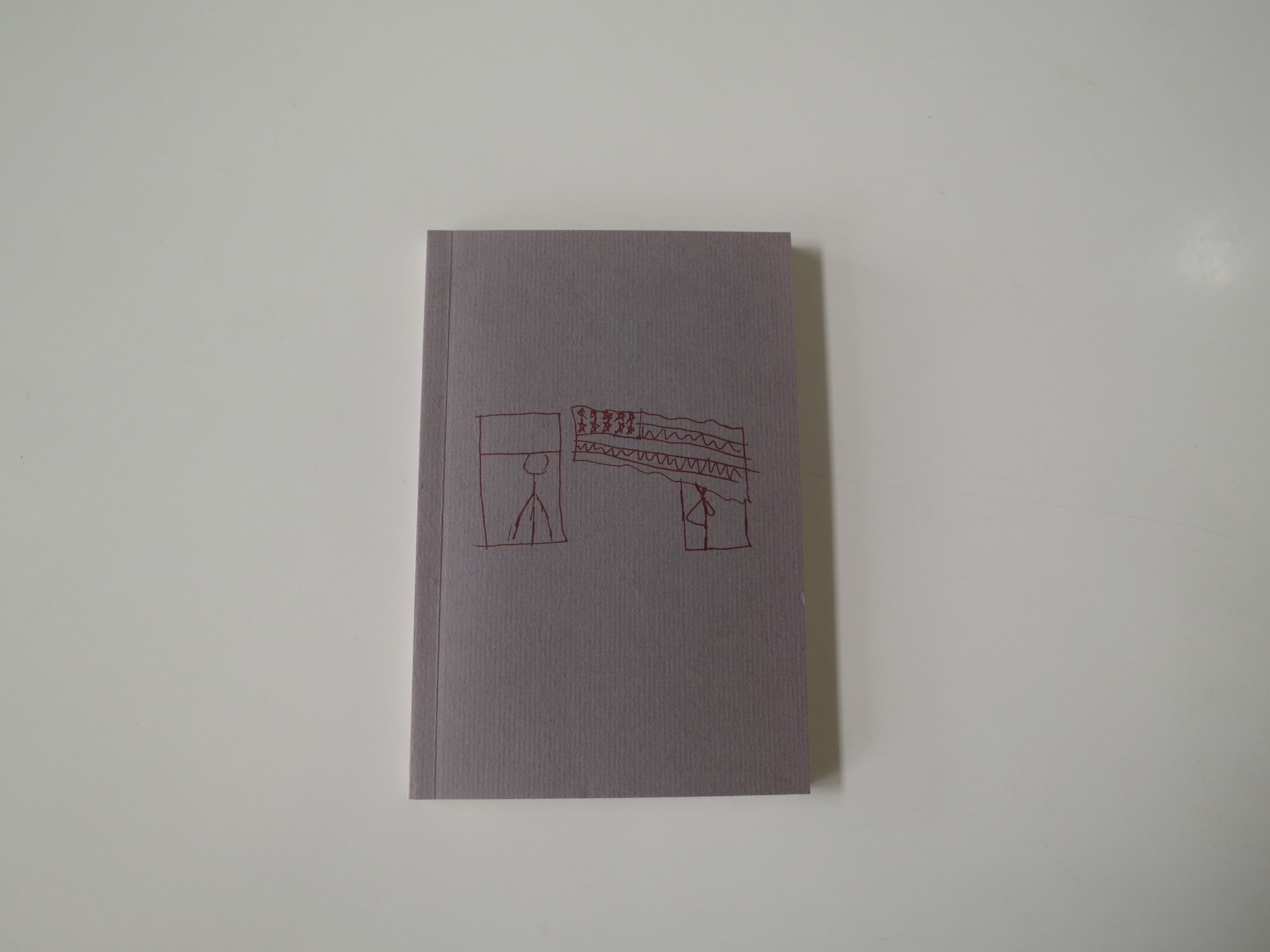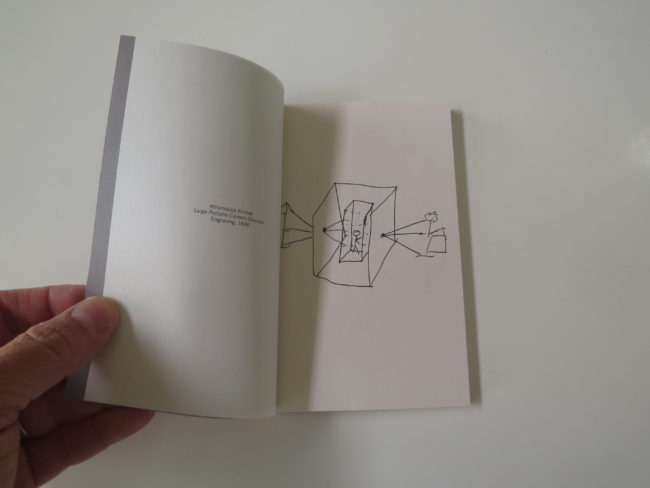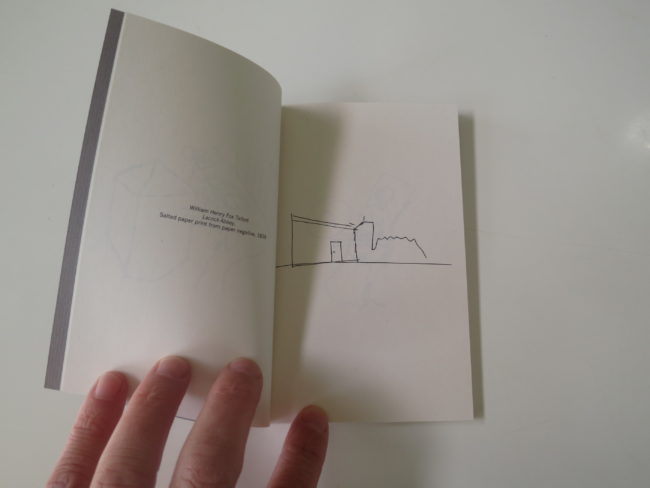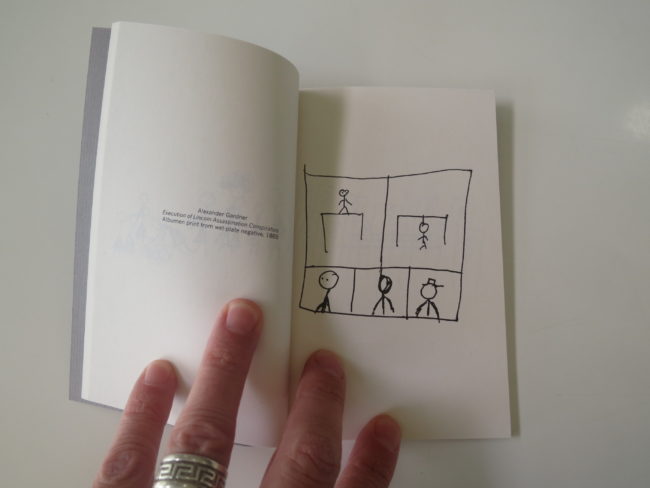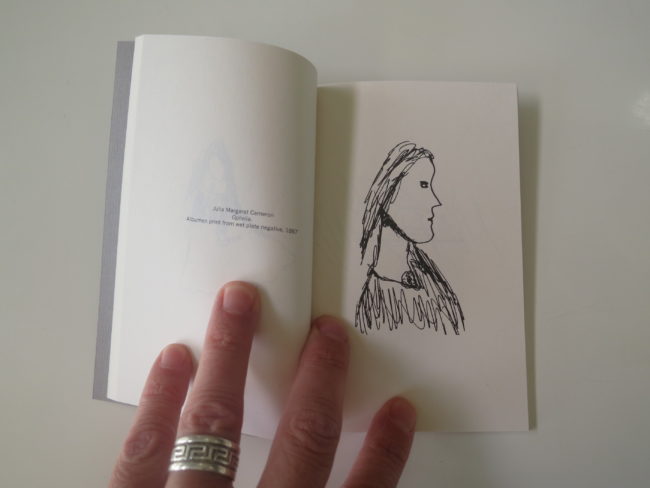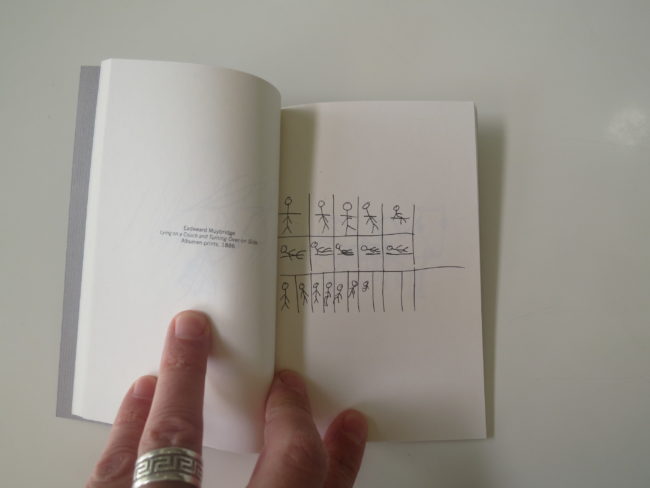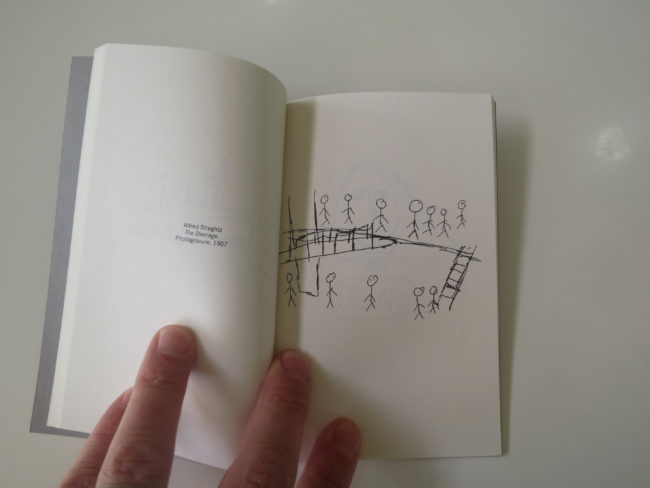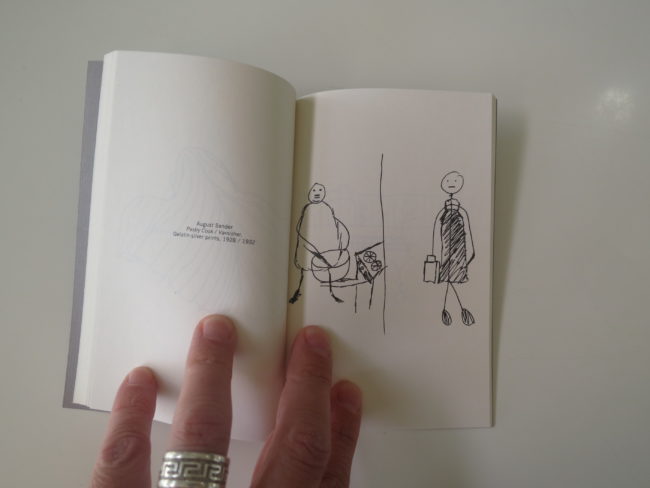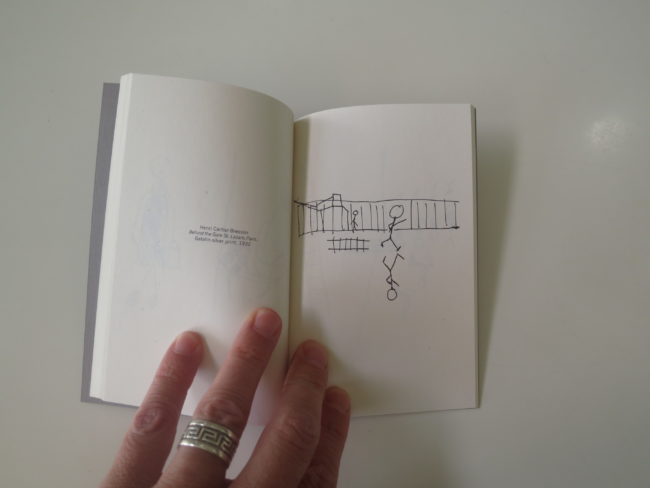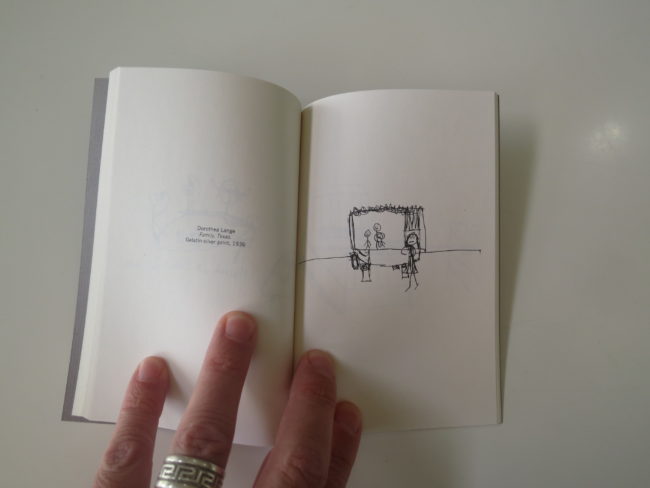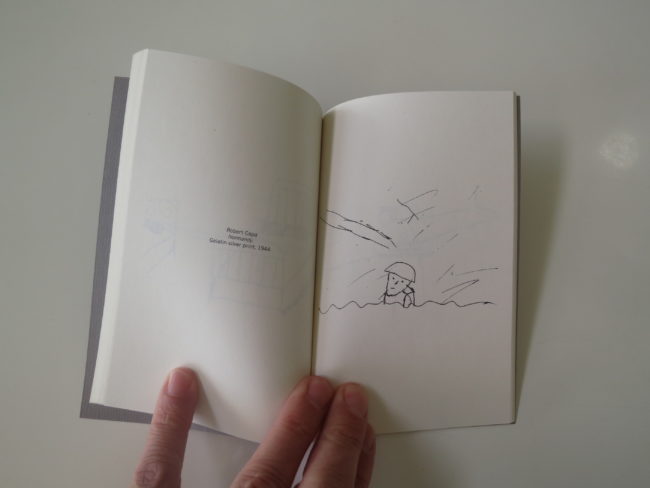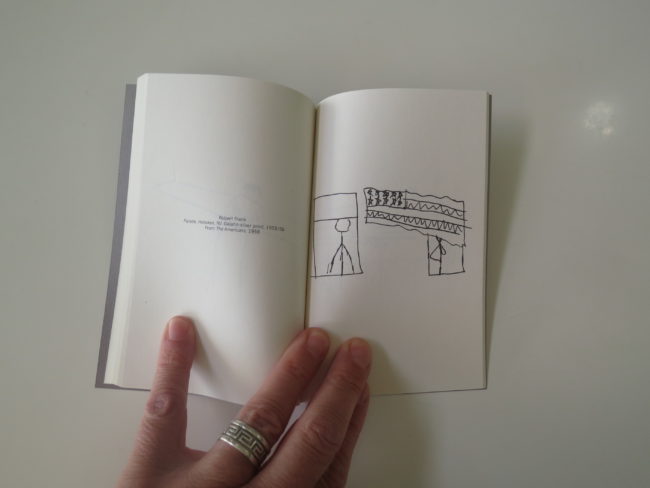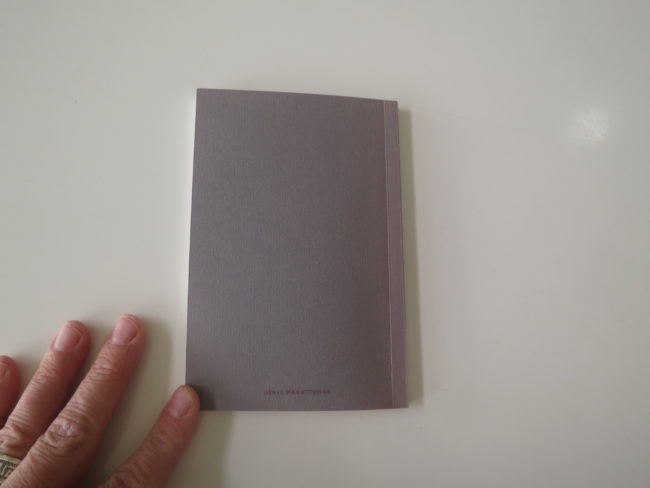This scam is making the rounds again. You can see how determined they are to making it work if you check out the thread below. If anyone wants to pay you an advance and have you send part of the money to someone else (who you don’t know) DON’T DO IT!
–aPE
From: adambartlett70@gmail.com
Inquiry for your photography services
Hello,
I’m Adam, a beauty, fashion and lifestyle writer and editor at basementapproved.com. I saw your profile on workbook.com which led me to some of your work online and after going through your portfolio, I would like to learn more about your services.
I am working on a new project and I’m compiling shots for www.basementapproved.com “fashion page” segment and would love to collaborate with an experienced photographer on genres such as beauty, fashion, vintage, art, lifestyle, and outdoor.
As the photographer on this project, you will concept, shoot, and produce 36 images, featuring 3 models. You will be required to work with a recommended hair/makeup artist and a wardrobe stylist, and bring a smart, fun approach and distinct style.
Please check the link below for some samples of my previous work and the attached PDF for a full job description and let me know if you find the project interesting and would like to know more.
LONDON FASHION WEEK STREET STYLE
BACKSTAGE AT PFW SS/20 WITH TOM GOT THE KEY
128 PLAYERS, 4 TOURNAMENTS, 1 GAME
Warm regards,
Adam Bartlett
Job Title: Freelance/Independent Photographer Needed For a Fashion Shoot
Job Type: Contract/Freelance
The Basement, one of the world’s fastest growing fashion and lifestyle media brands, is looking for a professional model/fashion photographer to produce an independent outdoor/indoor fashion photo shoot for the magazine’s fashion and style contents (Web, Facebook, Instagram, and YouTube). The Photographer will shoot with our wardrobe stylist, three models and H/MUA.
To be considered you should be experienced on genres such as beauty, fashion, portrait, culture, art, lifestyle, and music.
Job details:
- You will be required to work with 3 models (a male & 2 female), H/MUA and a wardrobe stylist. 2. There will be 3 outfits per model, 4 images for each model and outfit, which totals 36 images
- Outfits/Wardrobe will be supplied by us
- Shoot budget: $9,200
- Photographer’s compensation: $3,000 ($1,500 upfront; and $1,500 balance payment).
- Talents’ compensation: $6,200
- You will hold full image right (Licensor)
- Images will be posted as an editorial content on www.basementapproved.com for 12 months
Deliverables:
- We want 36 professionally taken pictures in High Res Digital Copies
- Editorial Web Large images: 1080p
- Image type: JPG
- Transfer method: Fileshare or Dropbox
- Images delivery deadline: July 24th, 2020.
Responsibilities:
- Photograph six to eight hours fashion shoot
- Produce focused images for use online.
- You will evaluate and pick your Location, date, and shoot time
- All editing/post production will be handled by photographer (little retouching)
- After the shoot, photographer will upload the top 40-45 photos for the client to choose from
- Contact and work with a recommended talents’ agent for the shoot
As the photographer we want you to handle other aspect of the gig and dictate the creative direction.
If this seems like a project you would like to work on, please reply for more details.
——————–
Hello ________,
Thanks for the reply and the interest to work with us on this project. The details of the gig include an agency which will be providing three fashion models, makeup and hair stylists. The total budget for the project is $9200 (photographer gets $3000 and $6200 for the talents). You will be paid 50% ($1500) upfront plus the talents budget while your balance payment of $1500 will be paid after sending us proof that the job has been done; usually watermarked images.
Wardrobe will be picked by our in-house stylist but styling will be handled on location by the talent agency and their stylist; the outfit will be sent to them. I’m a writer and an editor for Basement Approved and I handle most of their content for North America. Images are guaranteed to feature as an editorial on basementapproved.com for 12 months and you will be credited for the images.
We want a gritty outdoor look with a clean product focused image; I’m attaching some pictures as samples. I will advise you to use 2 to 3 locations, doesn’t have to be city centre but must be urban; one could be very natural/parks while the other is gritty/old bricks/streets but clean. You will have to do little retouching if pictures can be taken with natural lighting. Final images will be 300dpi or larger, to be delivered via dropbox.
Photographers we hire usually take on the responsibilities of coordinating the shoot, selecting location, and disbursing fees. Your upfront fee will be issued prior to the shoot; this covers your upfront and extra for talents’ fee payable in advance to their manager.
Please confirm if you are comfortable with this arrangement by providing the name and address to be written on the contract as well as for your check then I can work on the contract and the mood boards.
Regards, Adam
——————–
Adam Bartlett <adambartlett70@gmail.com> wrote:
Hello ________,
Thanks for clarifying things. I believe there must have been a misunderstanding. What I meant to say during our call was that the $3,000 budget covers stuffs like retouching/editing and parking fees but not EQ rentals and assistant’s fees, that was why I asked for your assistants fees so I can bring it up with my team head. I sincerely apologize for the mix up. We’ll be able to cover fees for both assistants, EQ rentals and refreshments for the crew in a new budget. I’ll get back to you with more info on this when I hear back from my team head.
Warm Regards, Adam
——————–
Adam Bartlett <adambartlett70@gmail.com> wrote:
Good Morning ______,
That sounds good. I’ll let you know as soon as the new budget is approved. Thanks for accepting to take the job. I apologize for the delay in getting back to you with the mood boards and talents info. We just rounded up discussions with the talent agency yesterday.
The agency providing models, stylist, and H/MUA is Keele & Barton Talent Management and I will want you to discuss possible dates and locations with the agent (Andrew Barton) while I work on getting your upfront and the contract; you can contact Andrew on abarton@keeleandbarton.com or text on 631-770-7240.
I have attached the wardrobe mood boards to this mail for your review, I hope this helps with the creative direction. Let me know what you think.
Regards,
Adam Bartlett.
——————–
Adam,
Thanks for getting back to me.
I have to ask: why doesn’t this talent agency have a working website?
Regards,
——————–
Adam Bartlett <adambartlett70@gmail.com> wrote:
Hi ————,
Thanks for your email. I believe they mentioned during one of our many meetings that their website is currently under maintenance and should be back up shortly before a shoot date is finalized. You could reach out for a better explanation on their side.
Warm Regards
Adam Bartlett
——————–
Hi Adam,
I just tried calling you, but I got your voicemail. Not sure if you are already on holiday…
I have a few questions for you;
– When can you send the contract to me?
– Can you put in the contract what expenses you are paying for.
– When will I receive the advance payment?
– I heard from your contact Andrew at the agency. I’m a bit confused by some things in his email….
– I would prefer that Basement Approved pays his agency directly. He seems to think I am paying him?
– You mentioned in our conversation that you wanted “real people” models for this shoot. However, Andrew is showing me “beginner” models.
– He is also only showing me three models. Did you want me to look at more people before we decide?
– Andrew at the agency is asking to see location scouting images. Why? I have never had an model/hmu agency ask for location shots. Does he need to approve them? Just curious. :)
– You, and Andrew have said you will pay for “refreshments” for the crew. I assume that means snacks only?
I feel that since we are shooting a full day, that we should also provide lunch for all crew members. If we only provide snacks then people will be hungry. And hungry people don’t work very hard. :)
Let me know on the above. I am going to be working on the shoot today, before the holiday weekend.
Regards,
——————–
Hi ————-,
Happy 4th of July. Sorry i missed your call yesterday, had to go be with the family for the holidays. Please find the answers to your questions below;
– When can you send the contract to me?
By Tuesday (7/7) or Wednesday (7/8), it should be fully drafted by then.
– Can you put in the contract what expenses you are paying for.
Yes sure.
– When will I receive the advance payment?
Once we receive the signed contract.
– I would prefer that Basement Approved pays his agency directly. He seems to think I am paying him?
We normally let photographers handle all aspects of the shoot including selecting talent agencies, casting of models and paying models but as i mentioned to you during our call, due to time constraints for the deadline, our clients who is also the sponsor of the shoot recommended an agency to source for the talents based on their specifications.
I haven’t worked with Andrew personally before but i’m told he’s good. I have had some bad experiences with talent agents in the past where they end up not being professional on shoot day because i wasn’t there to coordinate the shoot. This is why I thought being paid by the photographer who would be present for the shoot would be a better idea. Let me know your thoughts and if this is a deal breaker for you.
– You mentioned in our conversation that you wanted “real people” models for this shoot. However, Andrew is showing me “beginner” models.
We selected three models out of a total of six that were brought up that met the specifications of the project. However, I’ll suggest to Andrew to send com cards of the remaining three models so we can get your thoughts on them.
– He is also only showing me three models. Did you want me to look at more people before we decide?
Yes, I’ll let him know to send you the remaining three models to make a decision
– Andrew at the agency is asking to see location scouting images. Why? I have never had an model/hmu agency ask for location shots. Does he need to approve them? Just curious. :)
I was cc’d on the email. His responsibility isn’t to approve locations, I believe he wanted to know the locations selected in order to coordinate the logistics of getting his team there.
– You, and Andrew have said you will pay for “refreshments” for the crew. I assume that means snacks only?
I feel that since we are shooting a full day, that we should also provide lunch for all crew members. If we only provide snacks then people will be hungry. And hungry people don’t work very hard. :)
Yes I understand. Light refreshment in the morning and lunch would be provided for the whole crew. (No one needs to shoot while hungry )
Please let me know your thoughts on the answers and if everything looks good and i’ll send over the contract early next week. Have a lovely day and enjoy the holidays.
Warm Regards
Adam Bartlett
——————–
Hello Adam,
I hope you had an amazing weekend.
Thank you for taking the time to answer my questions.
I am fine with all you have responded with, except for the issue around paying the agency. For tax reasons I do not want to have the responsibility of paying the agency fees. Thanks so much for understanding.
I spent a portion of my weekend looking at potential locations for your shoot. I have narrowed them down to two very strong locations. I think you are really going to like them.
I will send the location shots to you in a separate email on Monday.
I look forward to receiving your contract, and moving forward!
Best regards,
——————–
Re: Upcoming Basement Approved Shoot
Hi ————,
I’m trying to touch base regarding the upcoming Basement Approved shoot. Adam and team informed me you’ll be creatively directing the shoot and requested we decided on dates, locations and details. We’re to provide 3 models, a Hair/MUA, stylist and a mini van for the shoot you will be coordinating.
Our total fee for the entire services is $6,200 including refreshment for the crew.
My team will be available to shoot any of the days from July 8th to July 19th, but I will be waiting for you to pick a date that best suits you. Also what are your thoughts on shoot location and will i be getting some scouting shots before the shoot day?
If you have any question, please feel free to email me or call on (631) 770-7240. www.keeleandbarton.com is presently undergoing maintenance for a 2020 new look and is offline at the moment but should be back up in no time. So I have attached the models’ com cards; Ray, Tory and Hannah fits into the profile Basement Approved are looking for.
Looking forward to a great shoot with you.
Thanks
—
Sincerely,
Andrew Barton
(631) 770-7240
——————–
Good Morning Guys,
How are you today? ———-, thank you for sending in the scouting photos, I must say they look excellent and I do like them especially the graffiti walls and the combination of waterside, rail tracks and hills make for a good shot. These should work well for the urban theme we’re trying to achieve. Well done! I’m excited to see how the images turn out at these locations.
One question though. How far apart are these locations?
Regarding your questions; Yes the clothings would be sent from NY to the stylist in California and i’ll make sure to add some cool face masks as well. I’m attaching our Covid-19 safety plan currently implemented in our studios and offices, maybe you might find some safety features you’d like to incorporate for the shoot. I believe Andrew should be able to provide the model releases for the shoot.
I’m glad and satisfied with the production plan so far. I’ll finish the contract draft today with all the expenses being covered stated inside and send to you either at the end of business day or first thing tomorrow morning.
Thanks once again for the photos, I’ll share that and other details with my team head to keep him in the know.
Warm Regards
Adam Bartlett
——————–
Hello —————- and Adam,
Thanks for the detailed brief. I will let the talents know of this and get them geared up and working towards it. Also, shoot on the 17th sounds good but i’ll suggest we have a back up date as well just to be safe. I agree with Adam, the locations images look great. Awesome choice.
Please find attached com cards of some of our female models of African descent (Esme, Taylor and Mzahni) as requested. I took the opportunity to include Gabe and Eric who i believe also meet up with the BA specifications and have been approved by Adam and his team. Let me know your thoughts on them so we can decide which to use for the shoot.
Adam is right, i’ll provide the model releases and send them over. Yes we’re also providing a van for easy movement between locations and I would be driving the van on the day of the shoot and handling the insurance. My brother in-law is based in Oakland (Adams Point) so i plan on travelling down from LA a day before the shoot. Maybe we could meet up over coffee to go through the shoot plans for the next day.
I also had some questions/suggestions i’ll like your thoughts on so as to be fully prepared for the shoot.
- I know you mentioned hair/mu to start from 9-11. I’m thinking that the models should come to the shoot all set on hair and make up with just little touch up left so as to save time. What is your thought on this?
- If you’ll be handling the meals/refreshments for the crew, is it ok to let you know the refreshment preferences of my team so you can factor that in as well. My team would consist of just myself, three models, a Hair/MUA and wardrobe stylist.
Let me know your thoughts on the questions and i’ll work on it. I’ll also look forward to receiving the call sheet once we finalized the shoot details and be sure to be at the photo studio meeting point on time
Myself and the team are all excited about the shoot and look forward to working with you and your team soon.
—
Sincerely,
Andrew Barton
(631) 770-7240
——————–
Expenses
Hullo again Adam,
You are already proposing a $1500 advance that would cover 50% of my final fee. I would like to ask you for 50% of my estimated expenses as well. I generally always ask for both before any shoot.
Are you ok with that?
I would then, after the shoot, provide you with receipts showing what my actual expenses are.
So, in advance of our shoot, here are my estimated expenses:
Digital Tech Assistant: $450
Grip Assistant: $300
Crew Lunch and Snacks/Water/Coffee x9 people @ $20 per person: $180
Covid Precautions – Gloves, Masks, and Hand Sanitizer: $40
Equipment Rental: $375
Total Estimated Expenses: $1,345.00
50% of Estimated Expenses due before shoot: $672.50
——————–
Hi ———–,
Thanks for working tirelessly on this project and being proactive with the production plans. You make working with you so easy and I appreciate that. I received your request for 50% upfront for the estimated expenses and will submit that to the accounting department so they begin working on it.
Also, I spoke with my team head today regarding your concerns about possible tax issues arising from paying the agency as you mentioned in your email, with that he reached out to Andrew to let him know about the situation of things and Andrew agreed to provide an invoice, W9 and any other tax documents when required. I hope this resolves the issue. LMK.
The contract is done being drafted and it just got signed on our end so i’ll be sending it over to you first thing tomorrow morning. Hope to hear back from you soon. All the best.
Warm Regards
Adam Bartlett
——————–
Adam,
Thank you so much for your kind words. It is my pleasure.
And thank you for making arrangements for the payment for estimated expenses.
Regarding my being in charge of paying Andrew. I try to stay away from having any W-9s when it comes to tax time. It gets complicated as a freelancer. As well, I really would prefer not to have the responsibility. I hope for those reasons you will allow him to invoice you directly. Thank you so much.
I look forward to receiving the contract from you – and to your response to my emails today. I’m so enjoying this process with you!
Warmest Regards,
——————–
Hi ——–,
Sorry I couldn’t send over the contract yesterday as promised. This is due to the fact that although all estimated expenses have been included in it, the clause about having coordinate payments and plans with the agency was still in it. I had spoken to my team head regarding getting this edited but it seems like that might prove a bit difficult as a similar contract was signed with the talent agency which states that the photographer would be responsible for coordinating talent fees and directing the production of the shoot.
As it stands, i’ll have to refer the issue up the chain of commands to find a resolution which I fear might take a little longer than I hope for. I’ll be doing this today and letting you know. Once again, I apologize for the mix up and delay. Talk soon.
Warm Regards
Adam Bartlett
——————–
Hi Adam,
Am I in danger of losing this shoot over this issue?
I hope not. Please let me know.
Regards,
——————–
Hi _______,
Not atall. Sorry if my last email startled you a bit. You aren’t losing the shoot, just that we might have to put it on a temporary hold and possibly push the delivery date till we’re able to sort out the issue. What i’m not sure of is the time in between it might take to resolve this (you know how it is sometimes with office bureaucracy). Whichever way it goes, I’ll do my best to keep you updated. Thanks.
Warm Regards
Adam Bartlett
——————–
Hi Adam,
Hope you had a good weekend.
I’d really love to know where we are with the shoot.
I have crew and equipment on hold for this coming Saturday, our shoot date.
Will I have the contract today or tomorrow?
Please let me know.
Warmest Regards,
——————–
Hi ______________,
I had a great weekend, thank you for asking. I hope you had one as well. I have sent out a situation report to my senior editor already and just waiting to get a reply and how best to proceed from here. I’ll get back to you before the end of the day.
Warm Regards
Adam Bartlett
——————–
Hi _________,
Here are the answers to the remaining questions for my part:
**I would like to change the tentative shoot date to Saturday, July 18th. Our back-up day will be Sunday, July 19th.*
Does this work for everybody?
If it works for you and the talents then i’m fine with it.
Adam: What do you think of Mzahni as our second female model? Are you ok with her piercings, or would we have to ask her to remove them?
She was originally one of the shortlisted models we looked at and I believe she looks great. She can also have her piercings on, we’re totally open to them.
Adam: Are you ok with Ray as our male model?
Yes.
Regarding Hannah, the second female model you sent over – She is awfully thin. Adam, would you be ok with me asking Andrew to send over more female/white models? Or have you decided on Hannah?
I think we can go on with Hannah as our client has approved her.
——————–
Hullo again Adam,
Thanks so much for answering my questions.
One more question: you refer in your email to “our client”.
I thought Basement Approved was the client?
Regards,
——————–
Hi _______,
Basement Approved is the magazine I work for which will be publishing the images together with the article “Fashion In The Time of A Pandemic” on it’s website. The client however (Rag & Bone), like i mentioned in a couple of my emails to you is the sponsor of the project. Have you heard of them before? They are a clothing company based in New York and have been on the scene since 2002 and currently donate proceeds of each mask sold to health care workers across the country and those most affected by Covid-19 through the Center For Disaster Philanthropy.
I just heard back from my senior editor and she advised that since the contract with the agency had been signed already, we’ll need to negotiate new terms with them. I fear this might take a longer time. Would you be willing to go on with the original plan of coordinating payments with the talent agency or would you rather wait for a renegotiation?
If you decide to go on with the original plans, I’ll advise Andrew to provide all necessary documents like he promised. Also, if you’d prefer not to handle the payment and rather wait for the renegotiation, I’ll keep you in the know as things go. Please let me know your thoughts and we can go from there. Hope to hear back from you soon.
Warm Regards
Adam Bartlett
——————–
Hi Adam,
Can you let me know where we are with a contract?
Thanks so much.
——————–
Hi _________,
Unfortunately, we haven’t been able to get the renegotiation with Andrew going yet as he’s been on a trip to Maui for a shoot out there and communication is rather sporadic but he promised to reach out today so I’m waiting on that. Would you by any way be open to going on with the original arrangement so as to save time and avoid possible delays? I can have the contract which has been drafted already sent out to you today. Let me know.
Warm Regards
Adam Bartlett
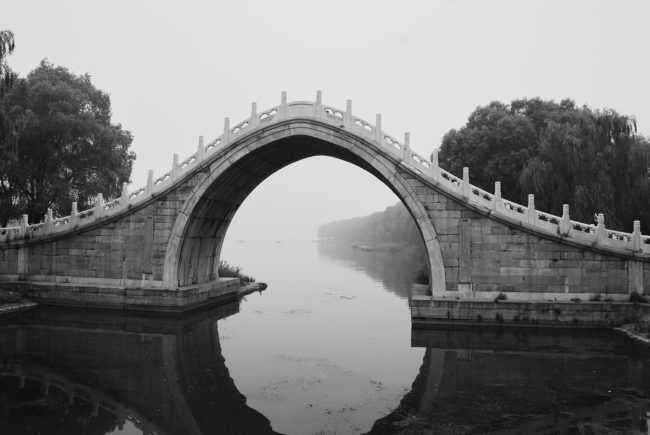
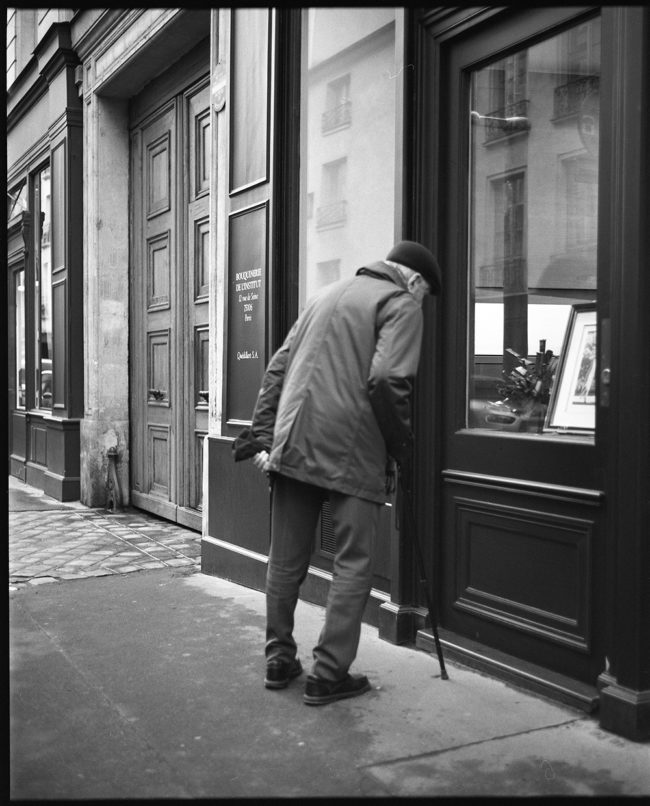
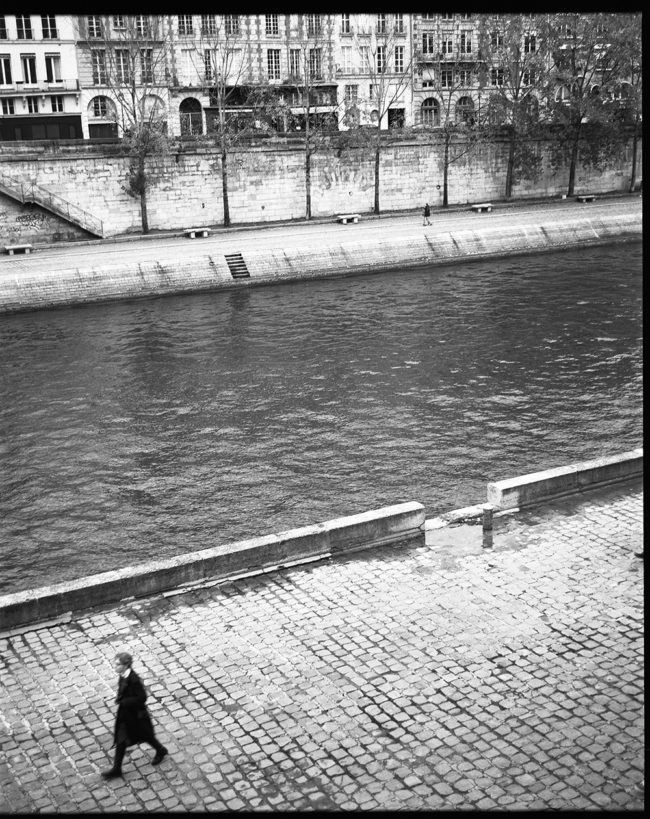
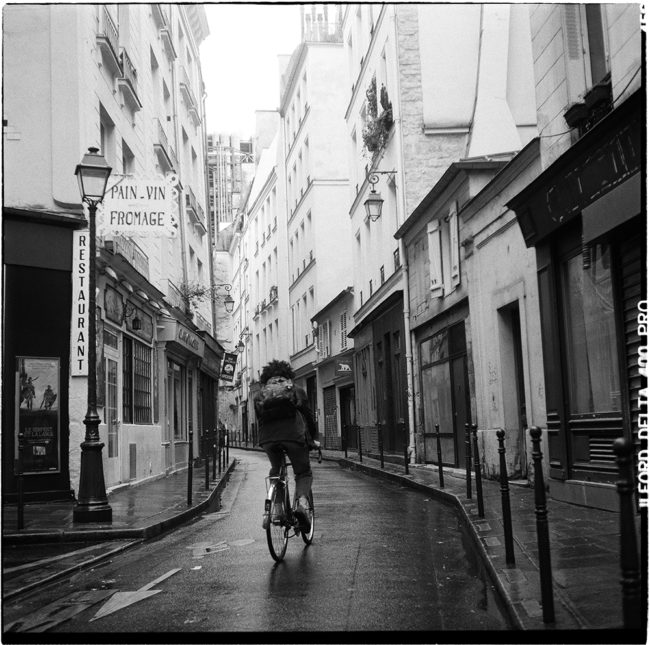
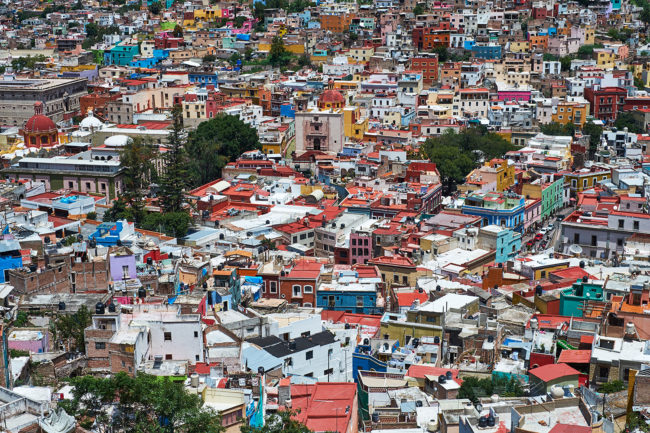 How did your photo career begin?
How did your photo career begin?